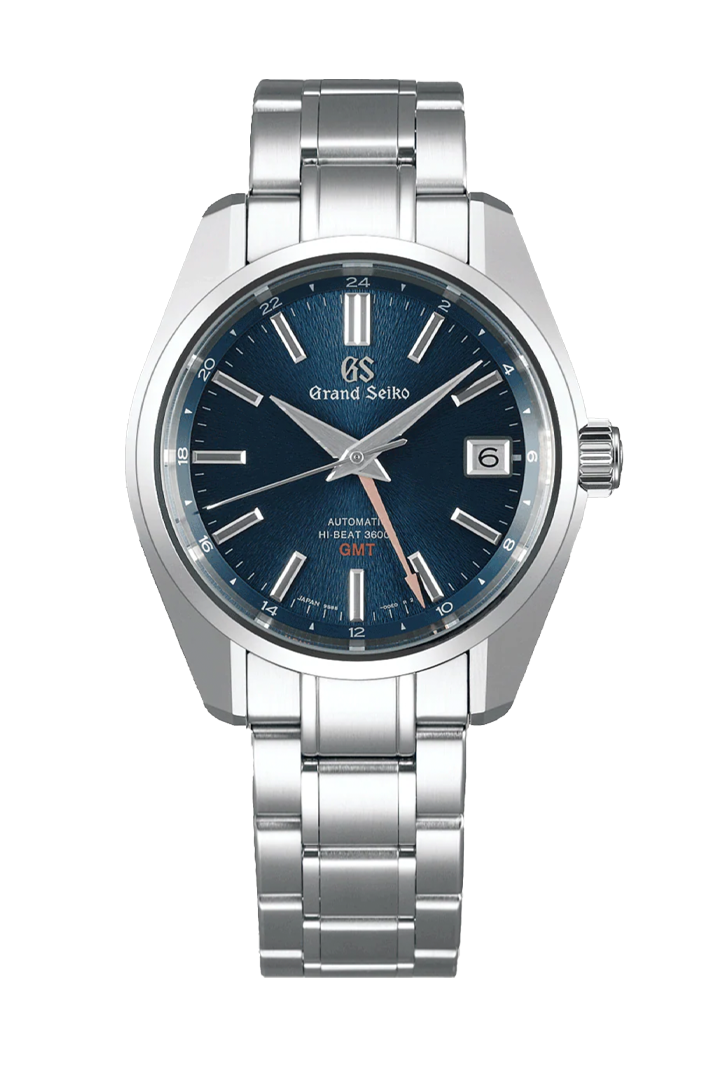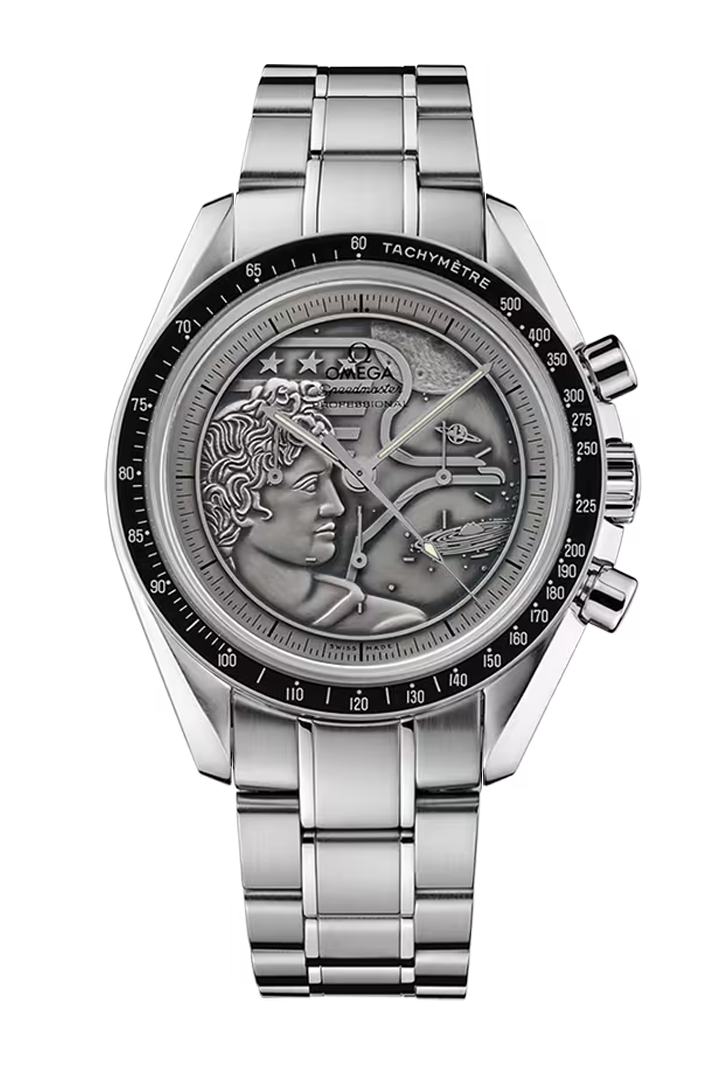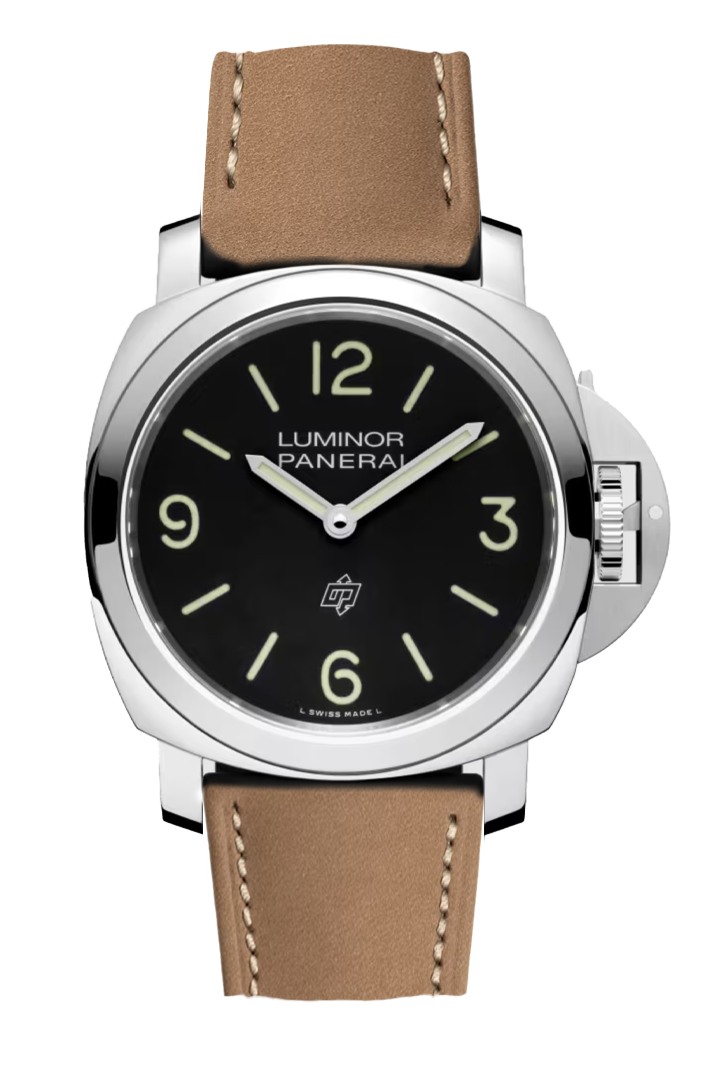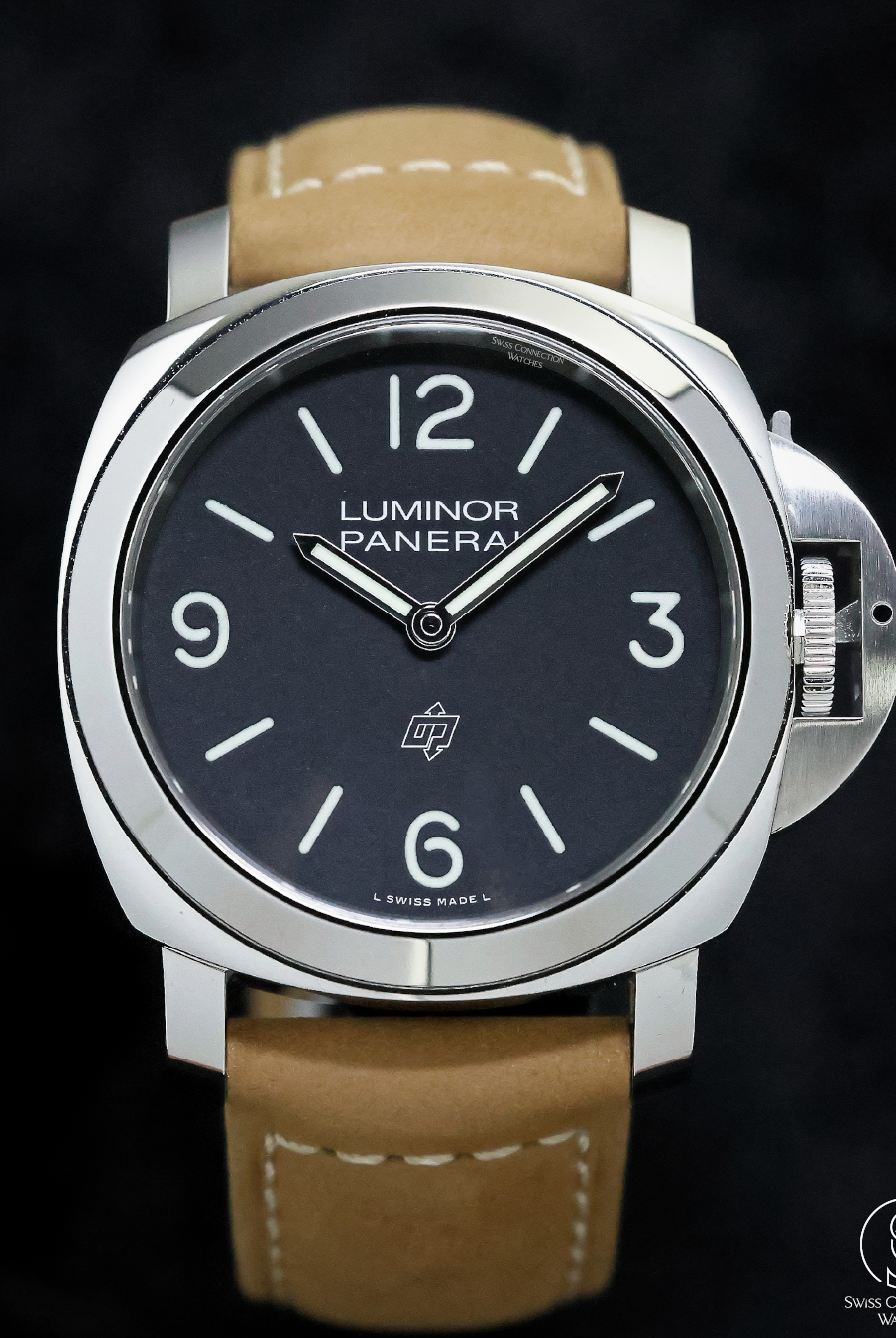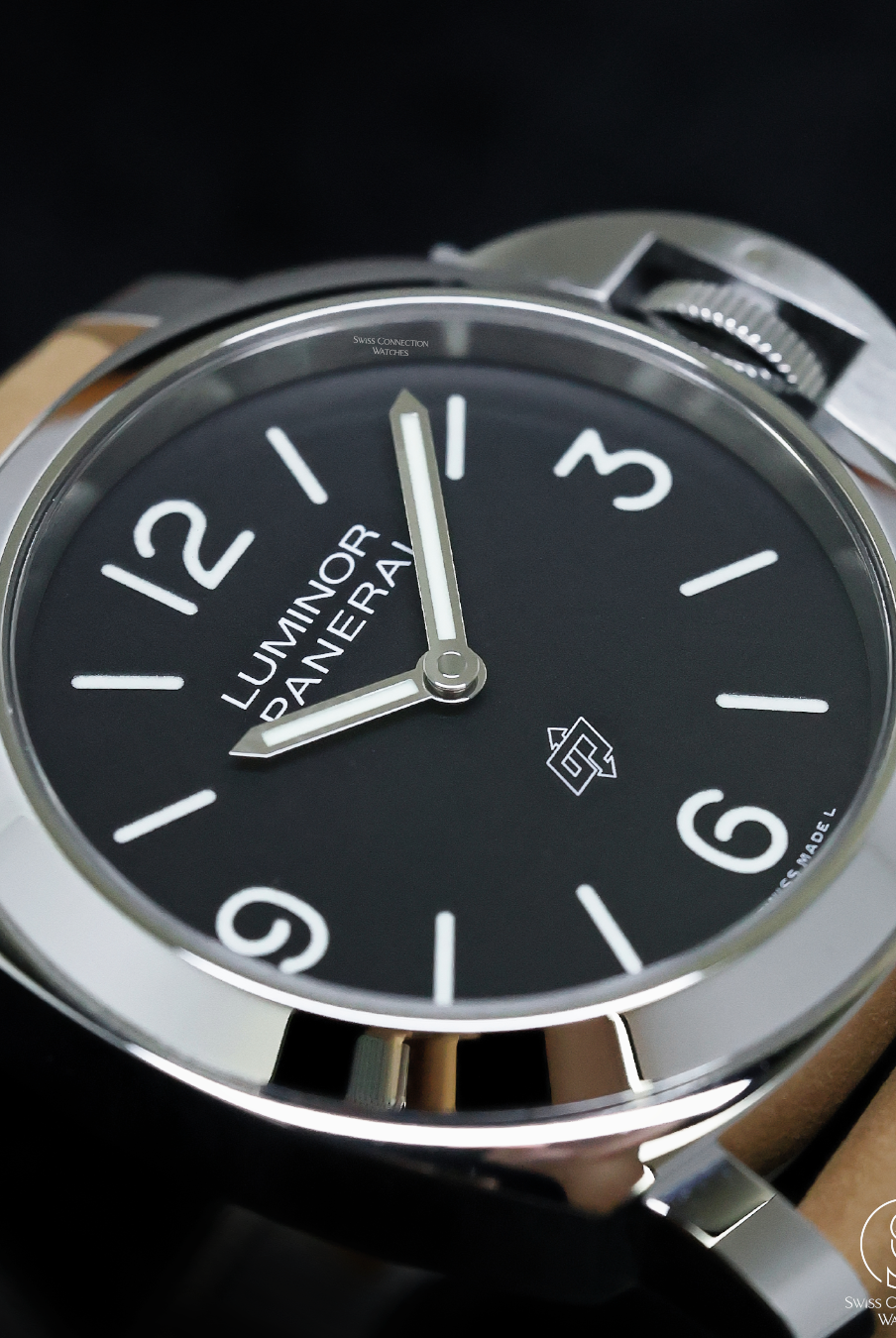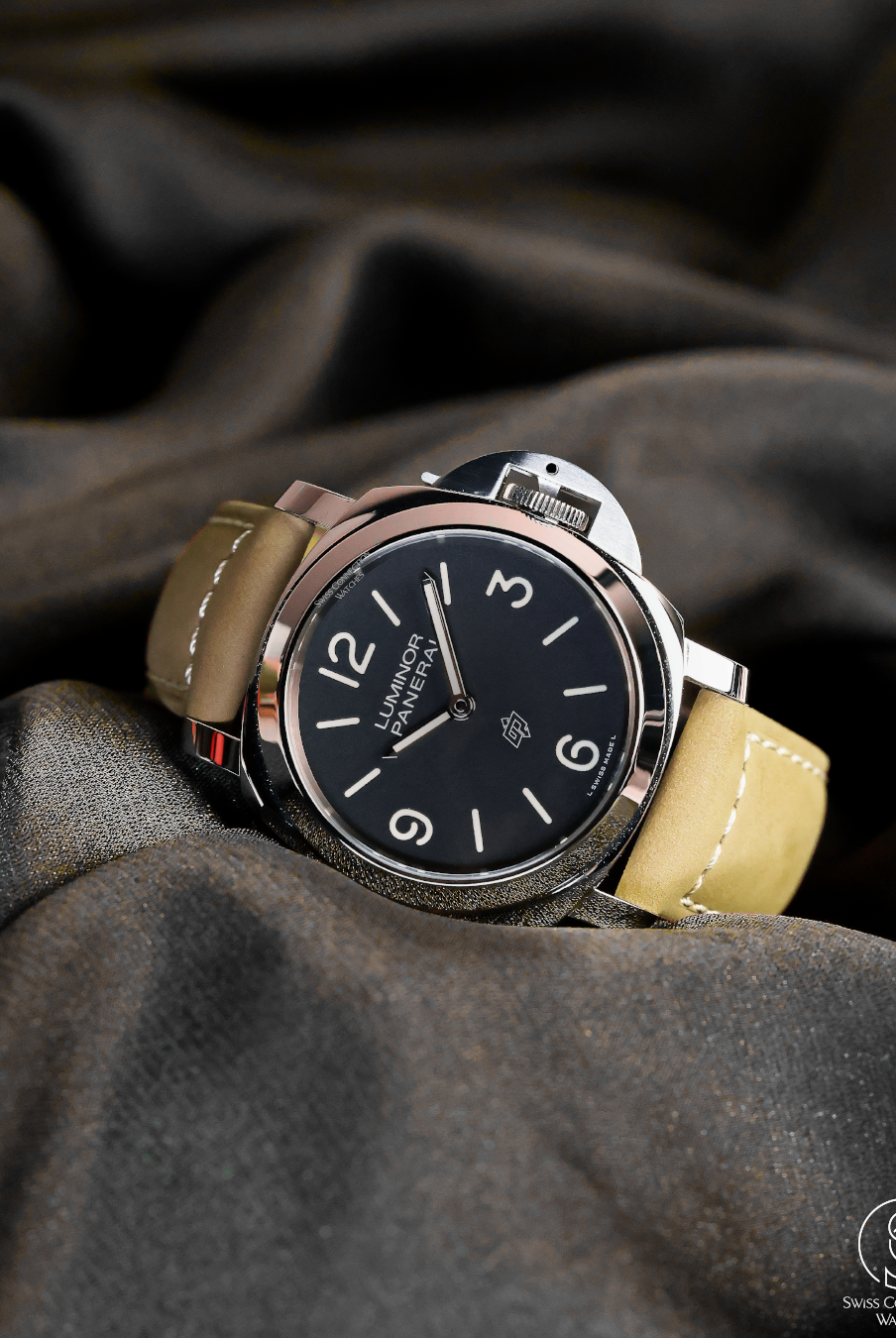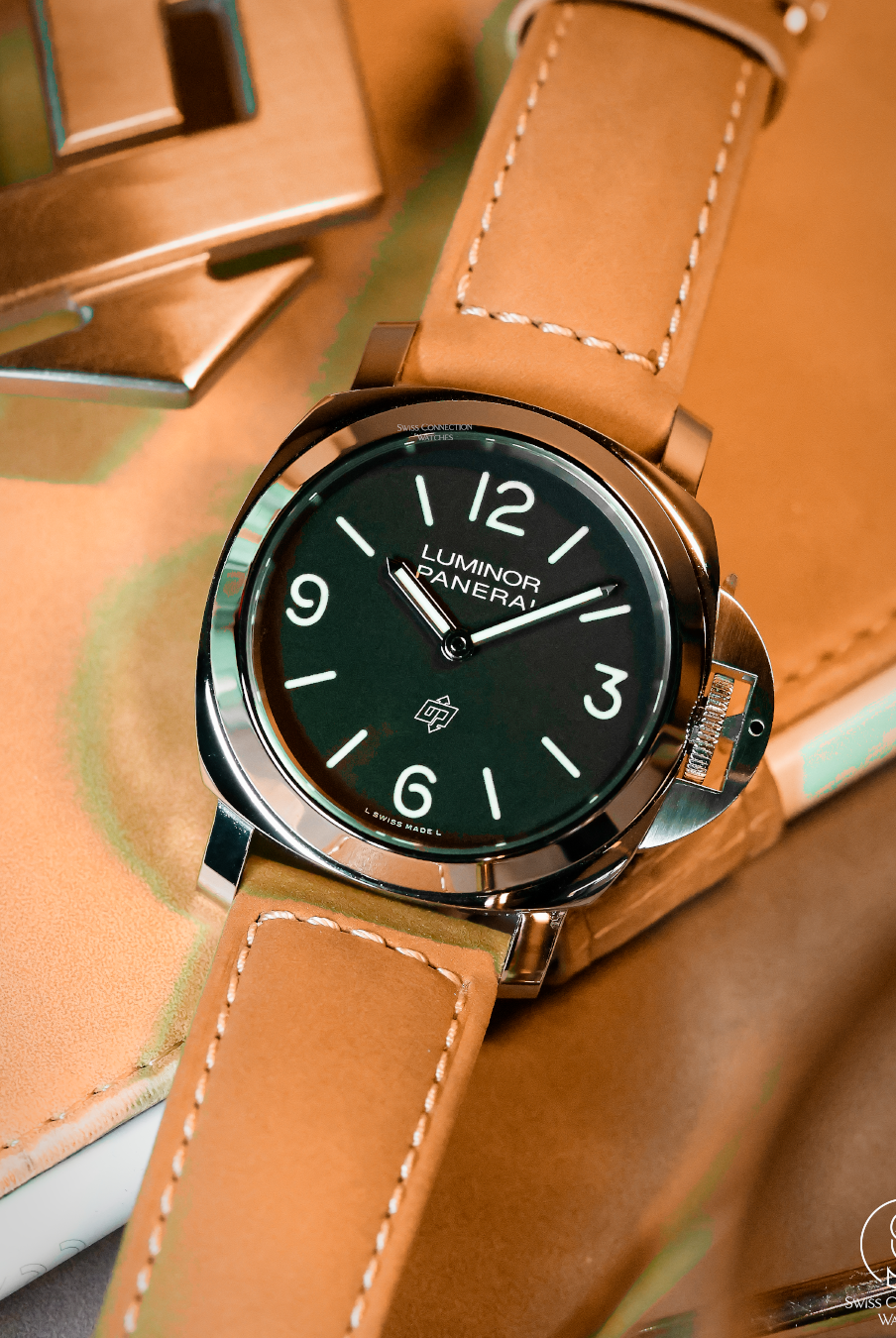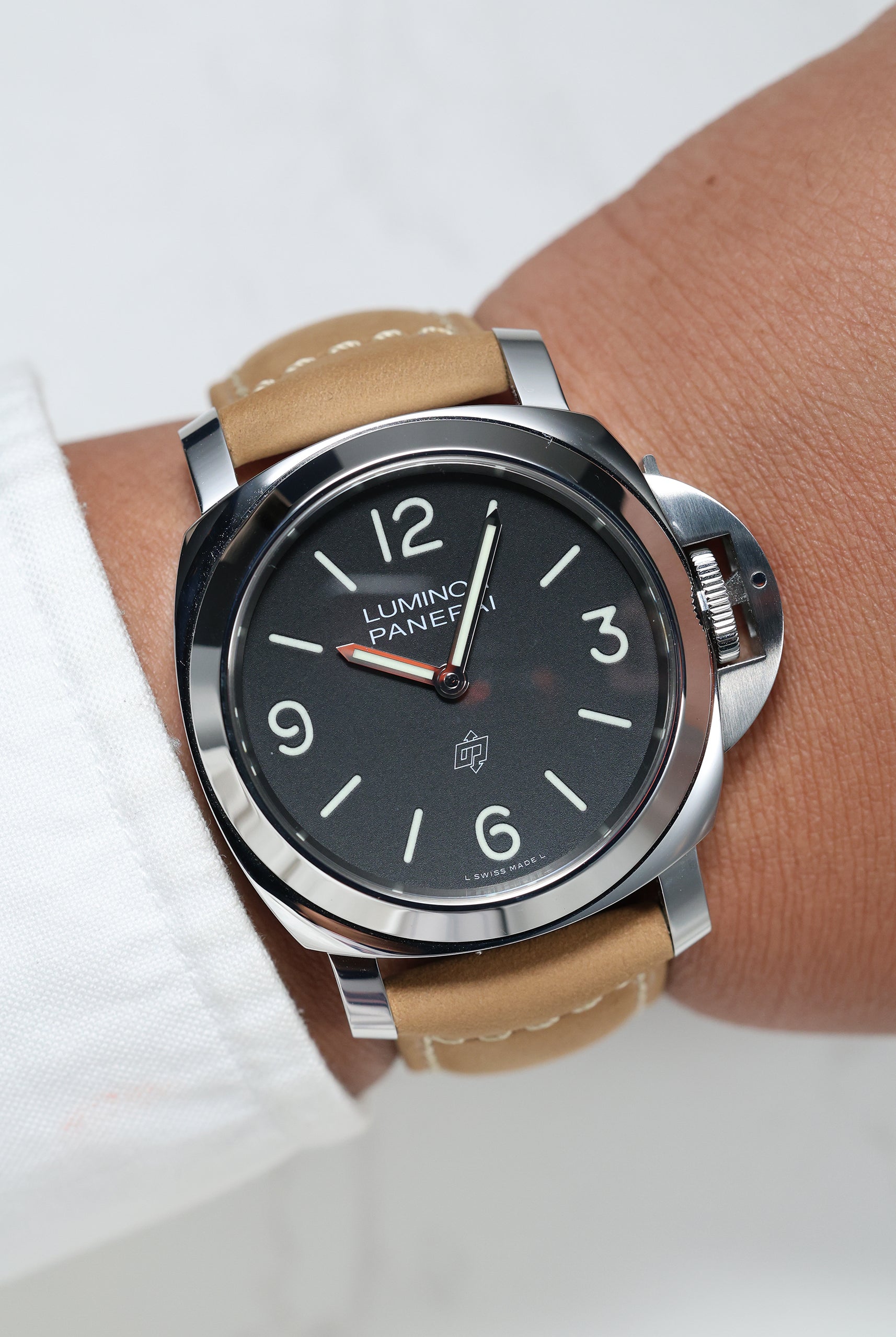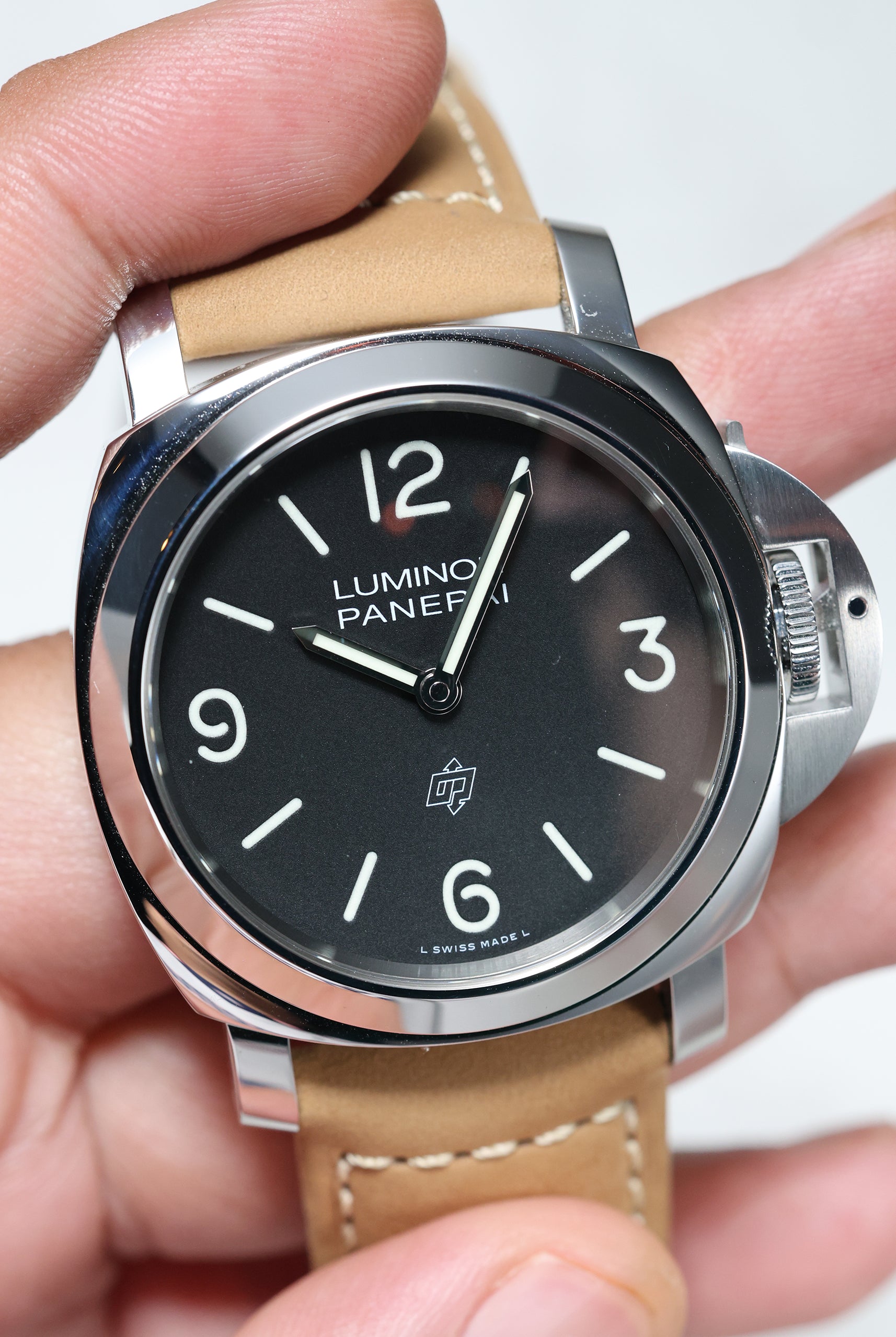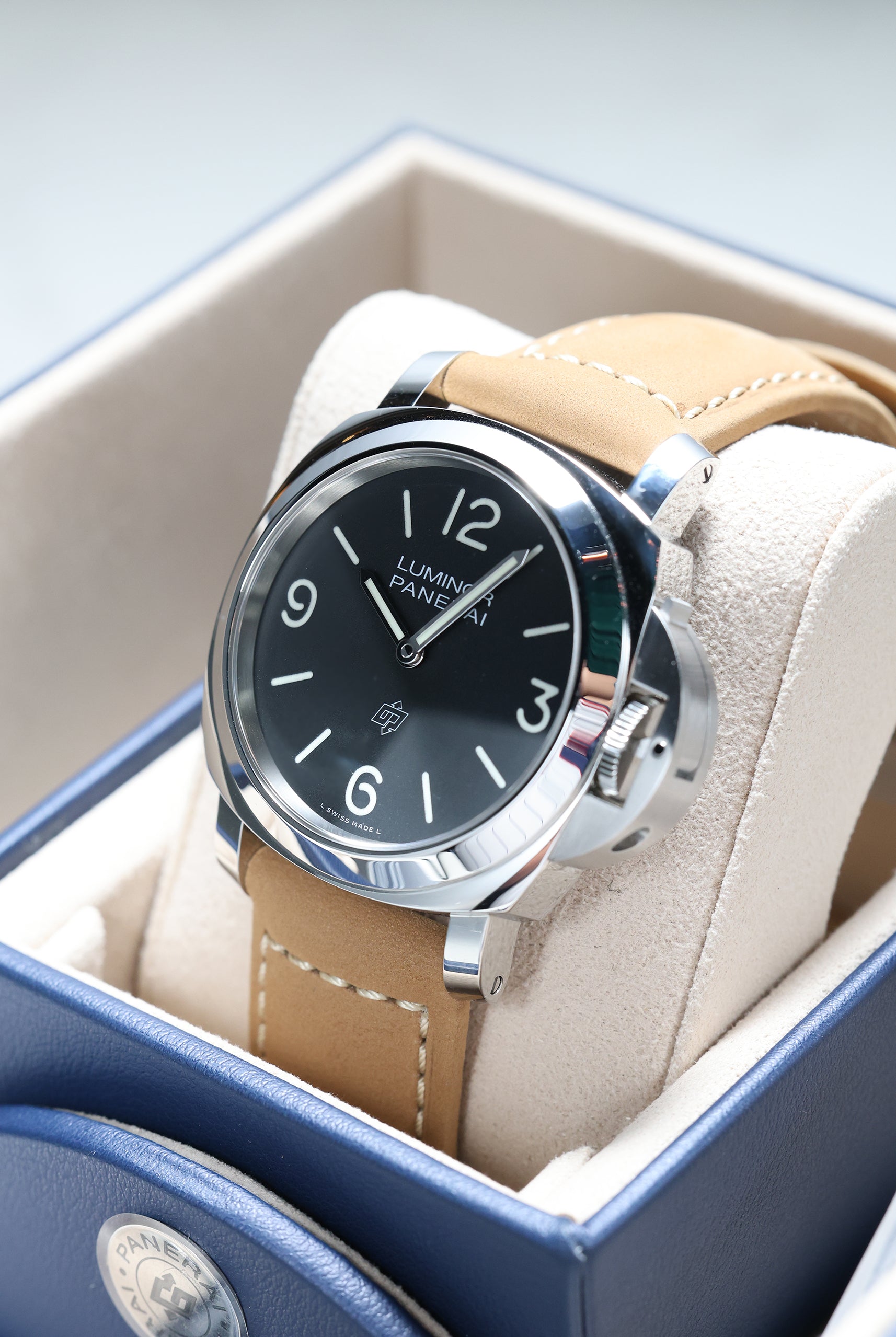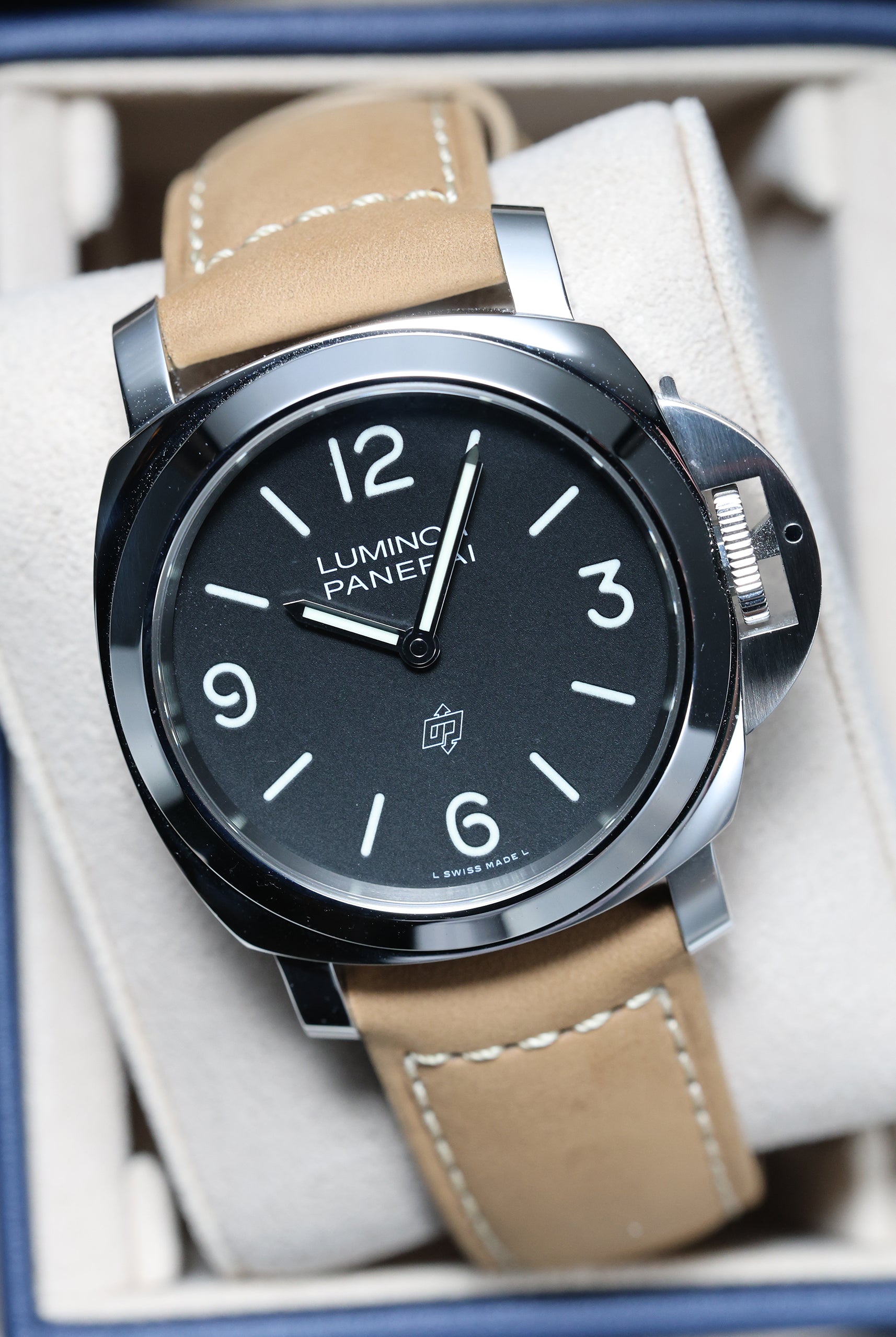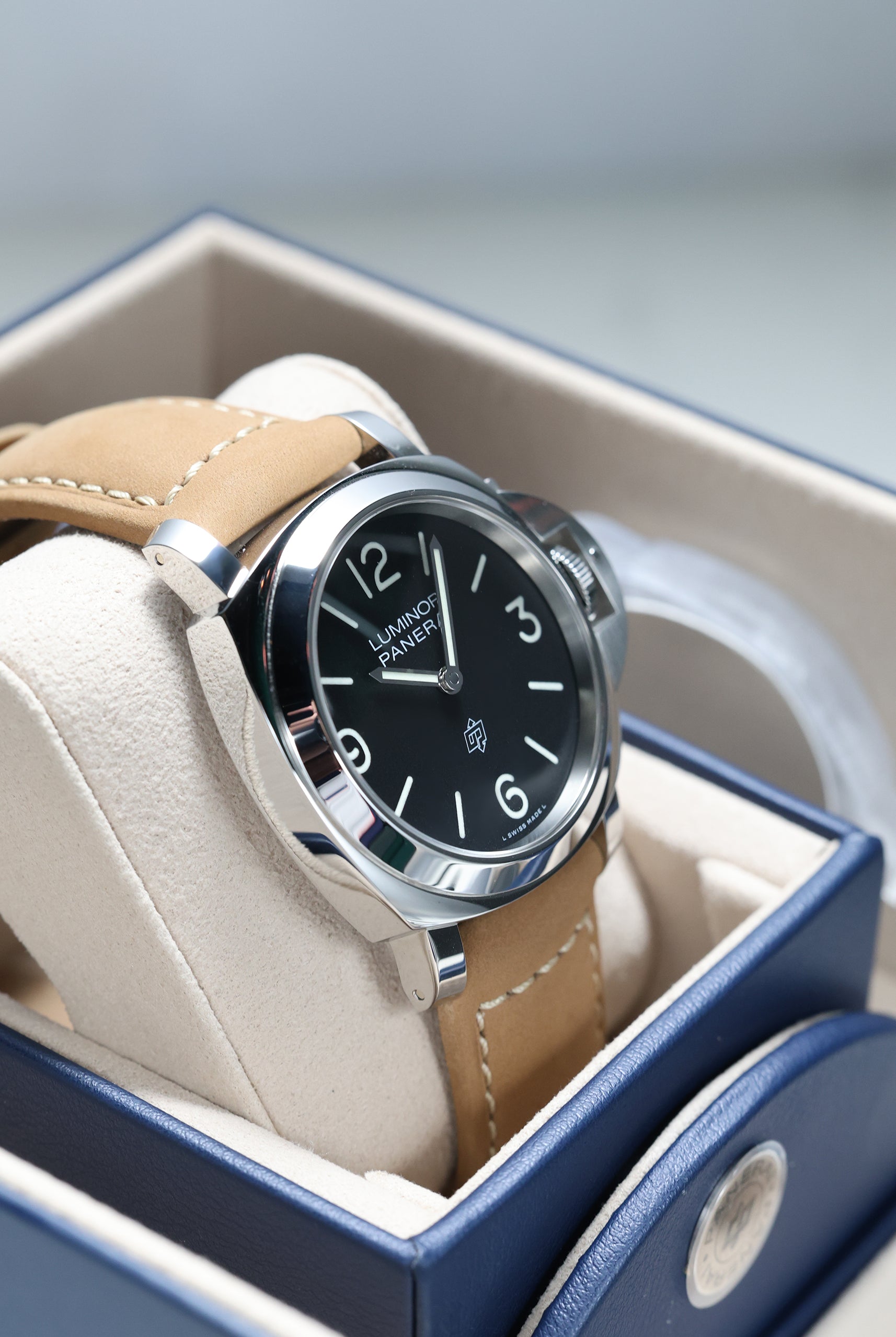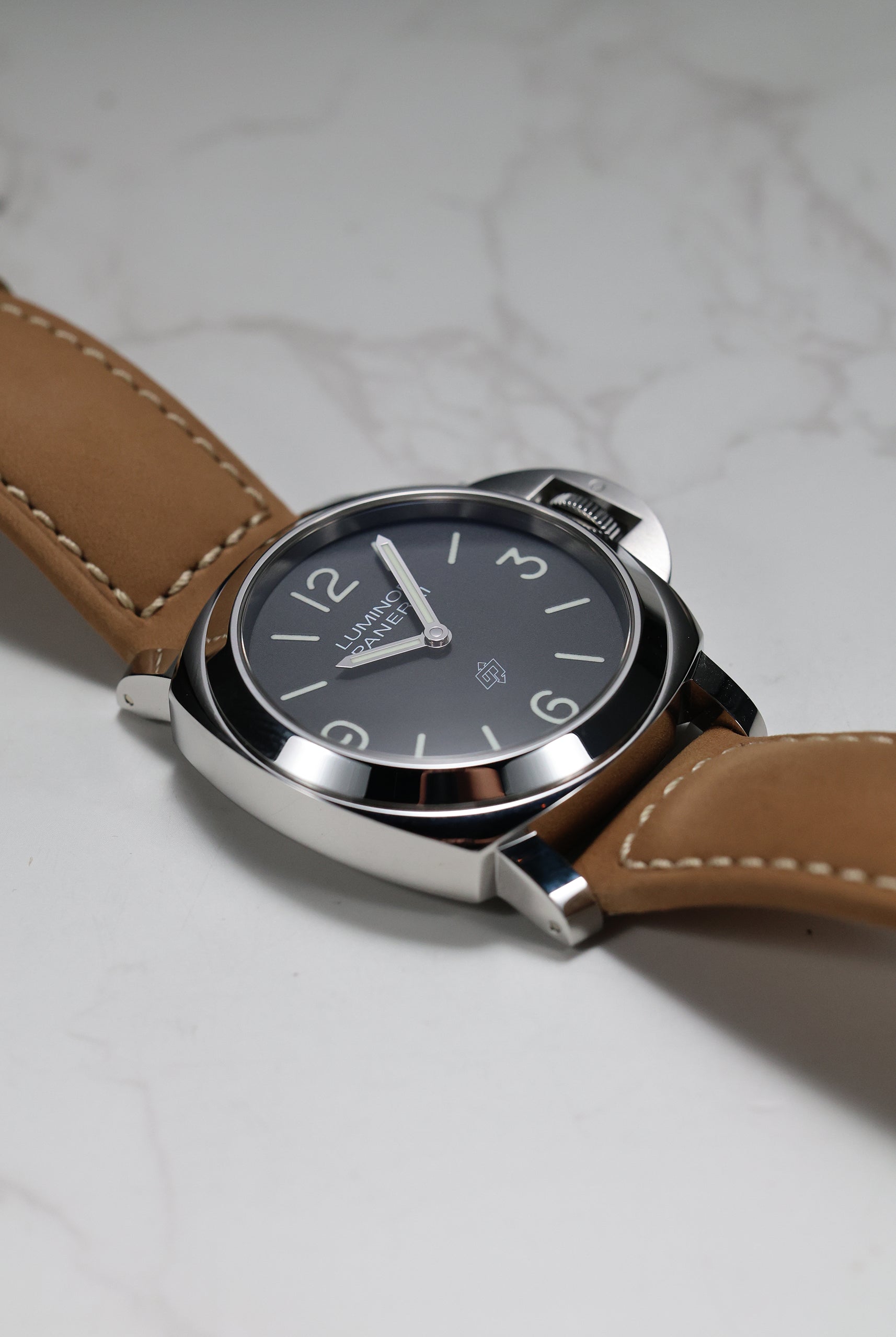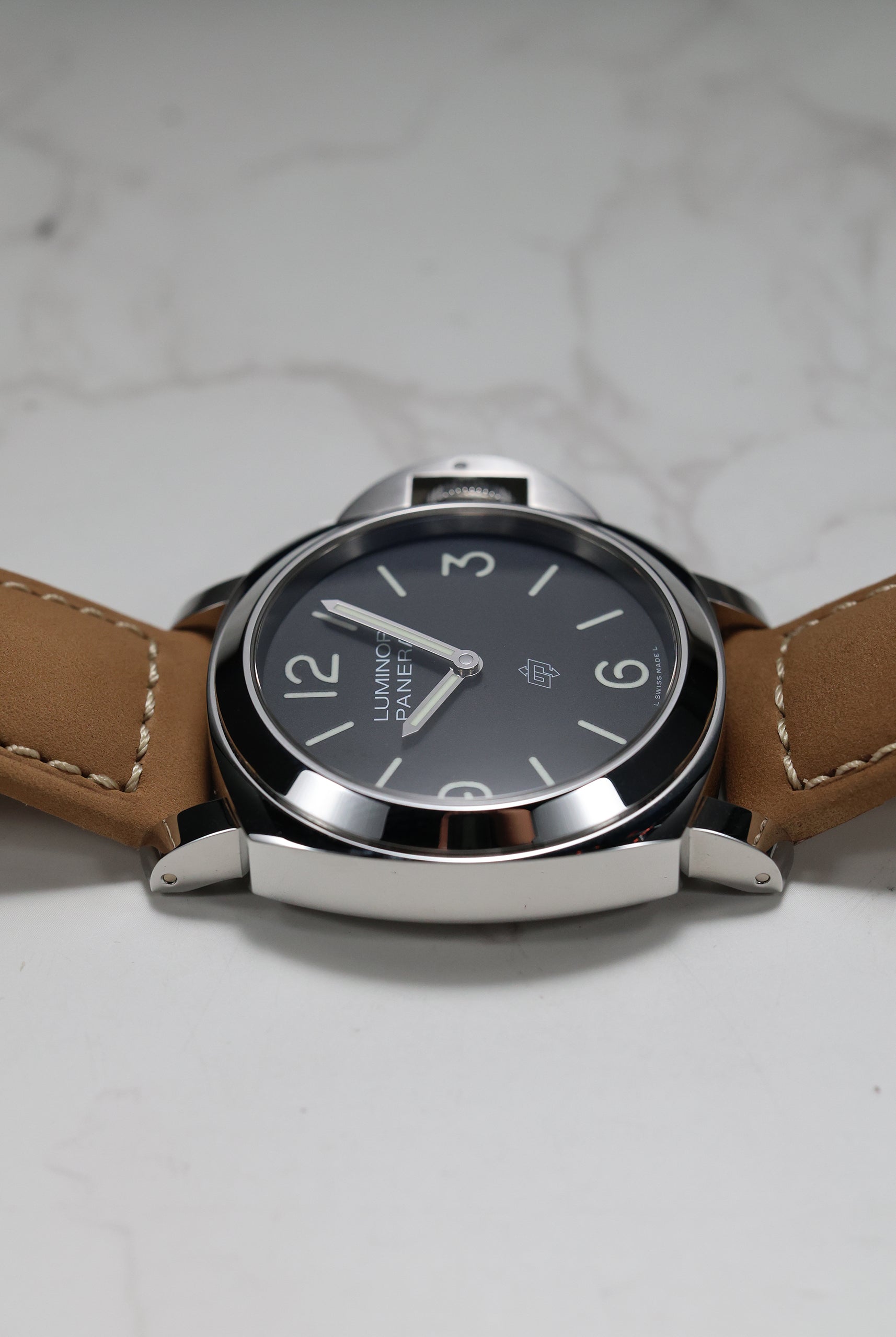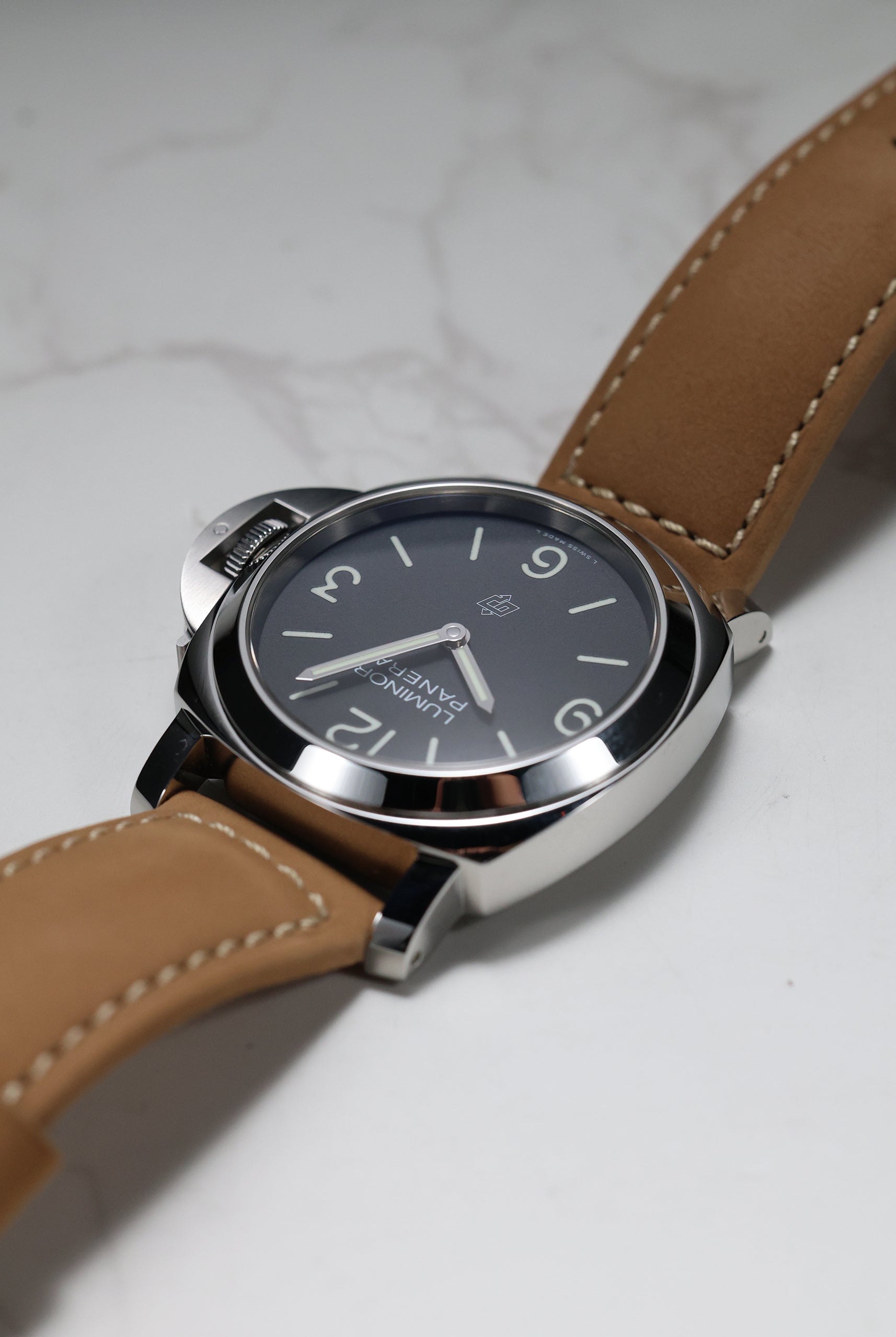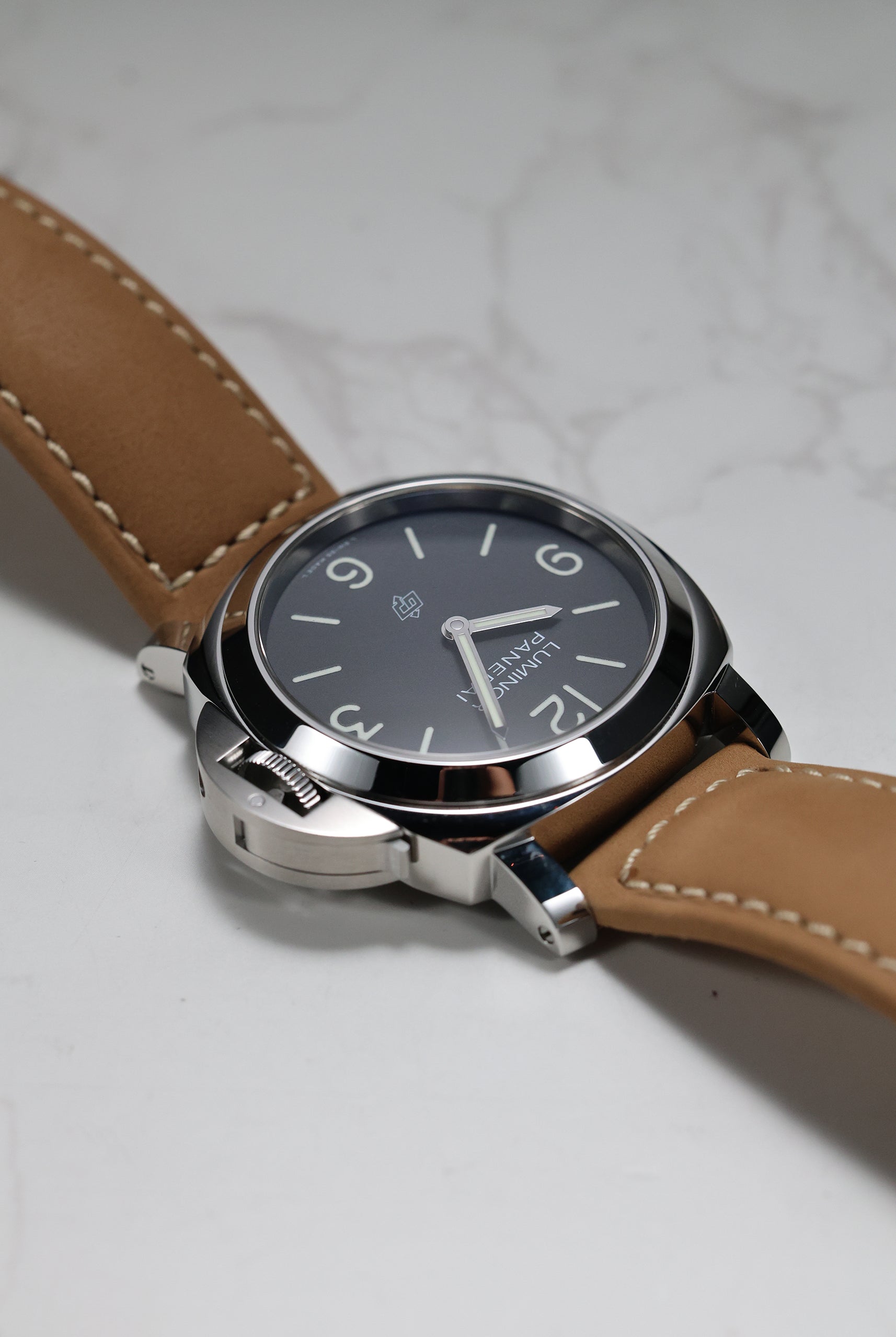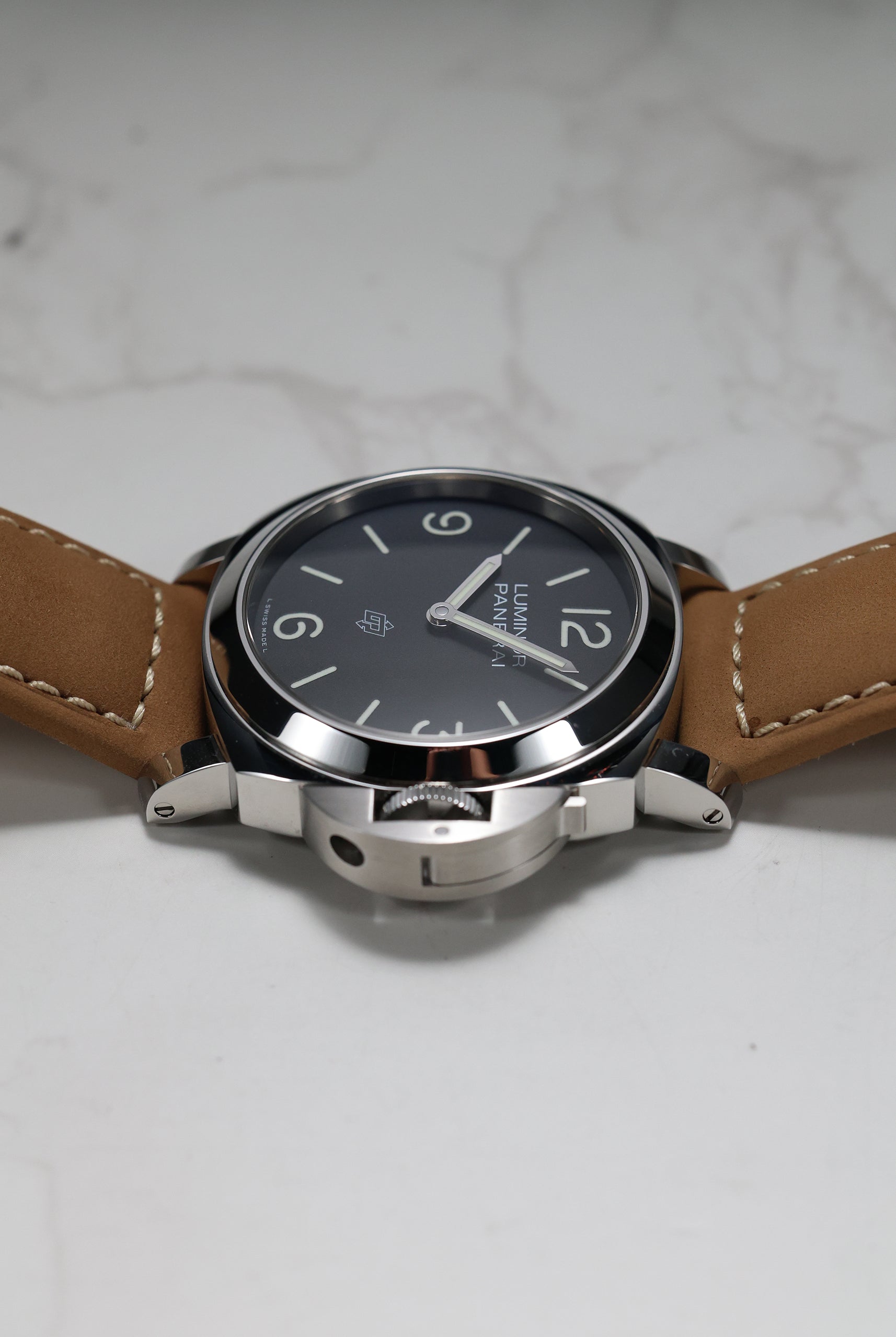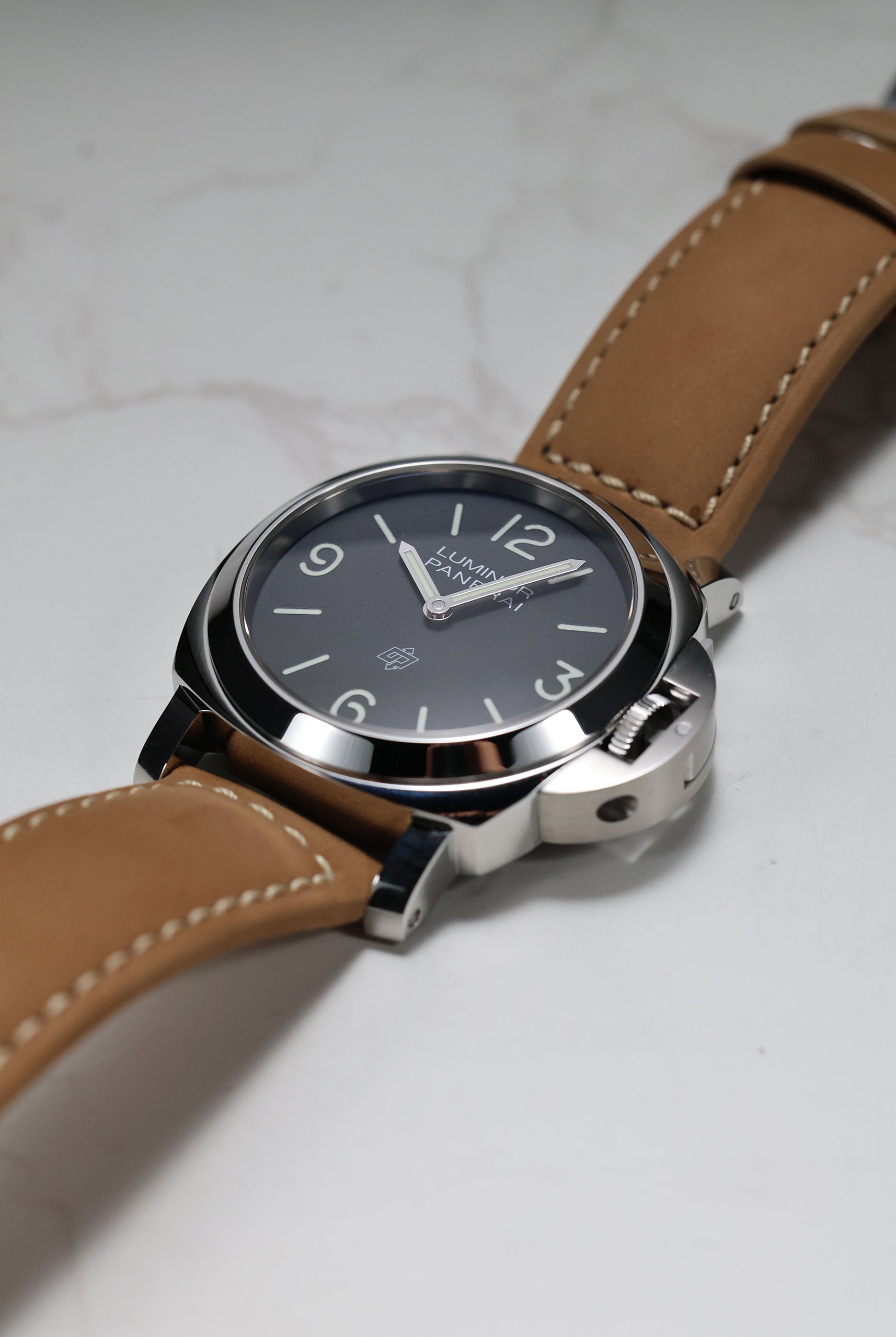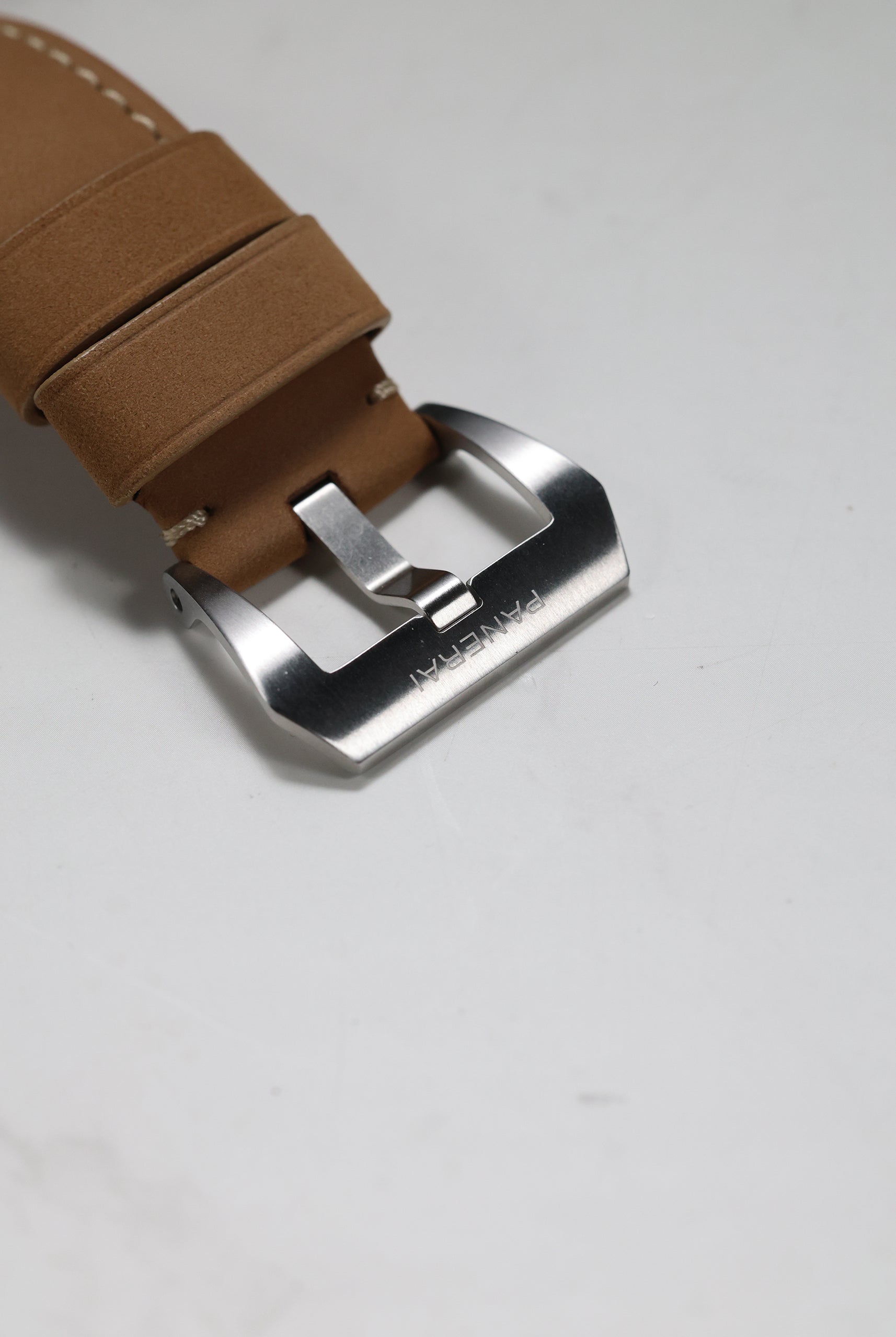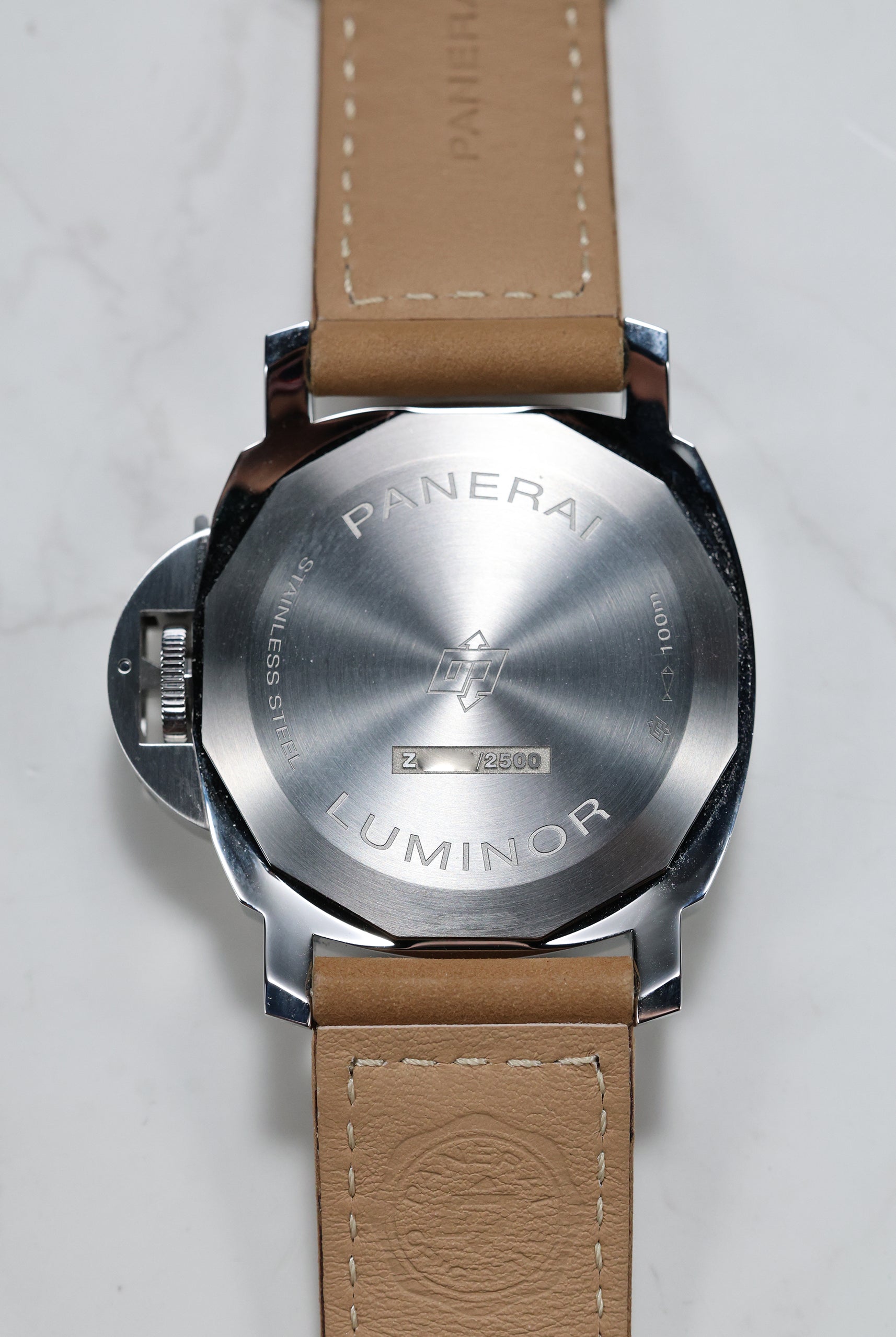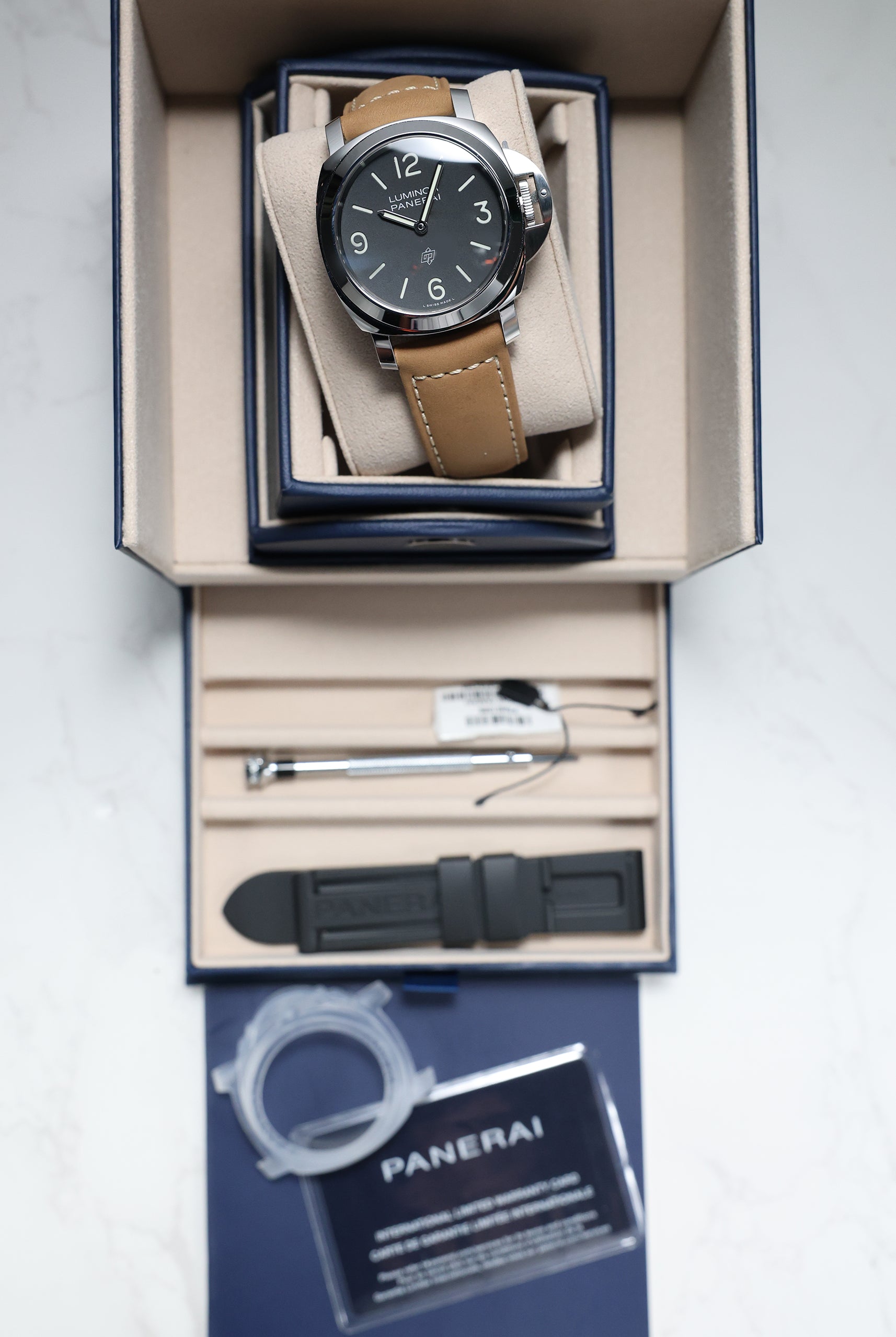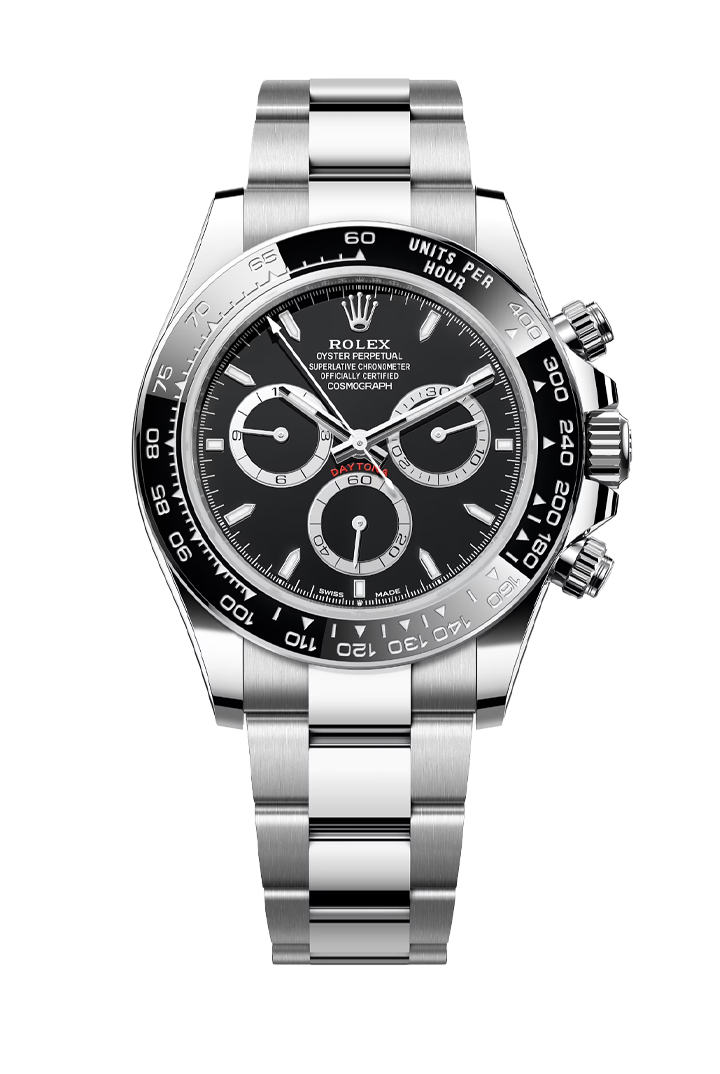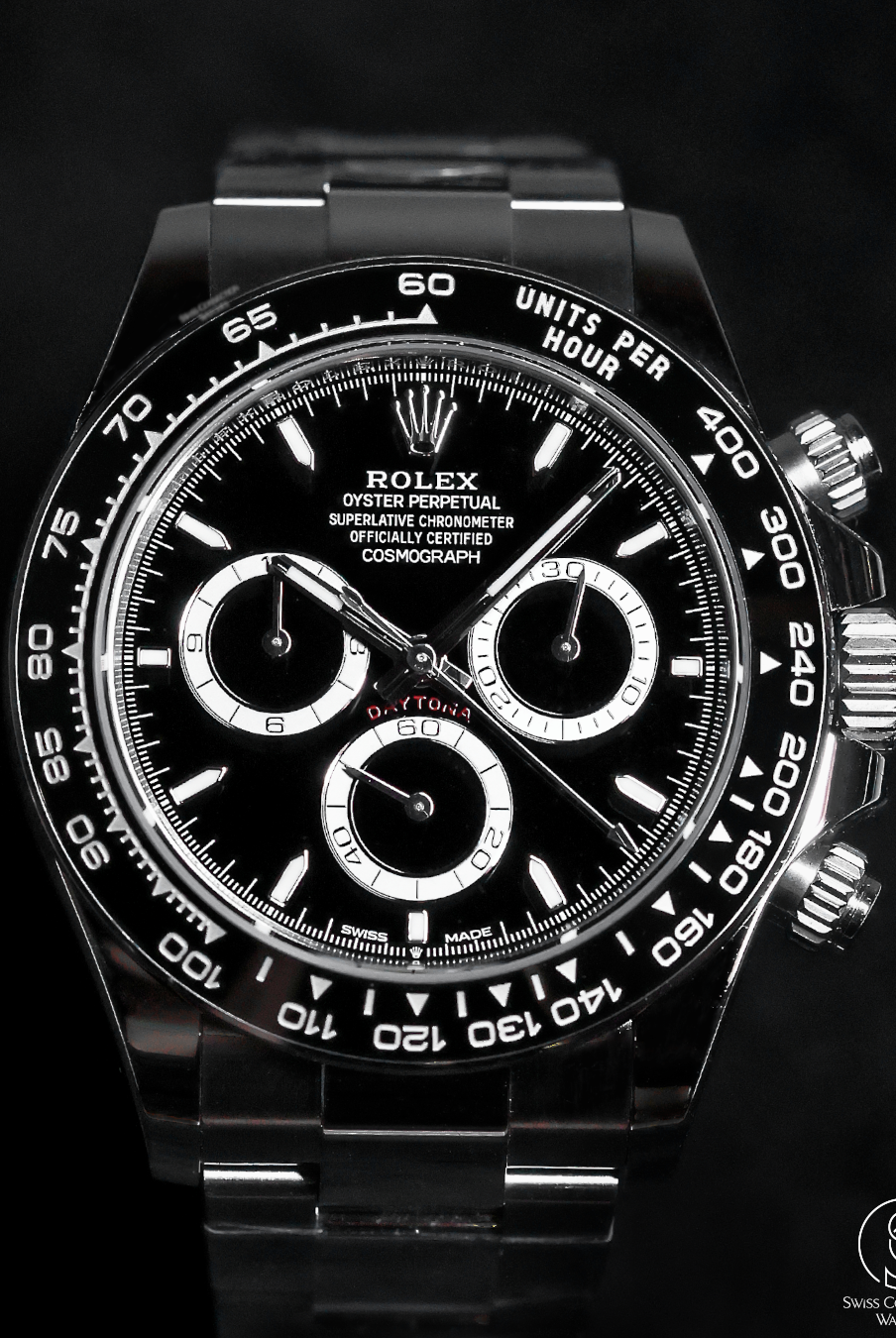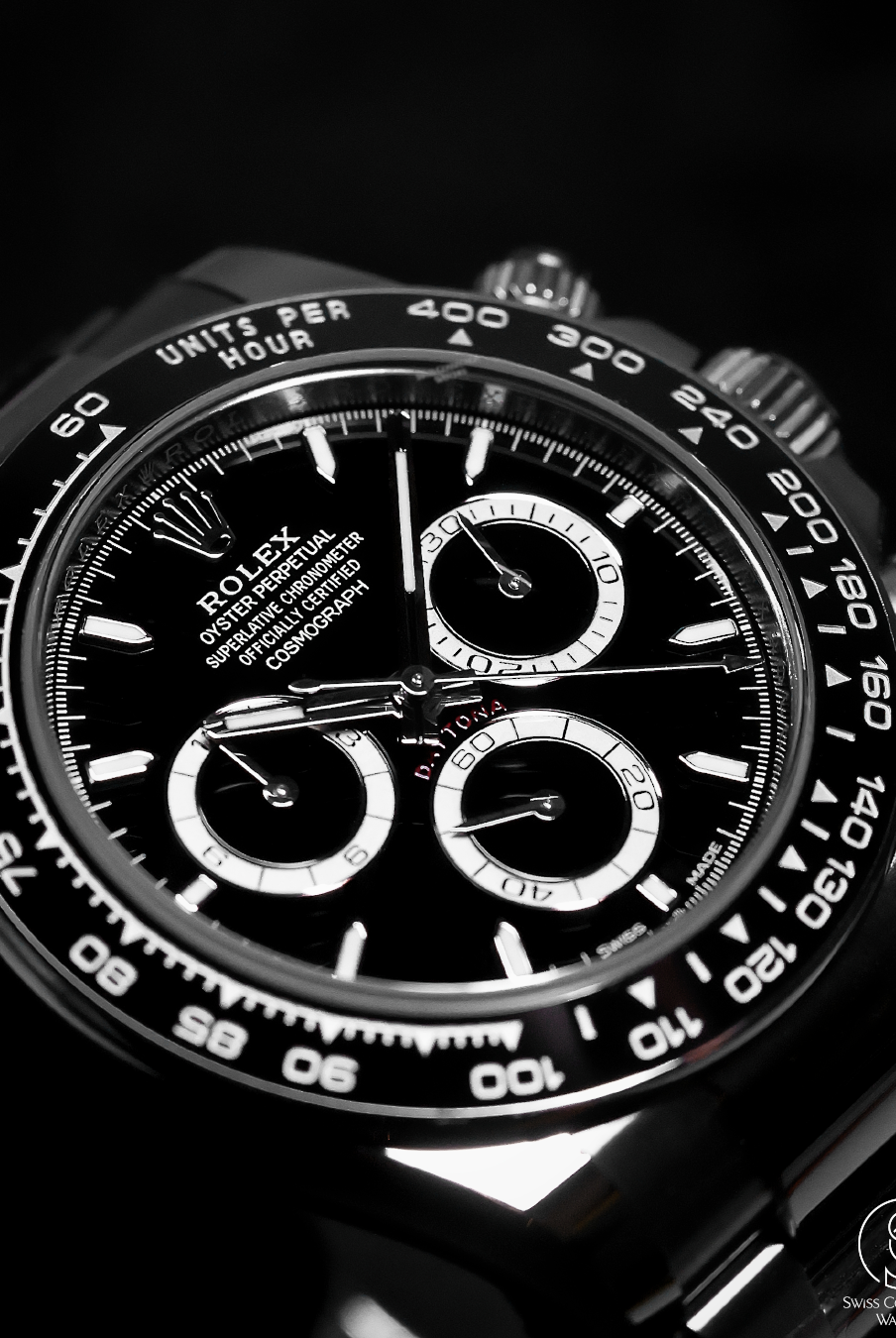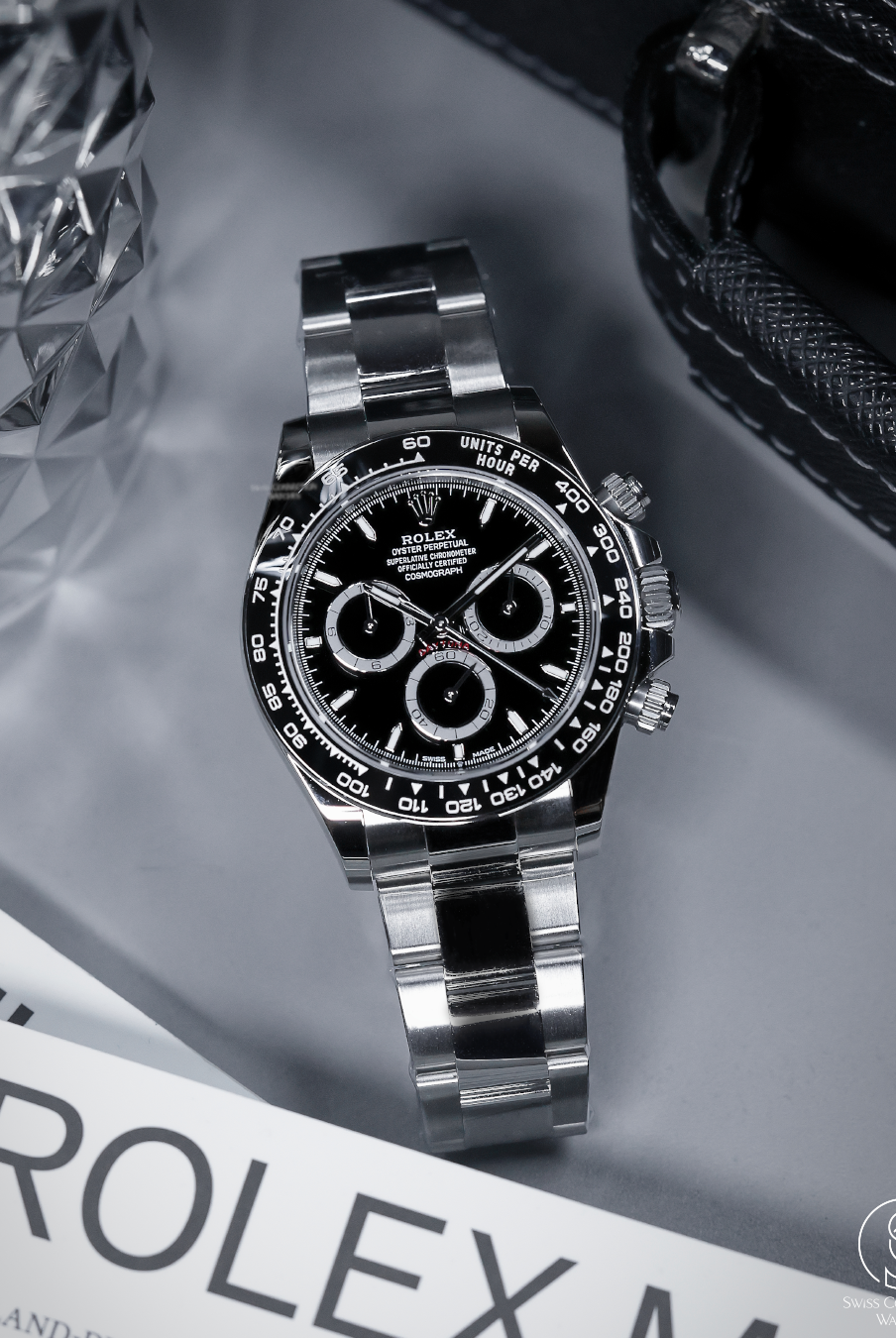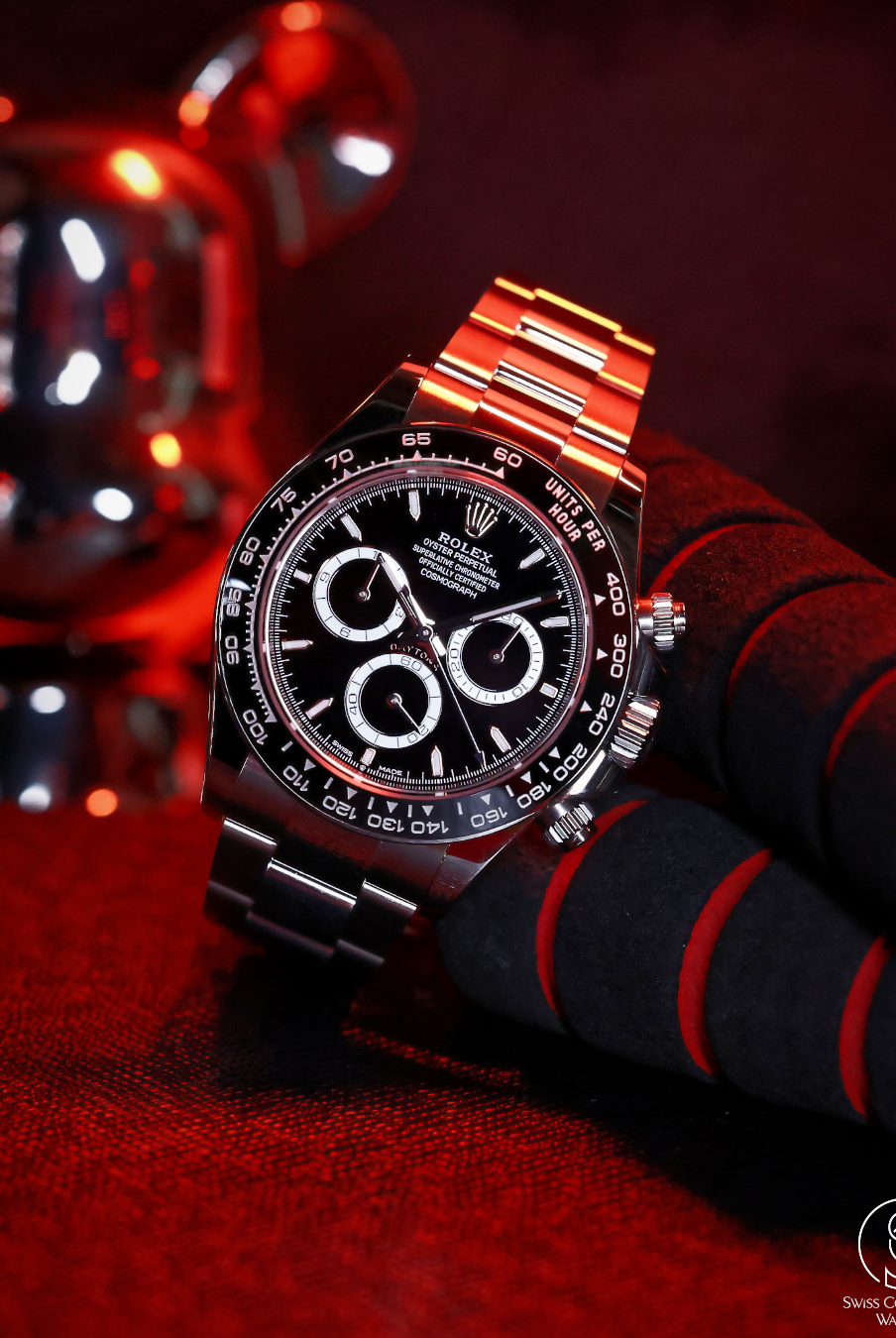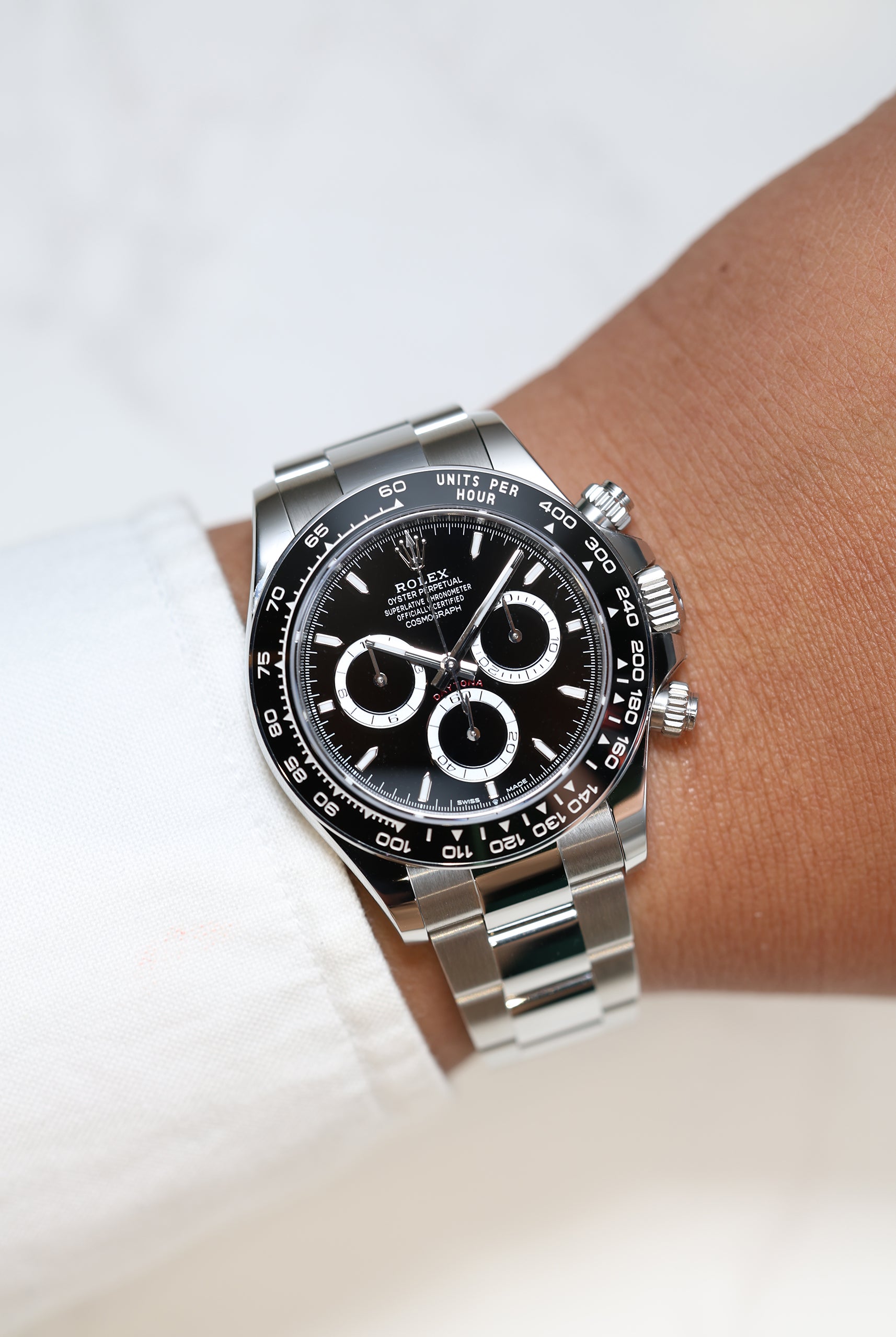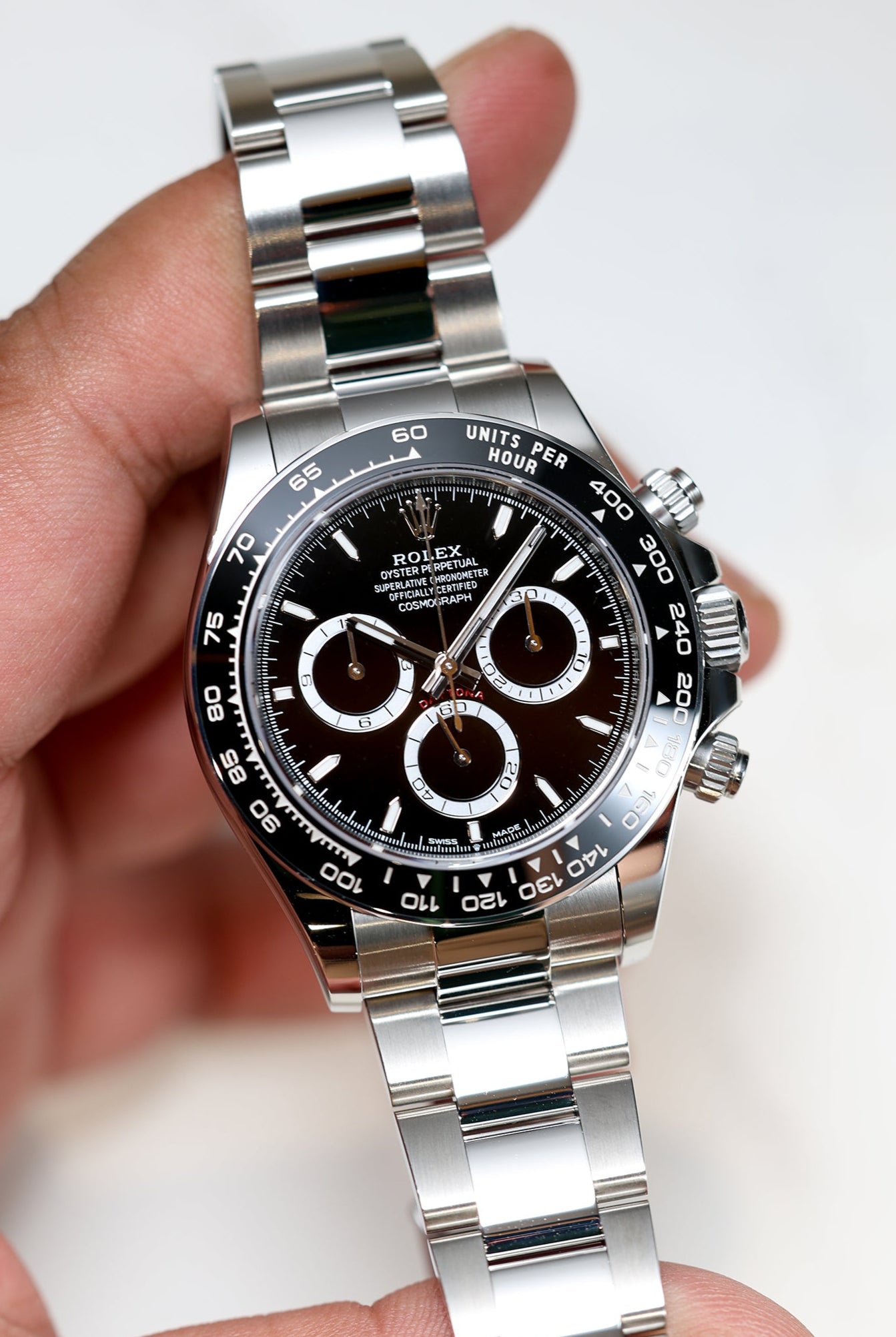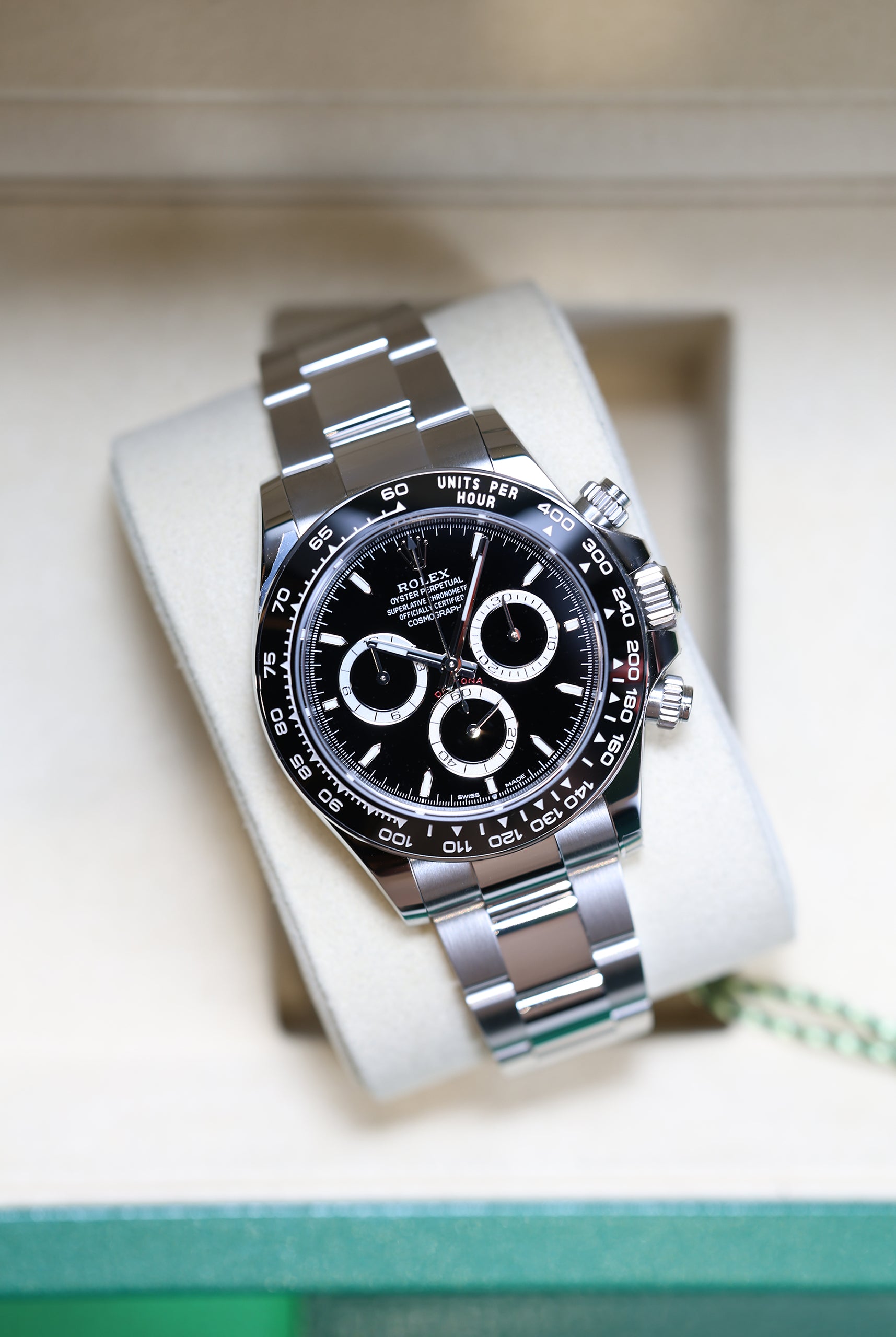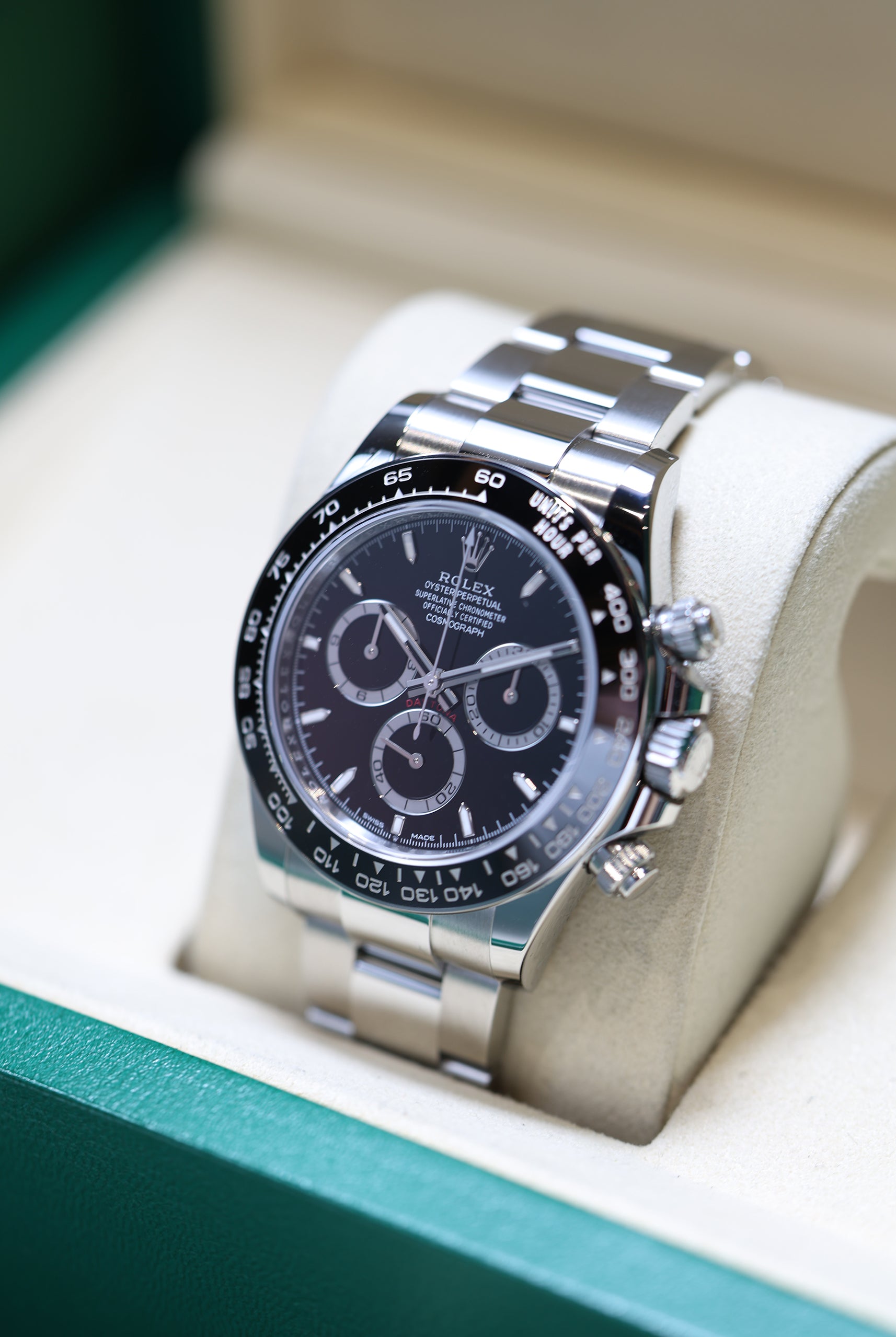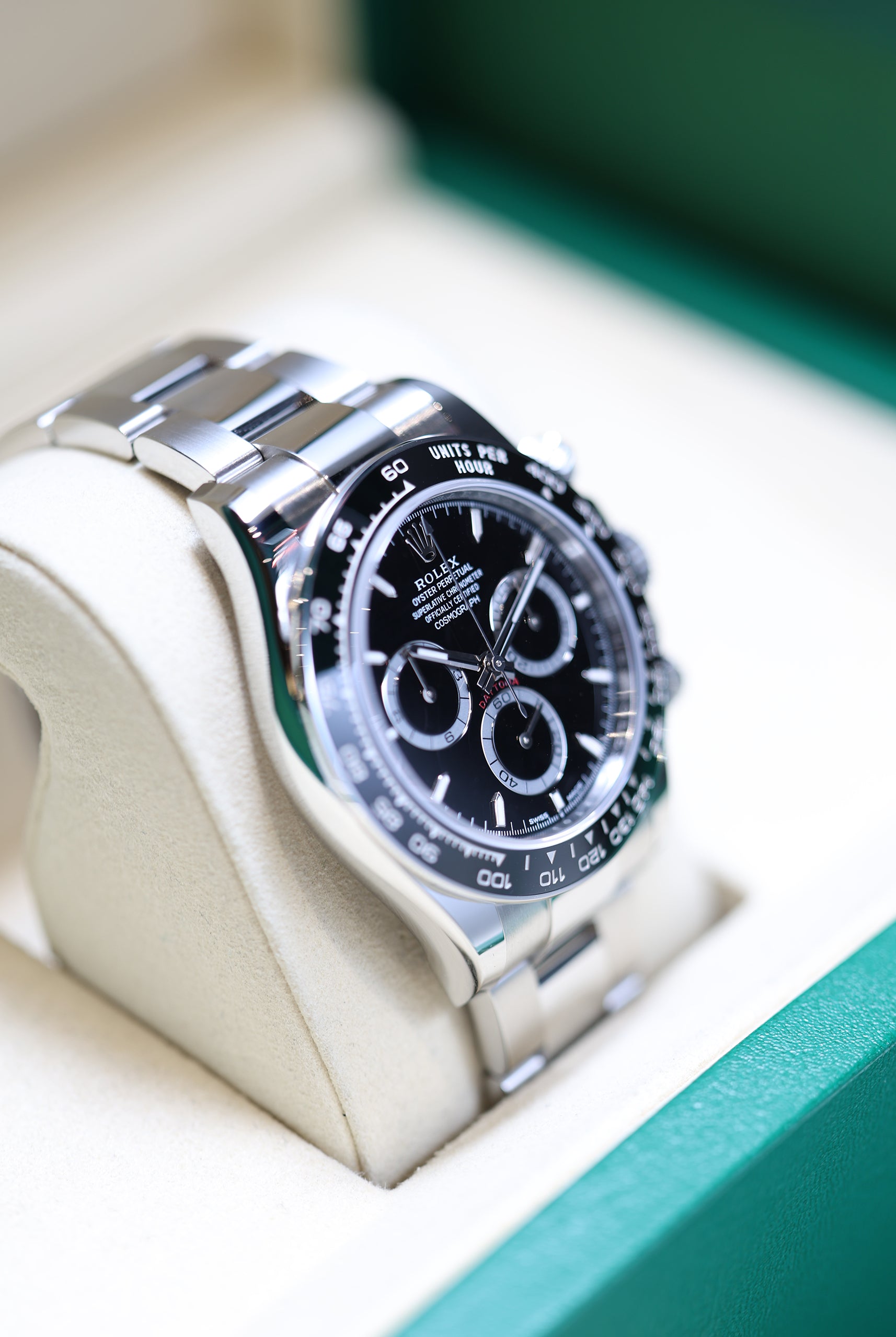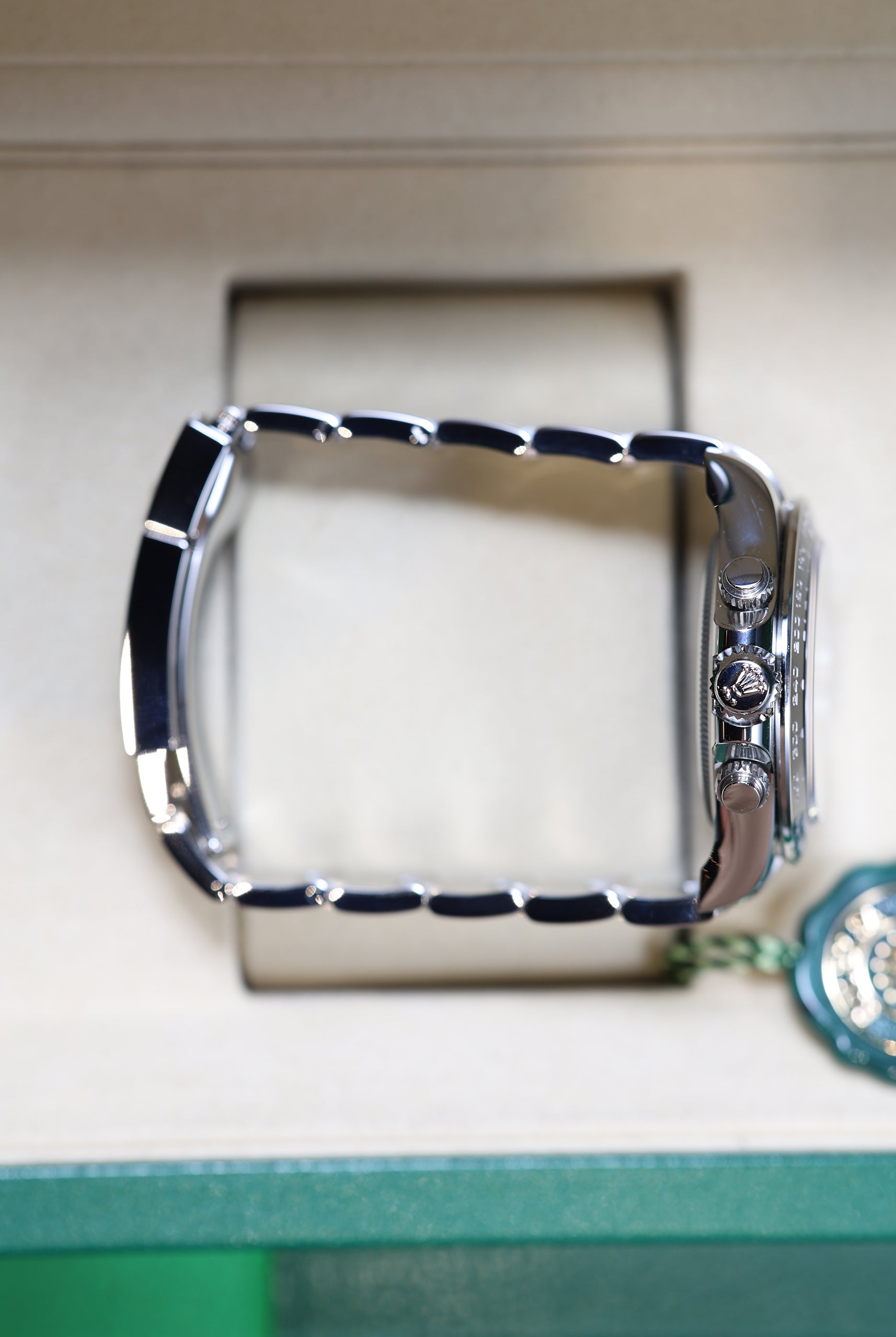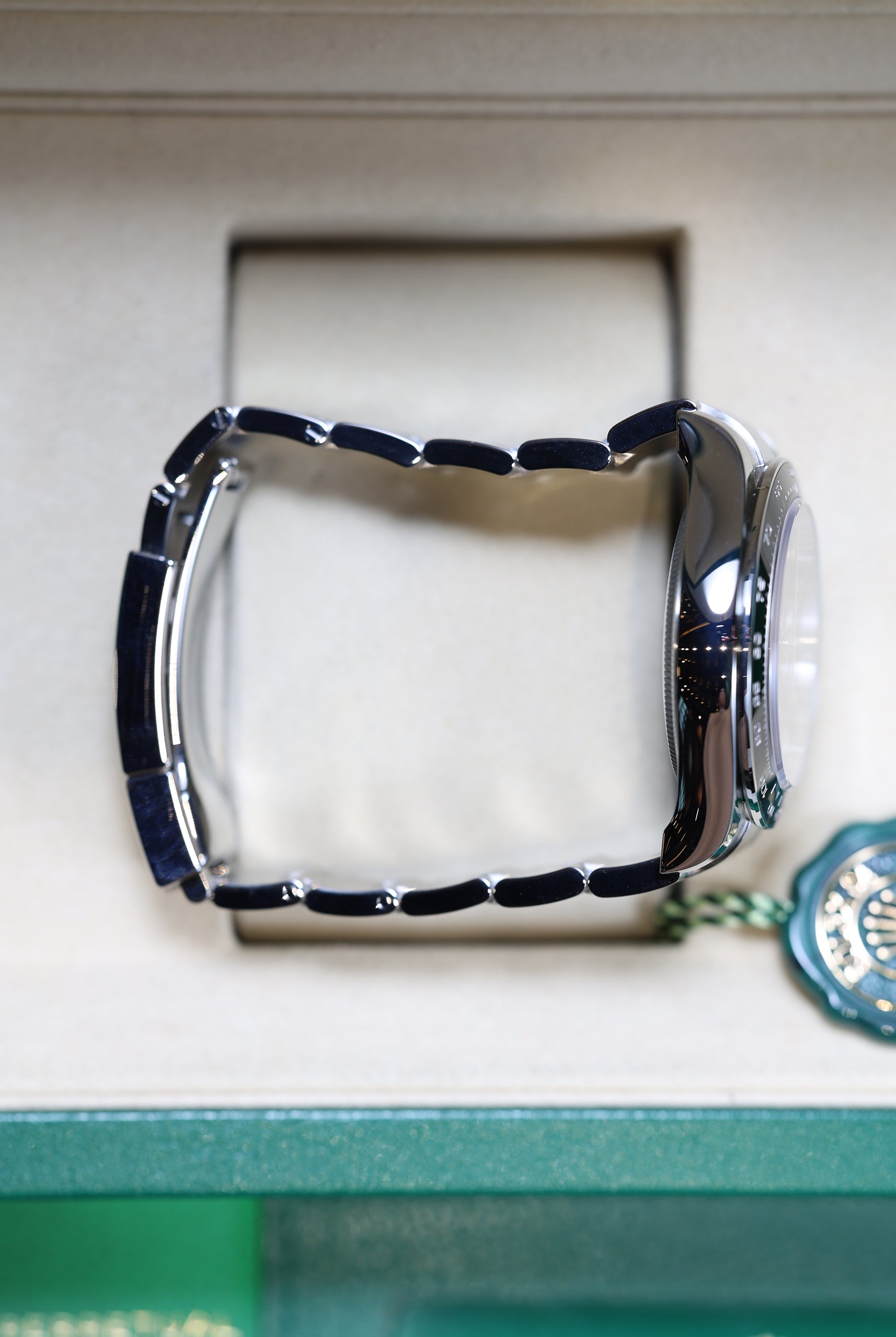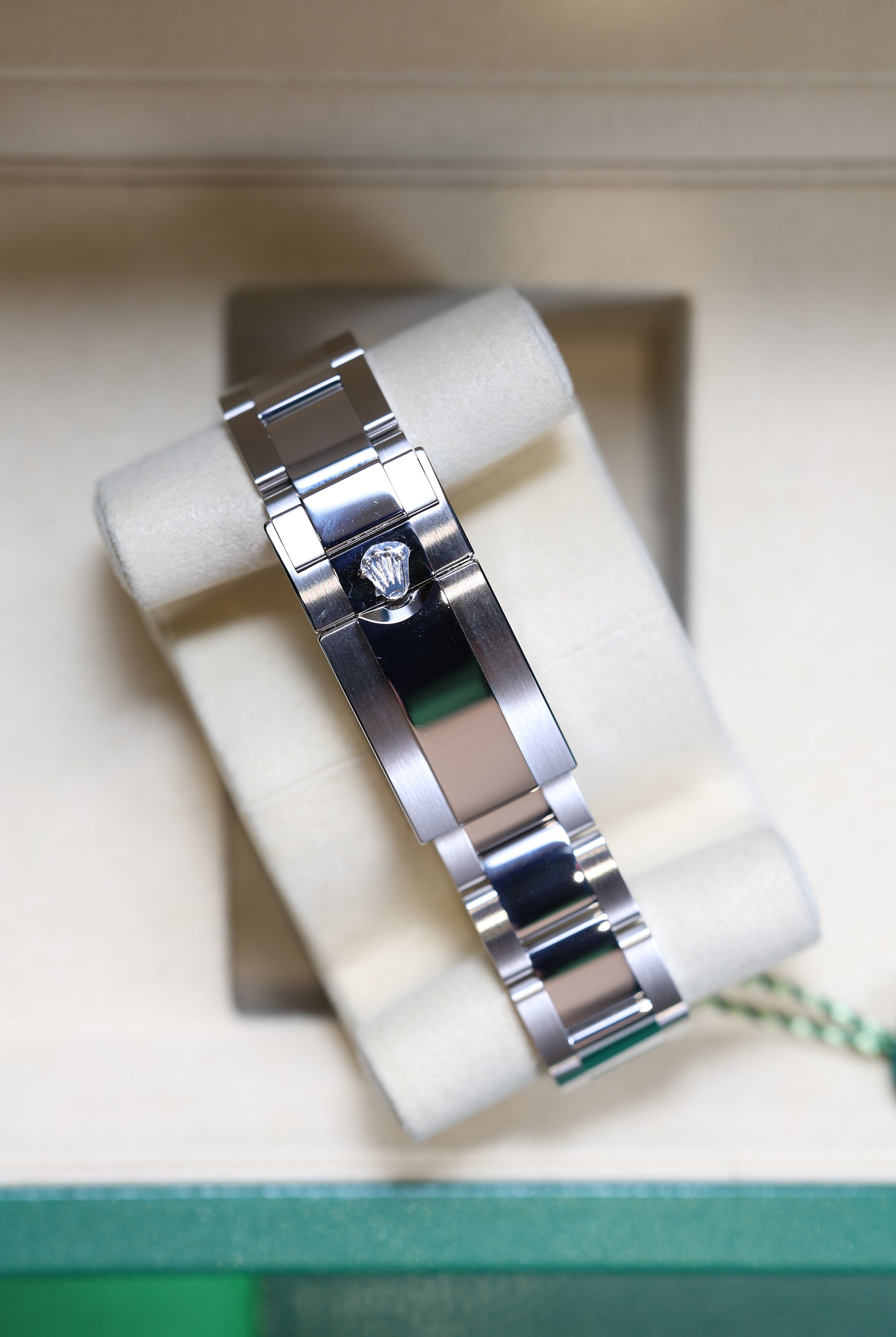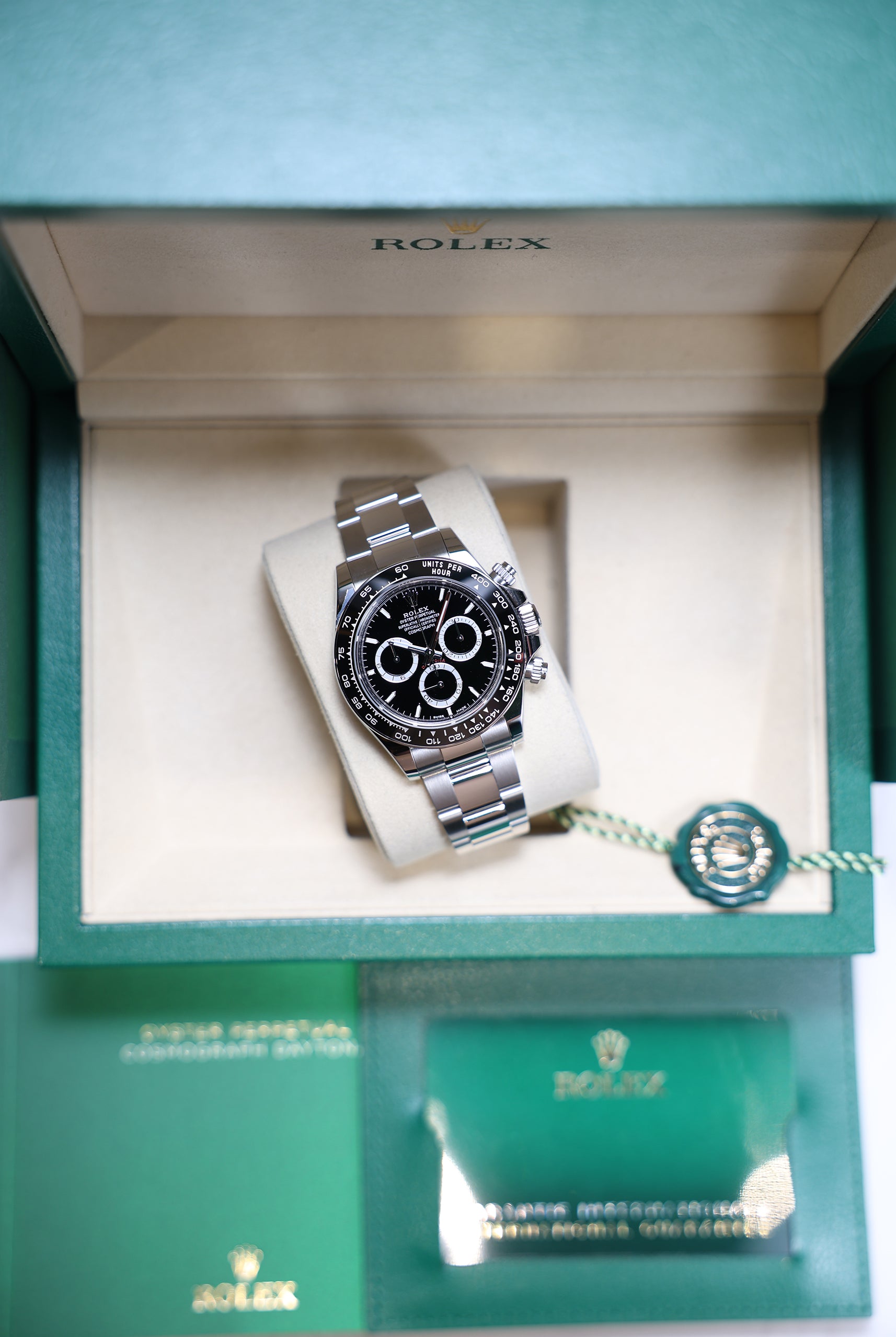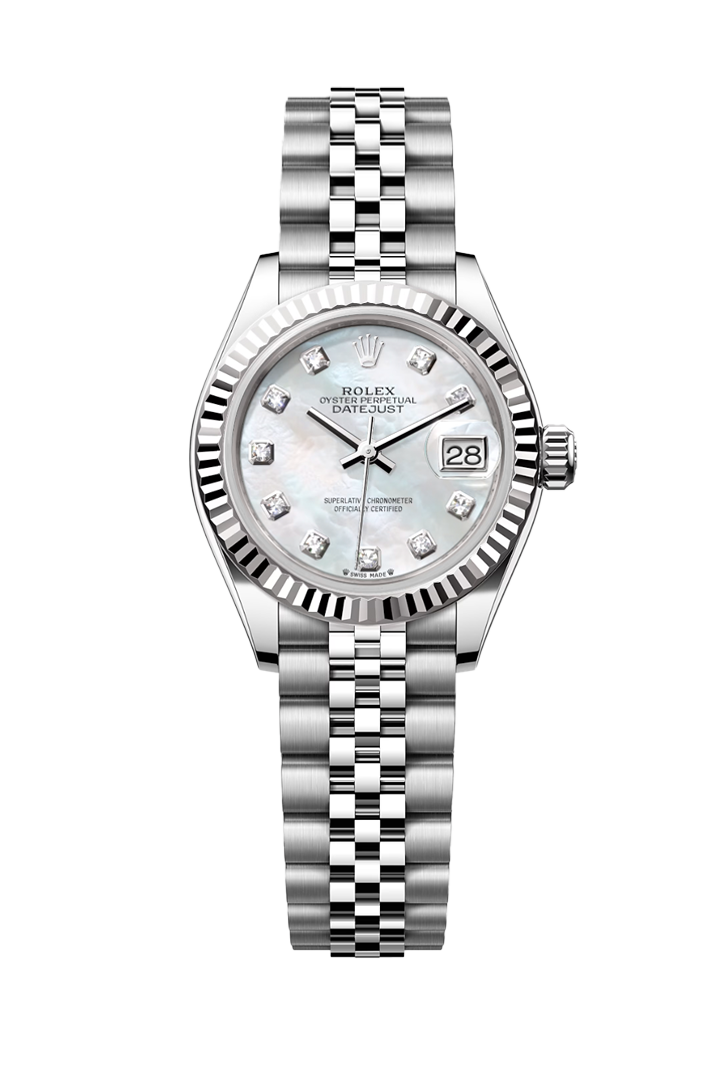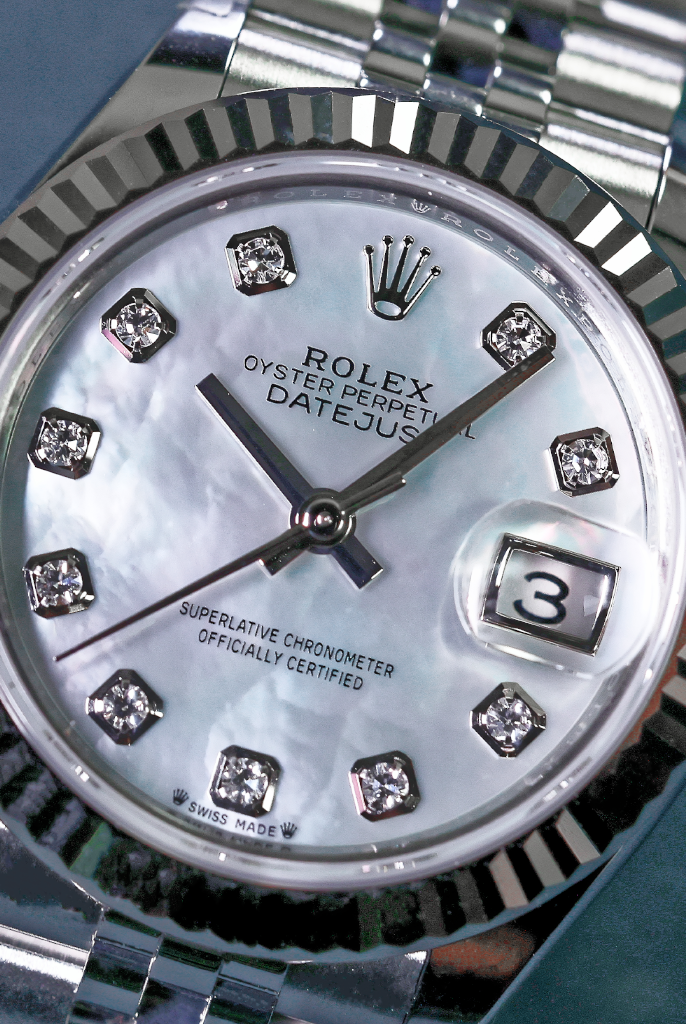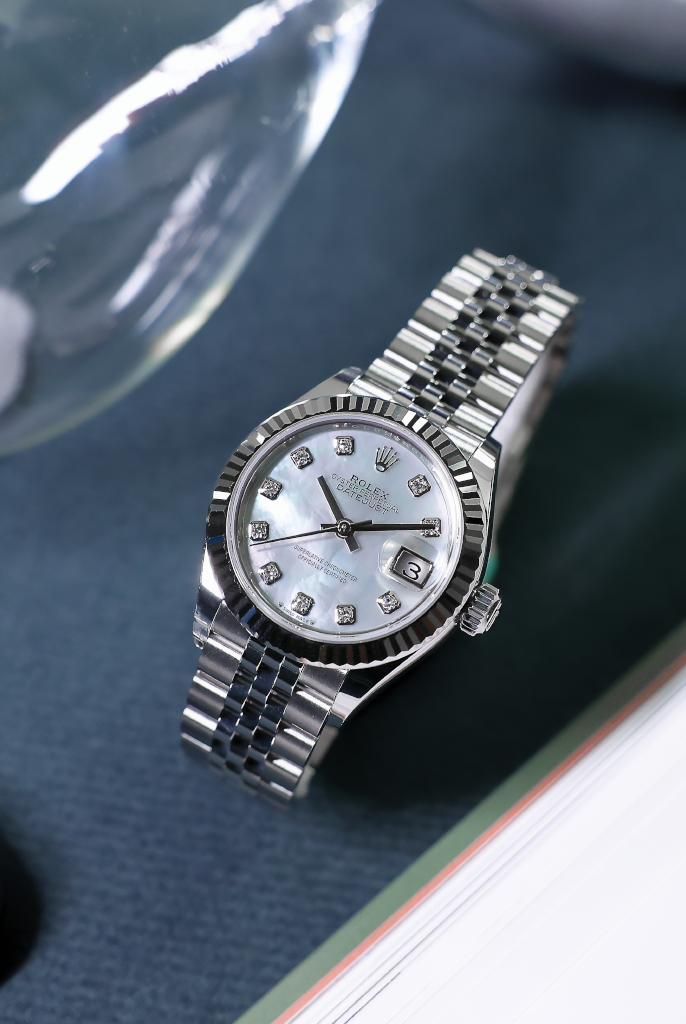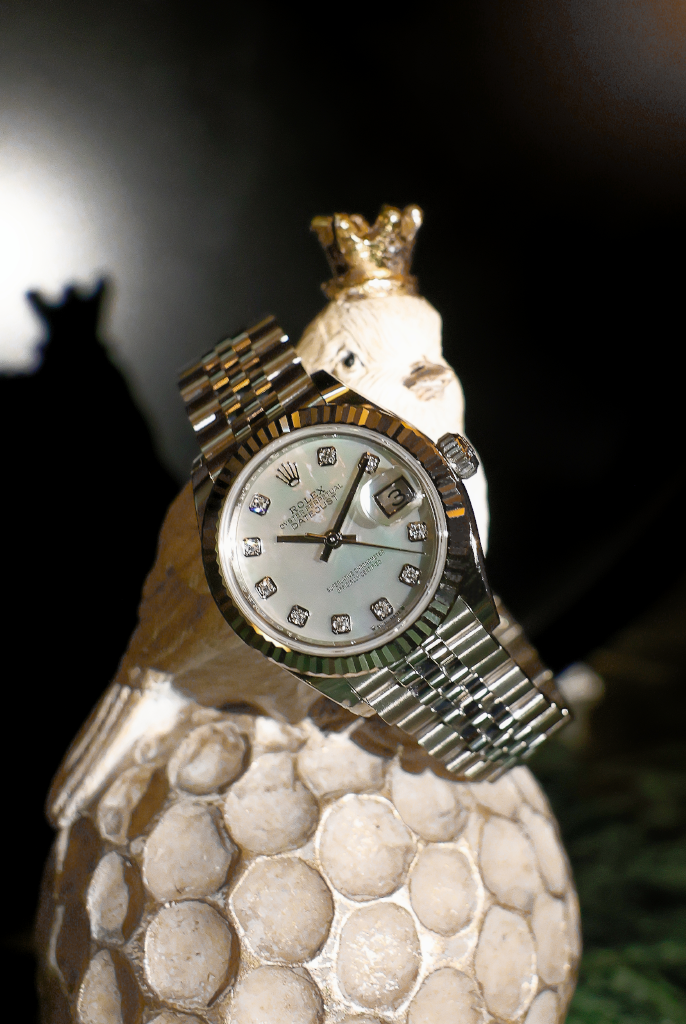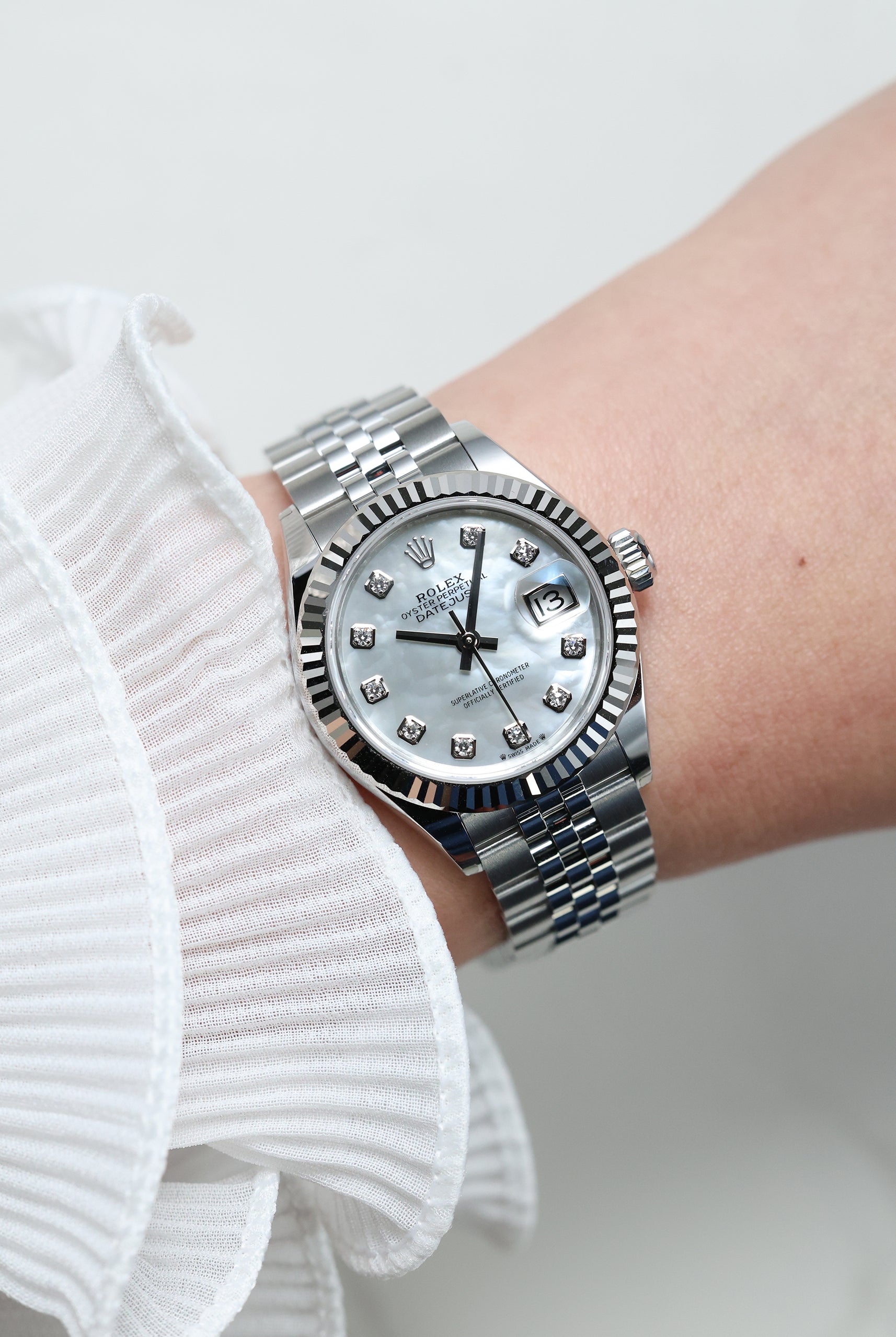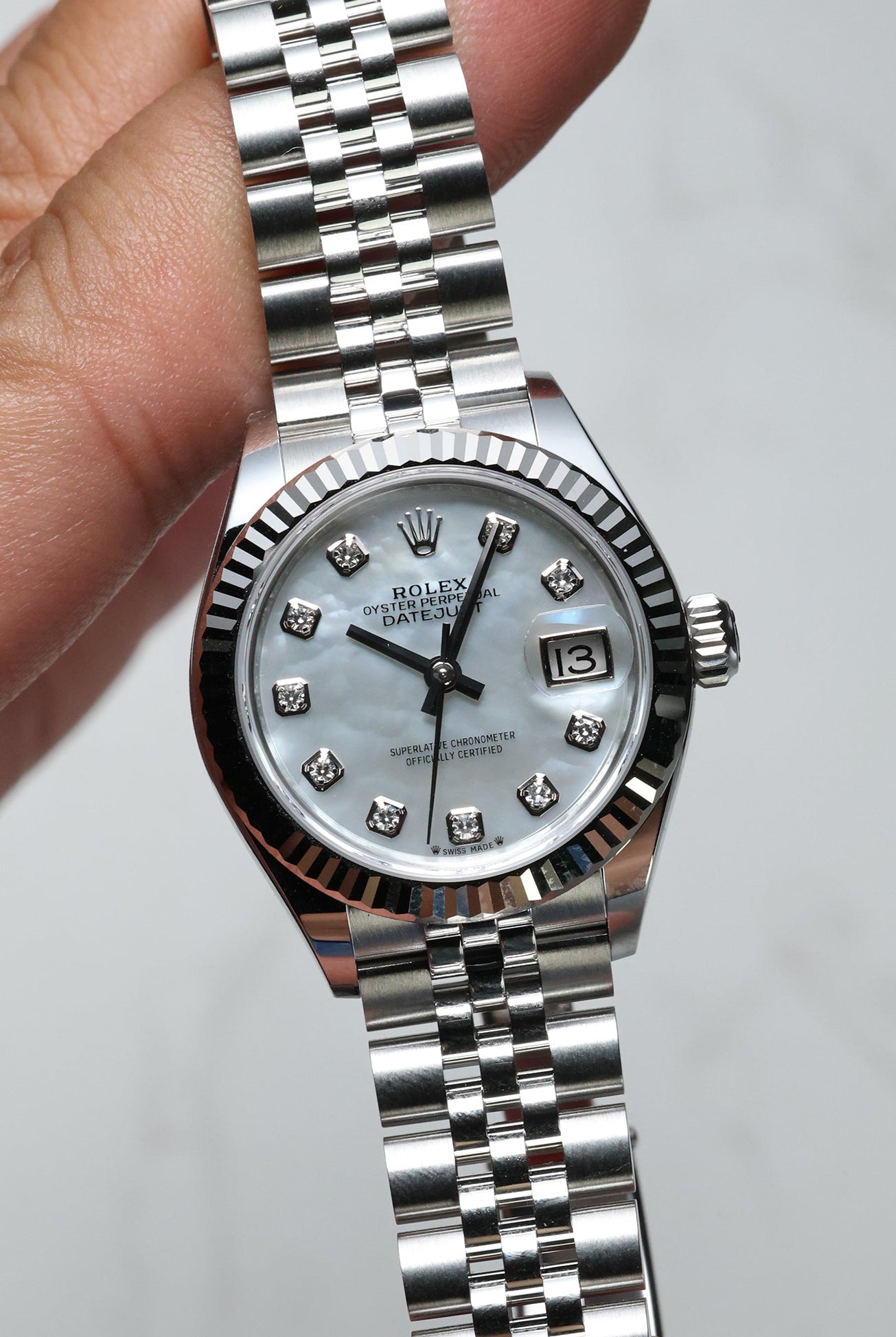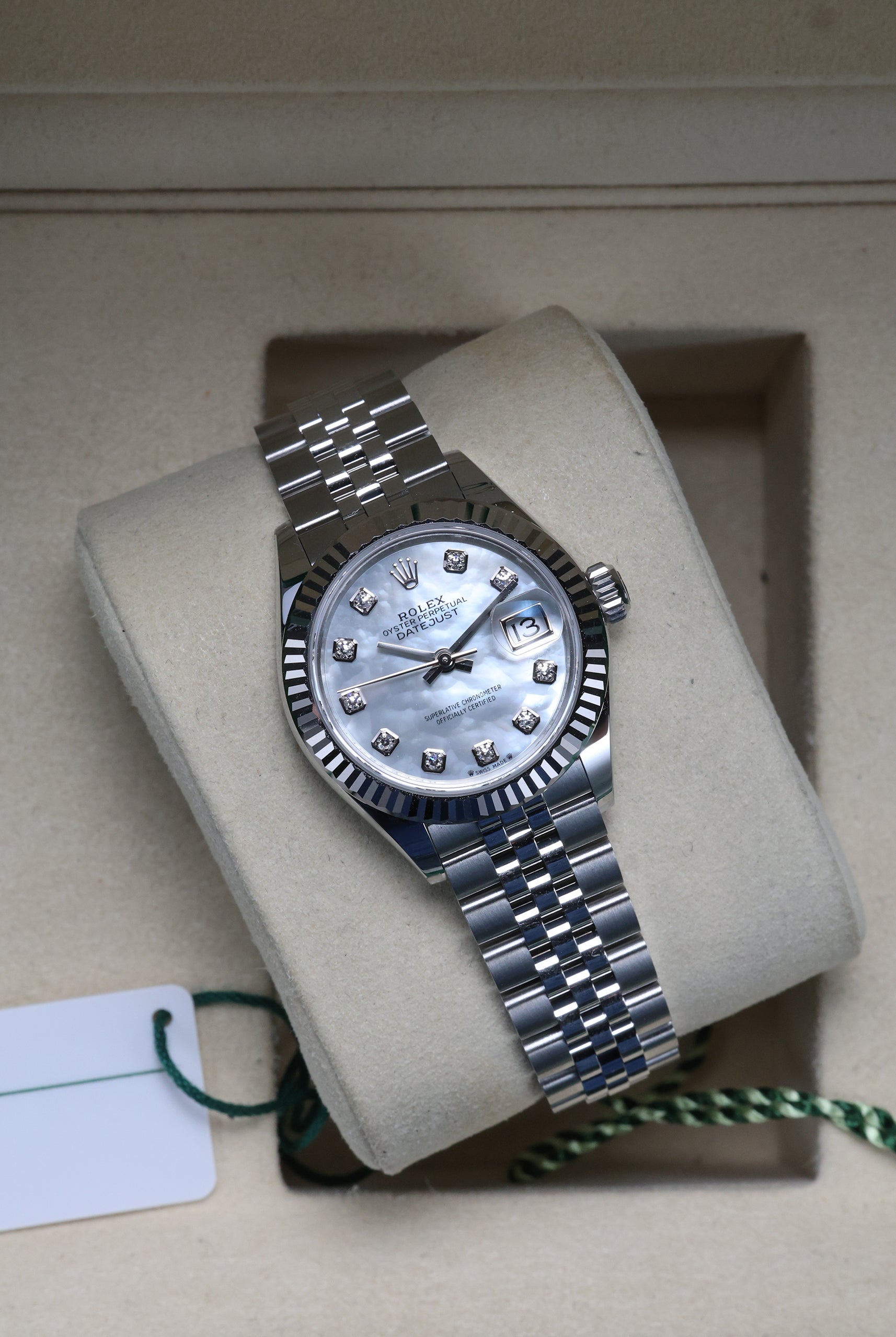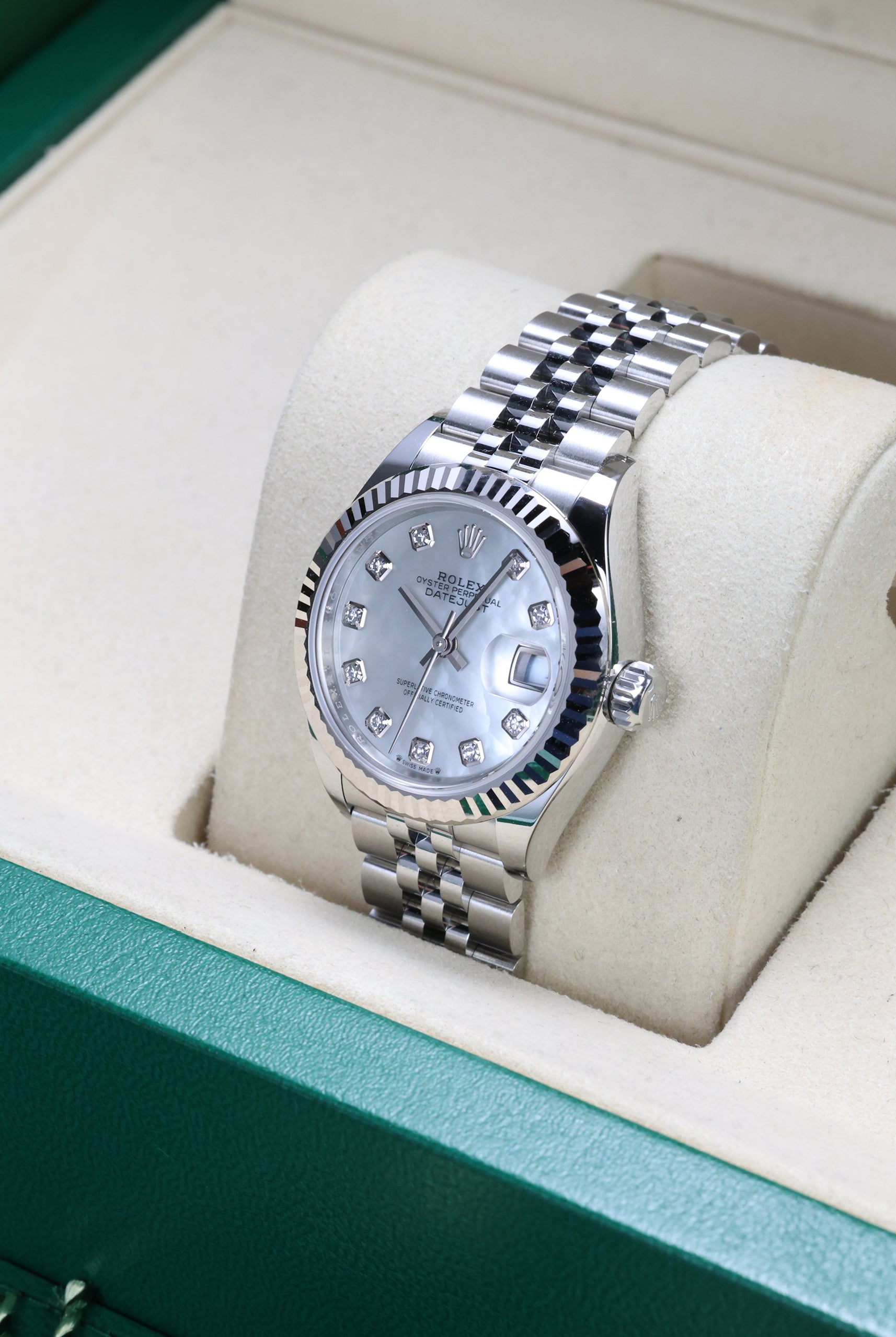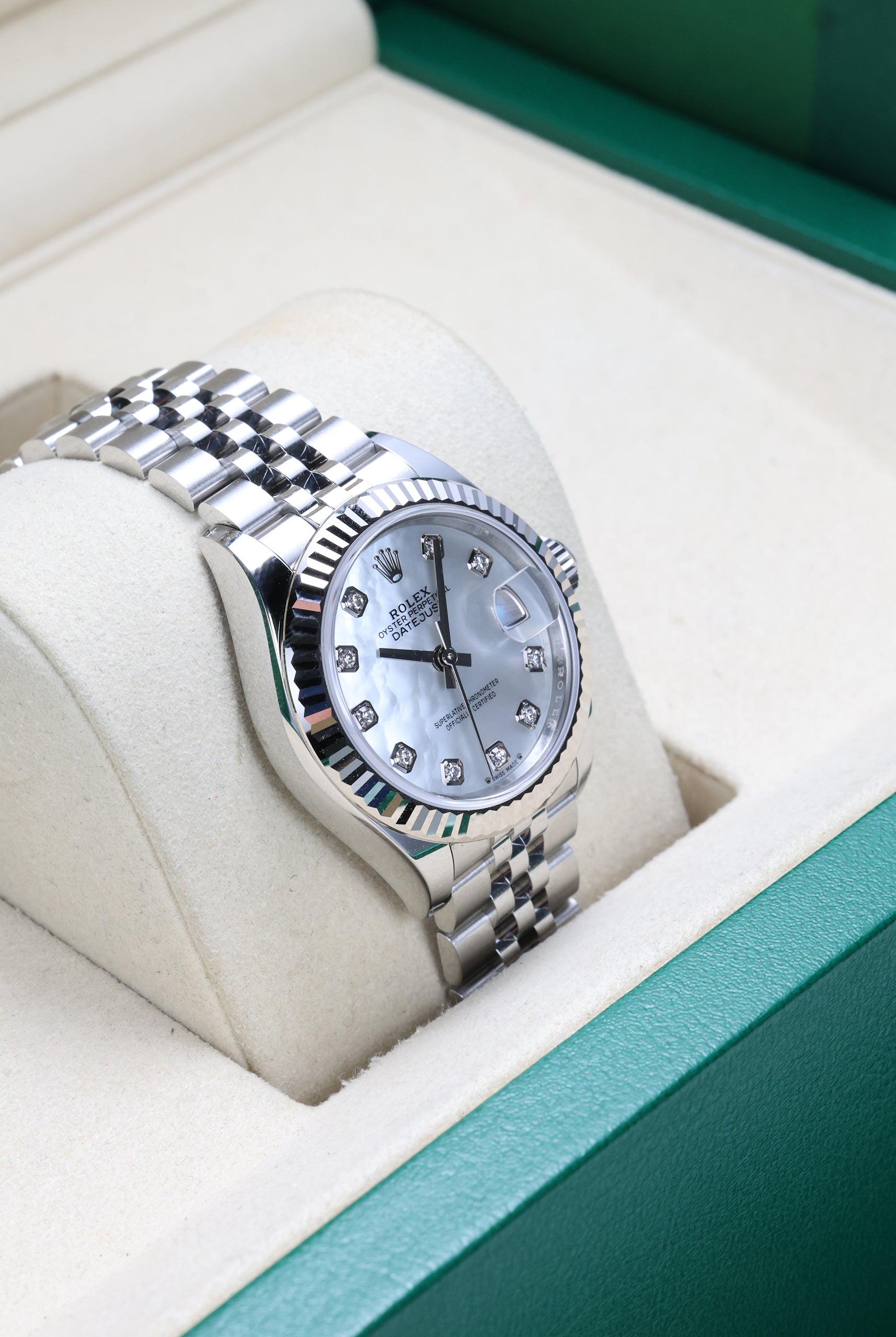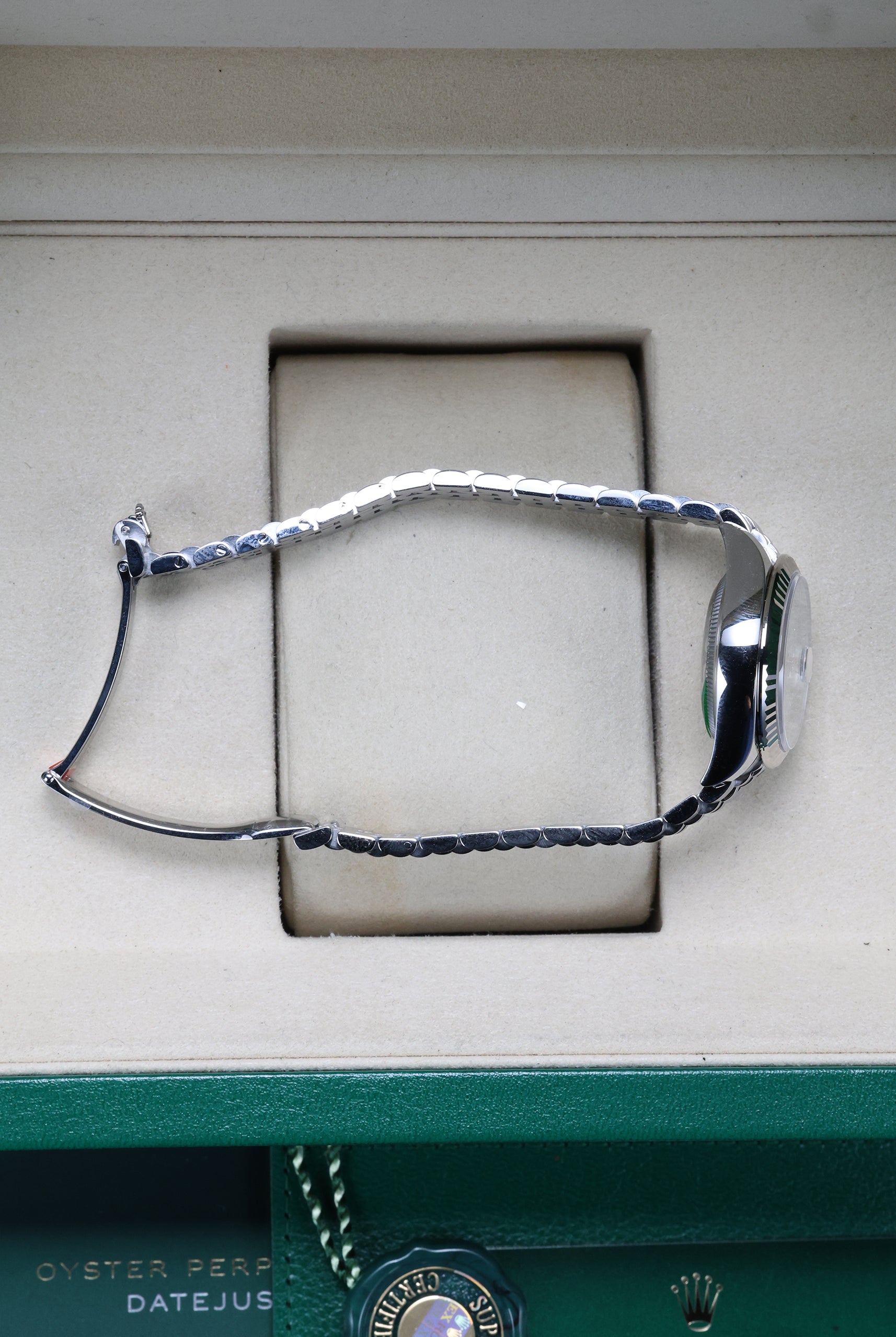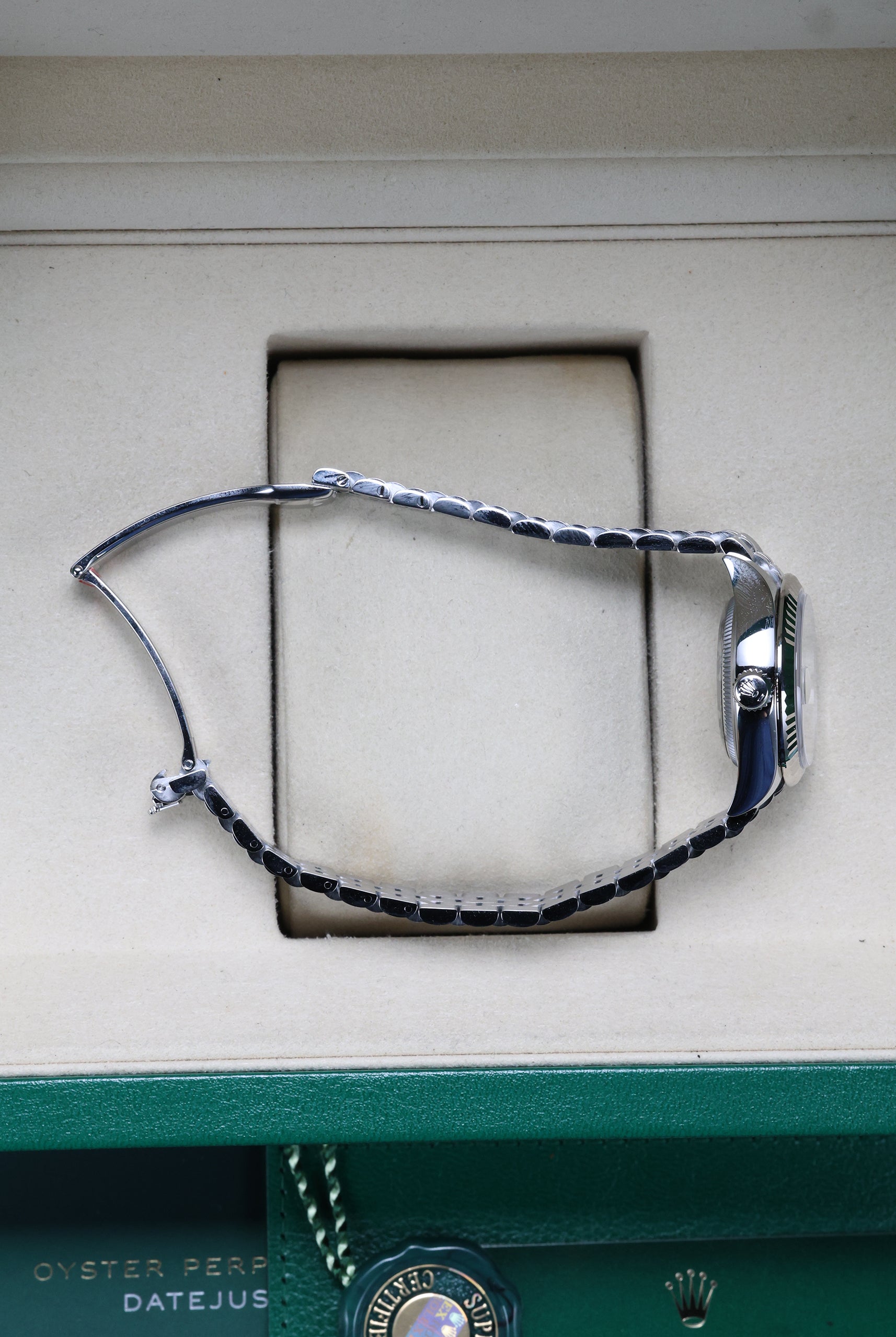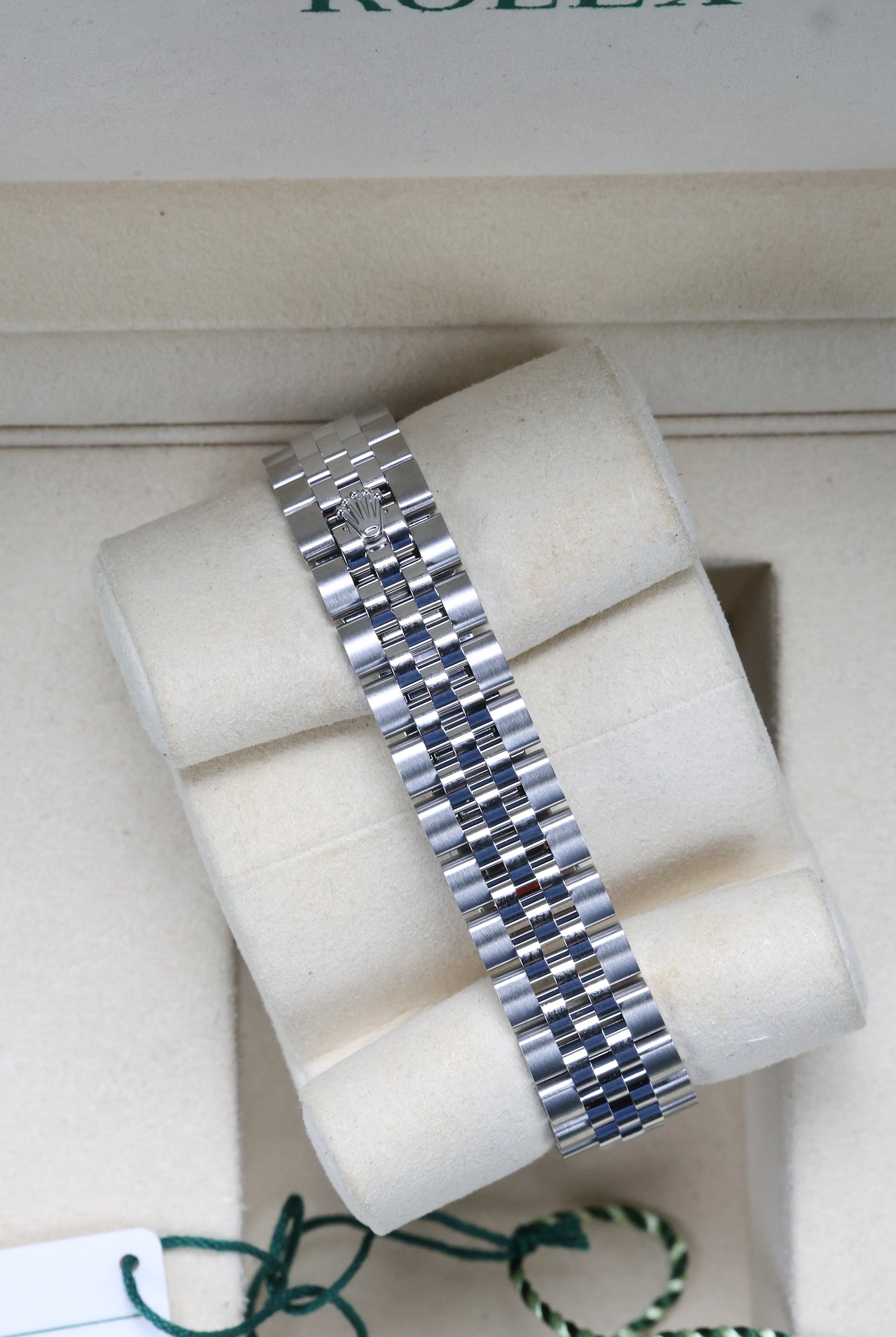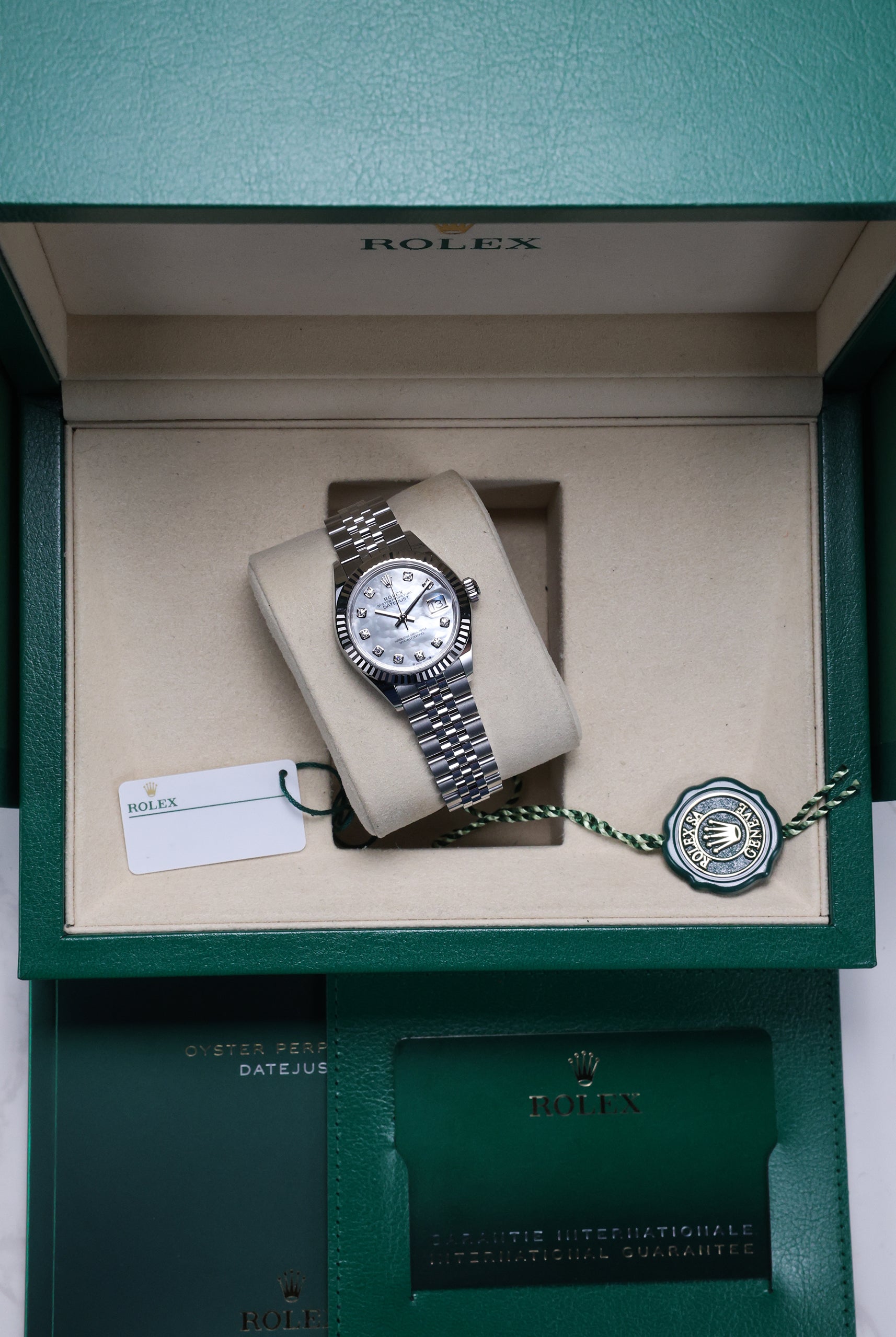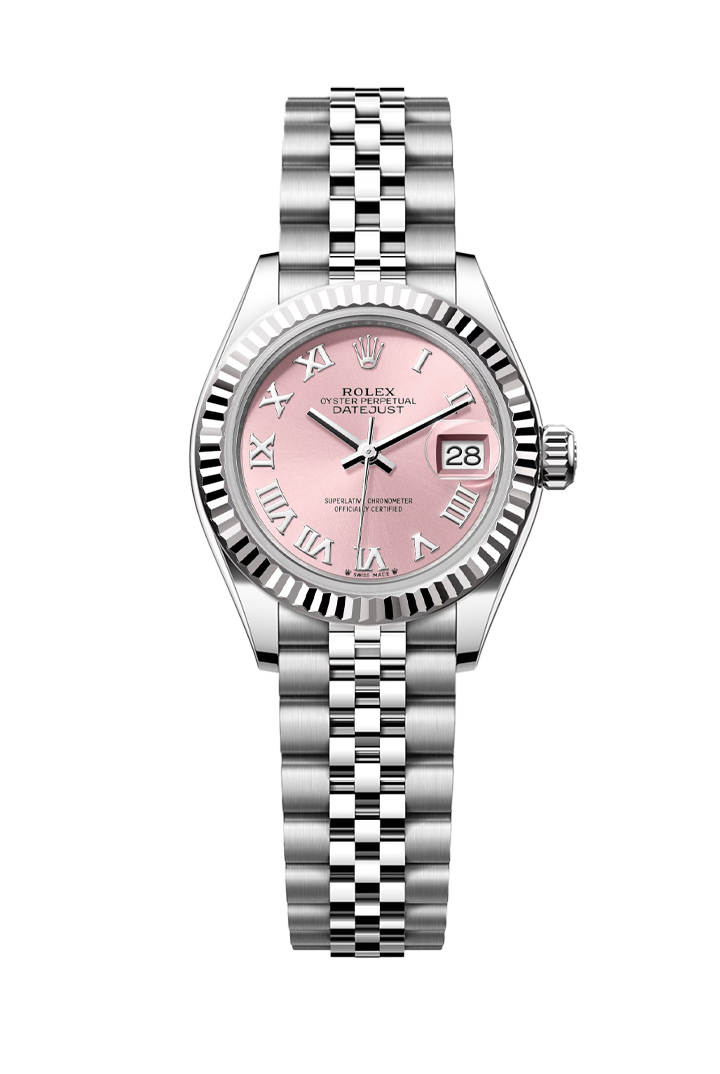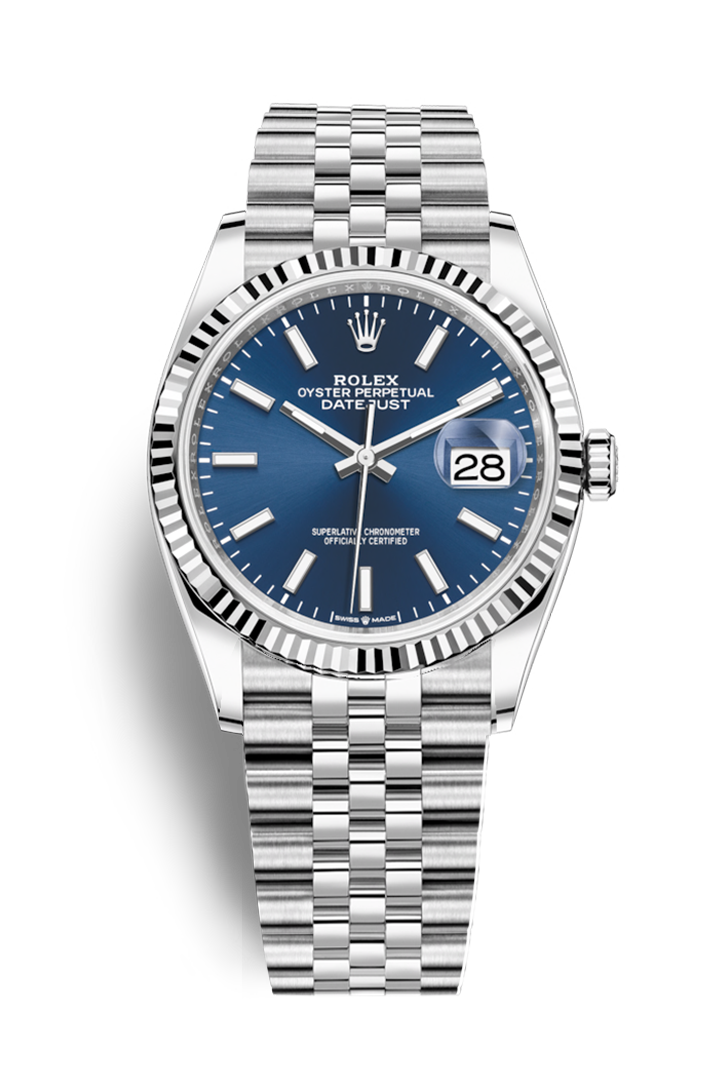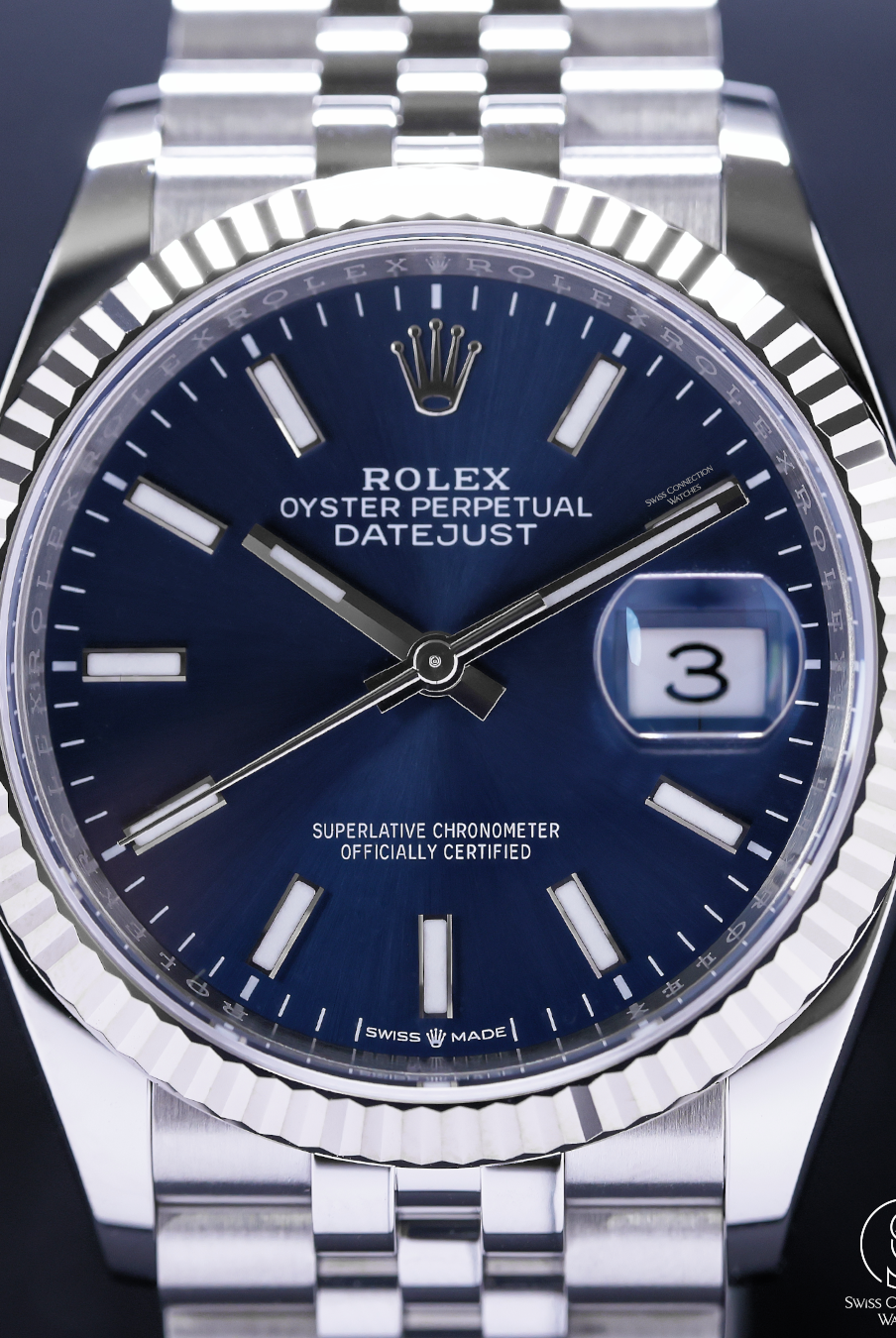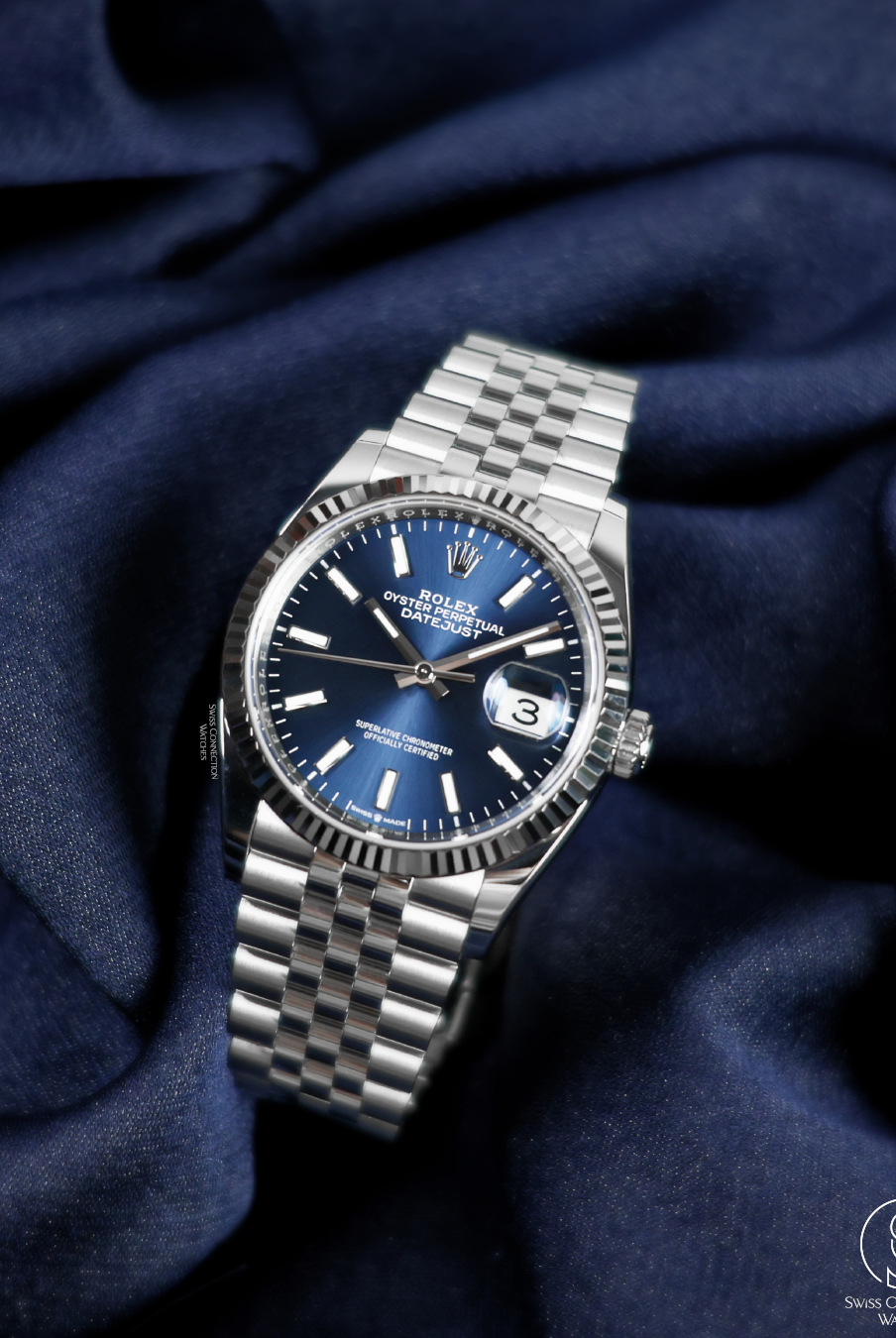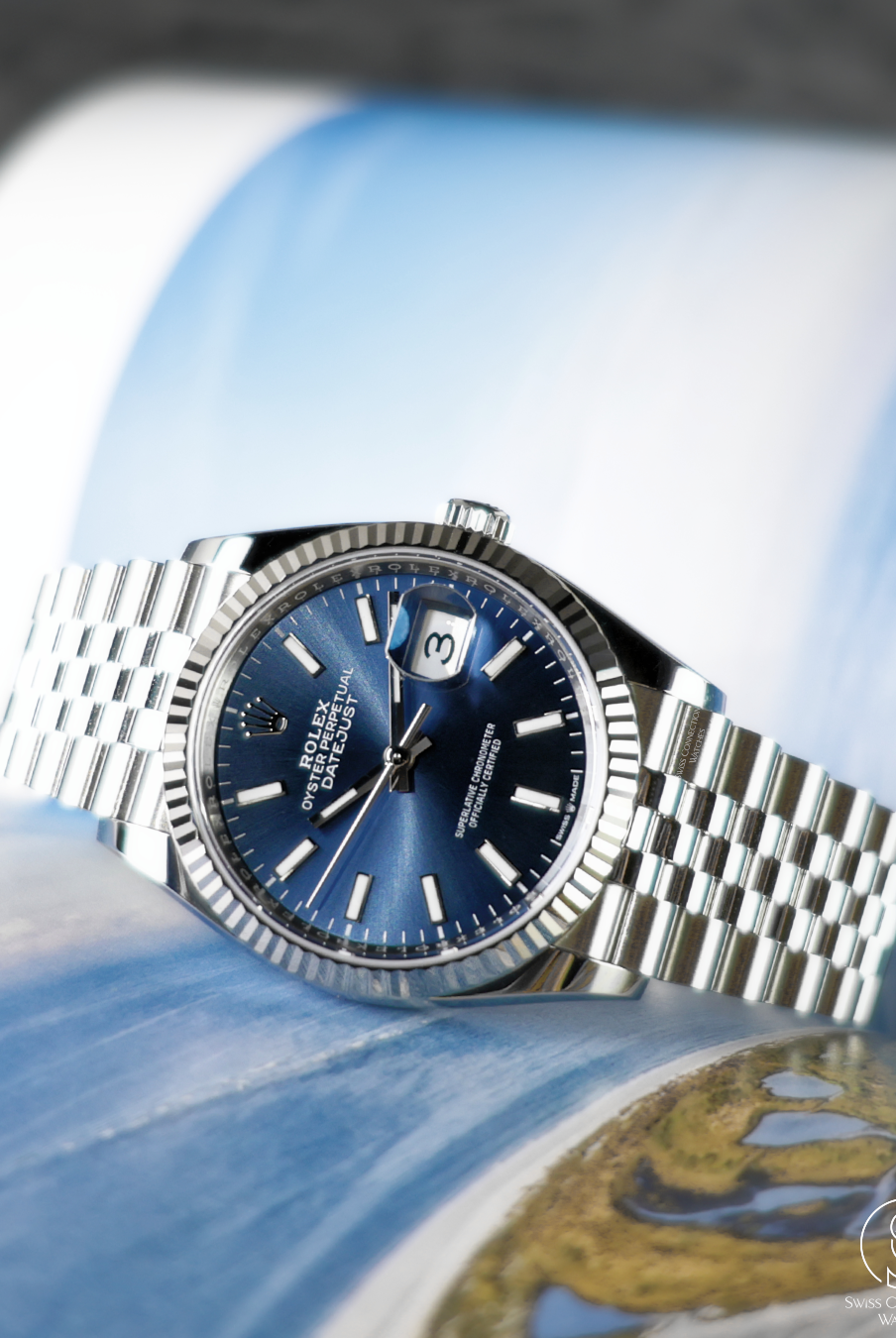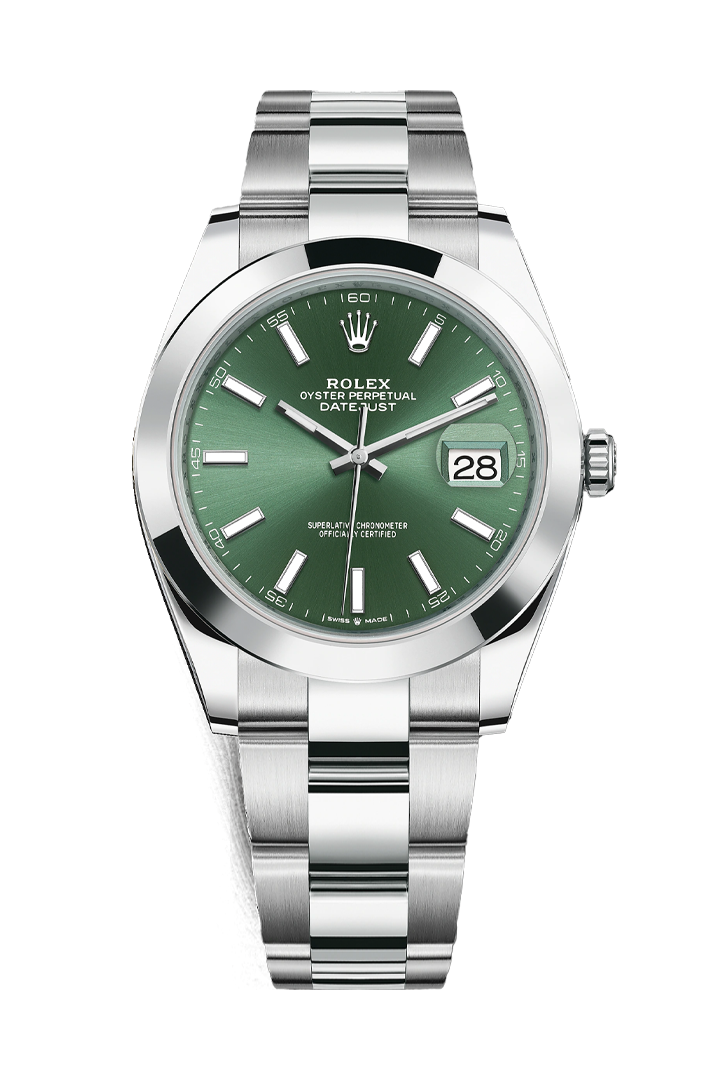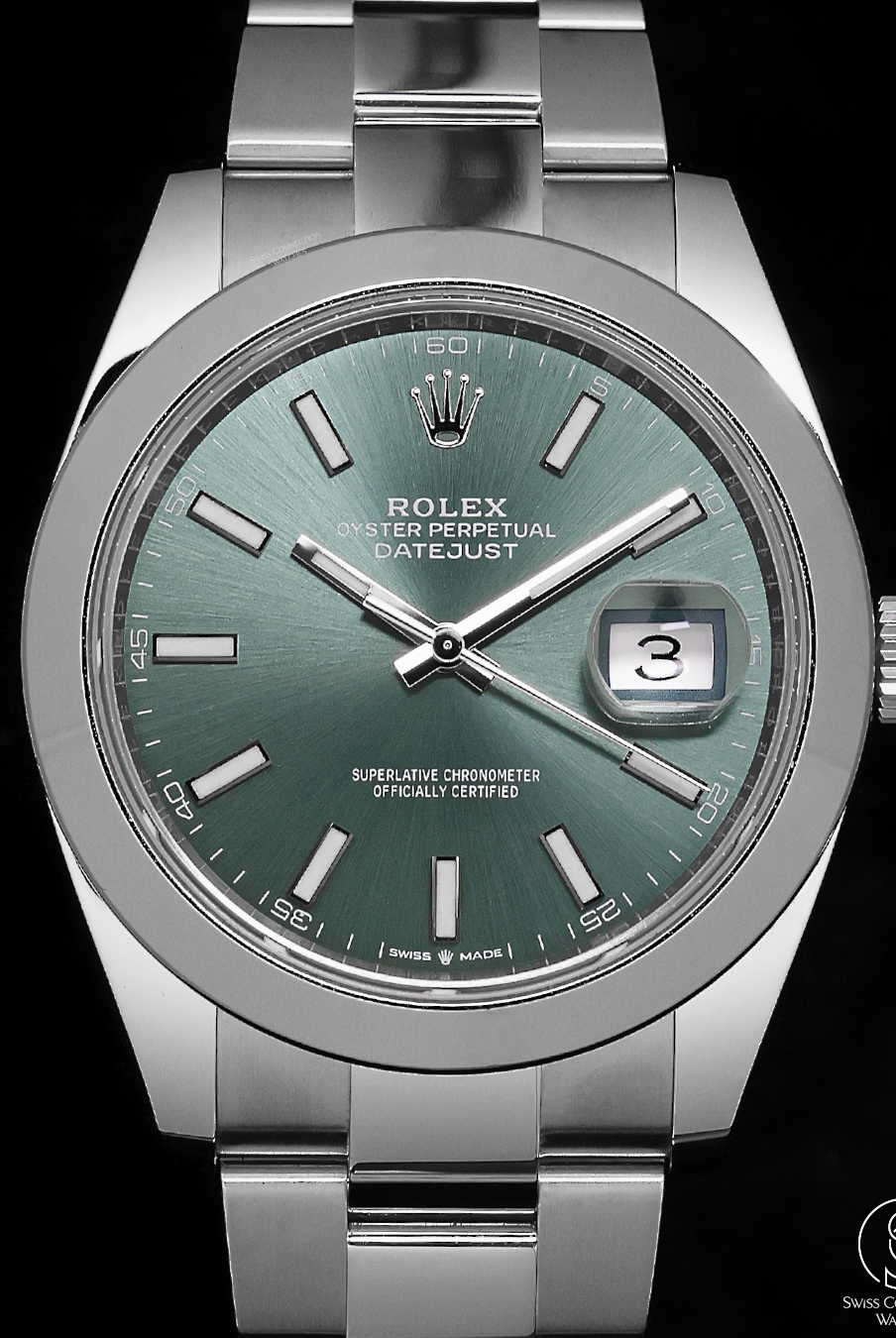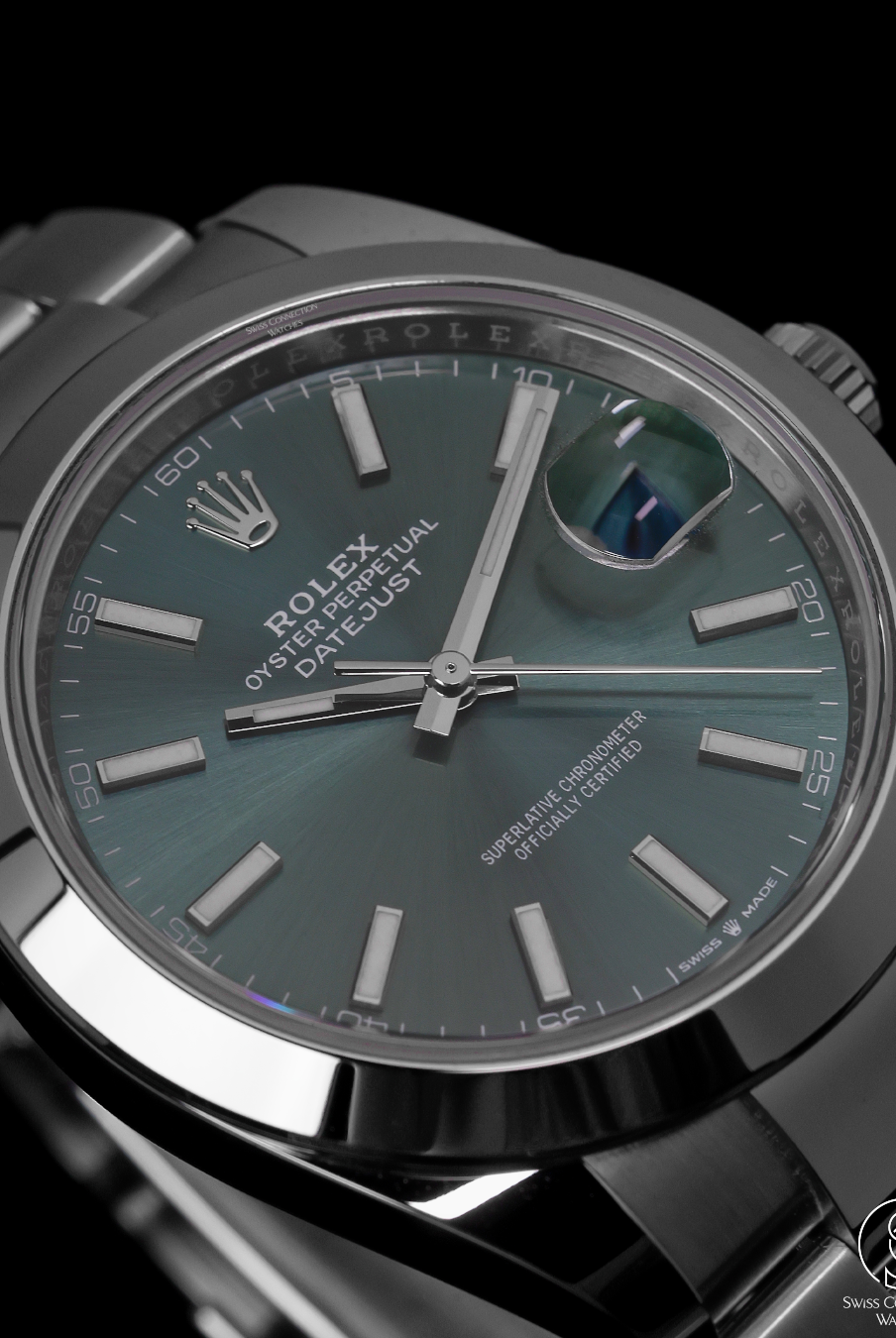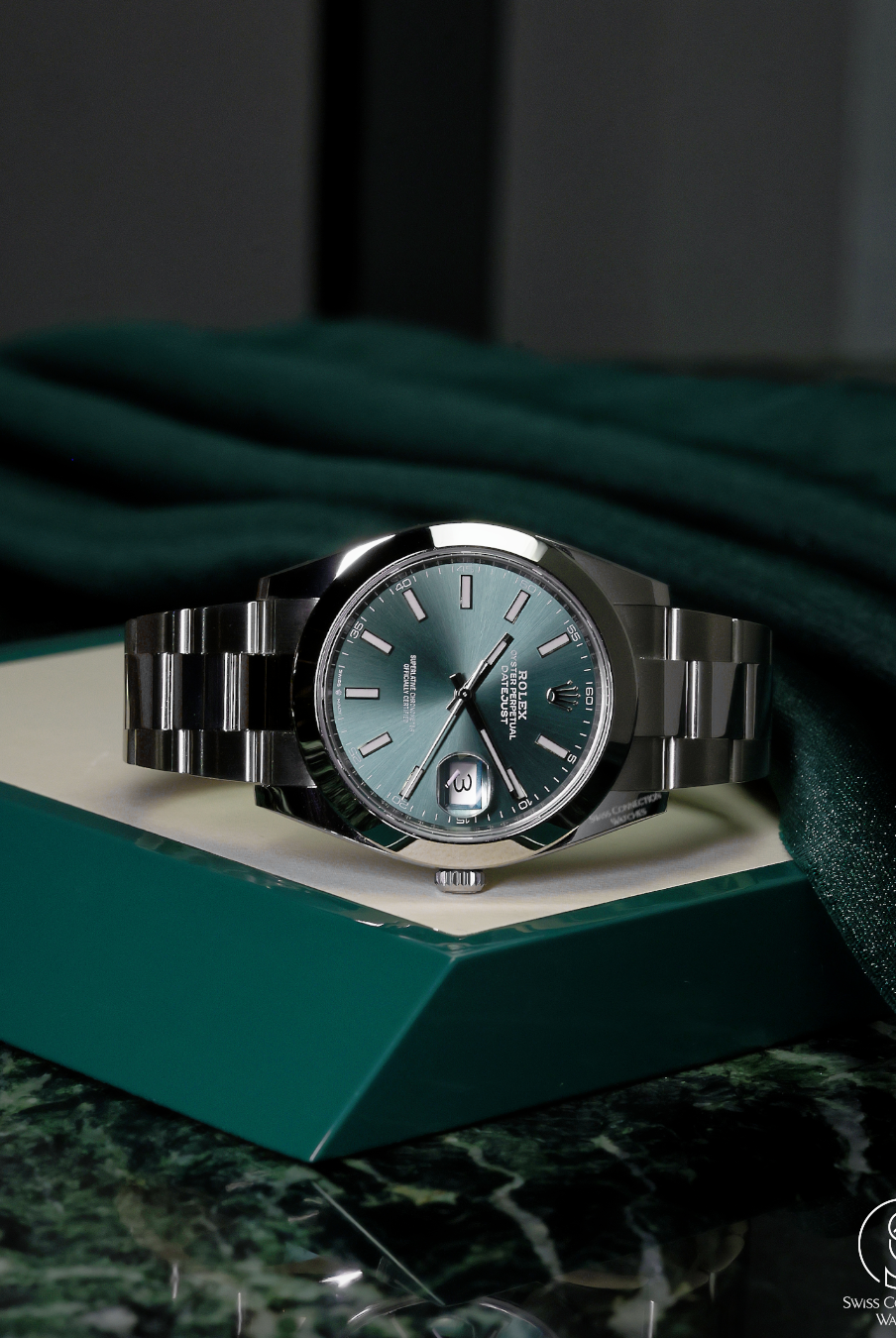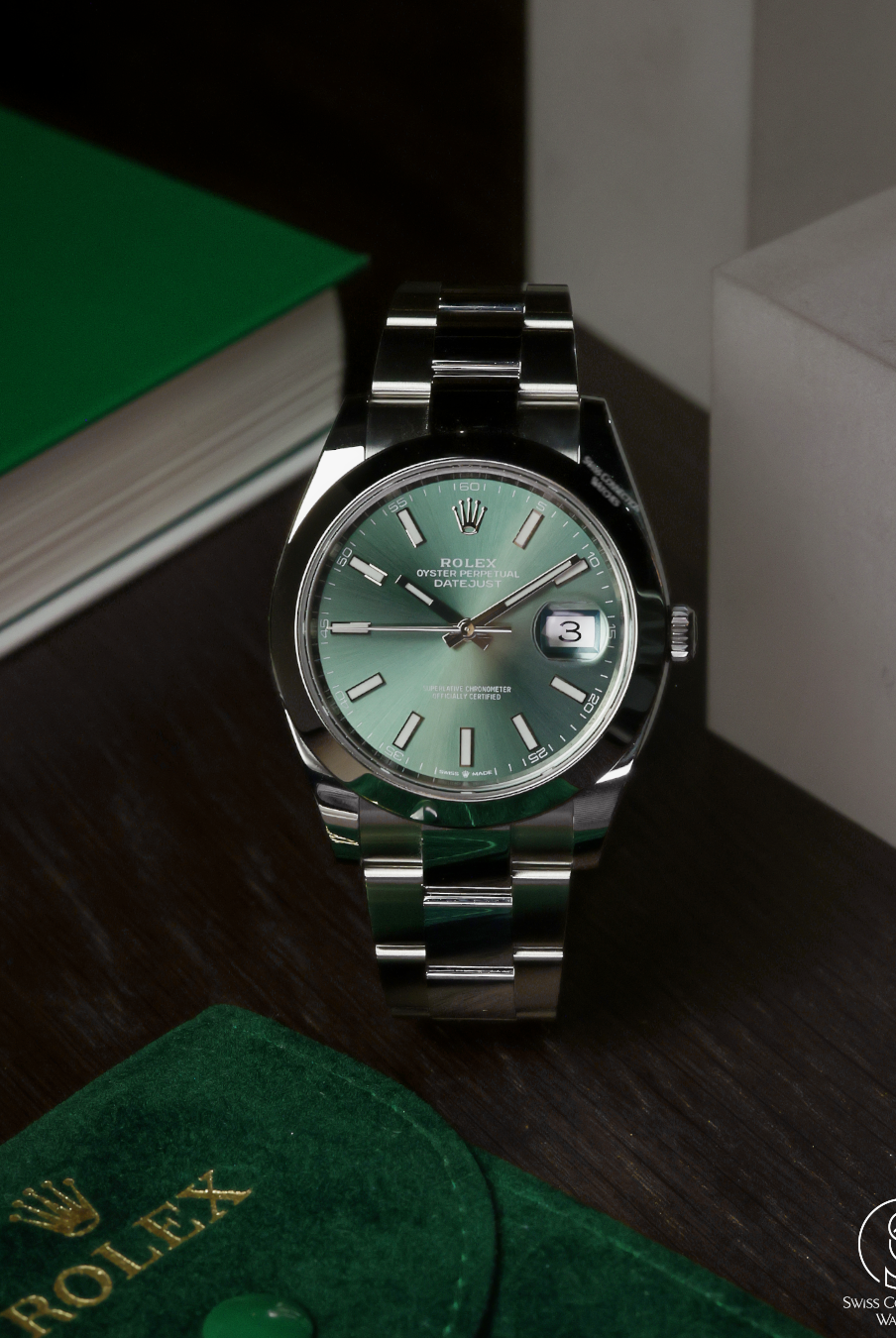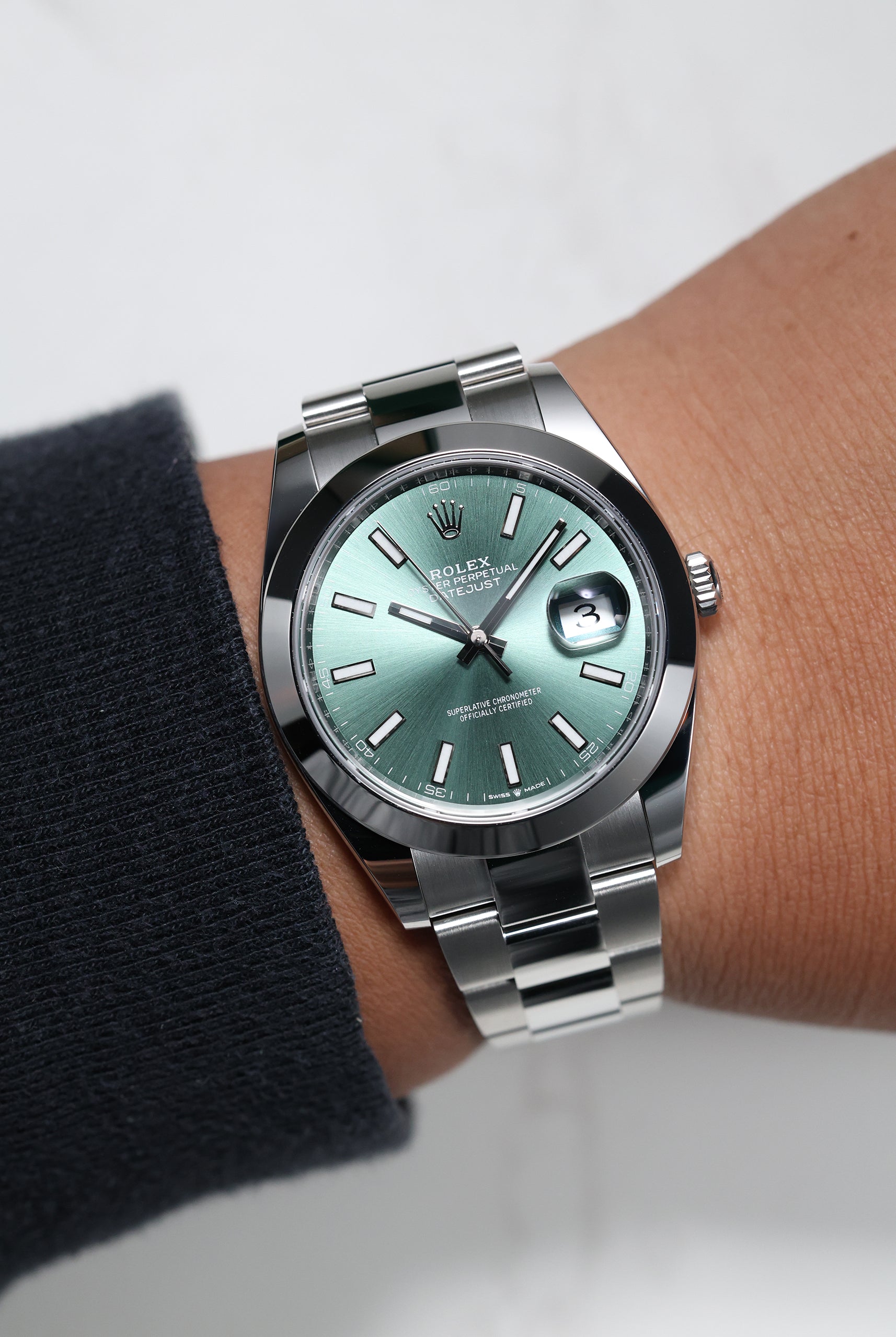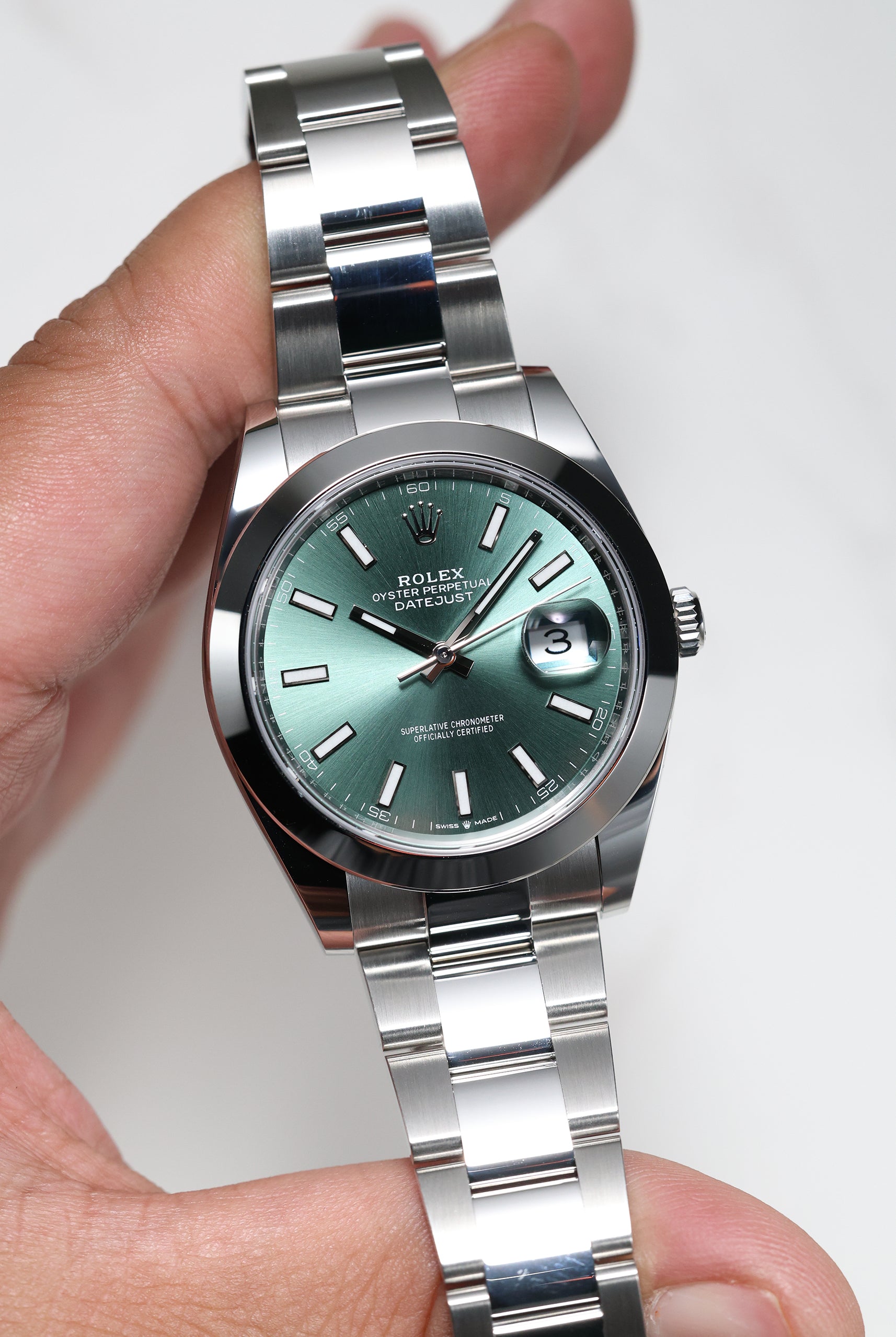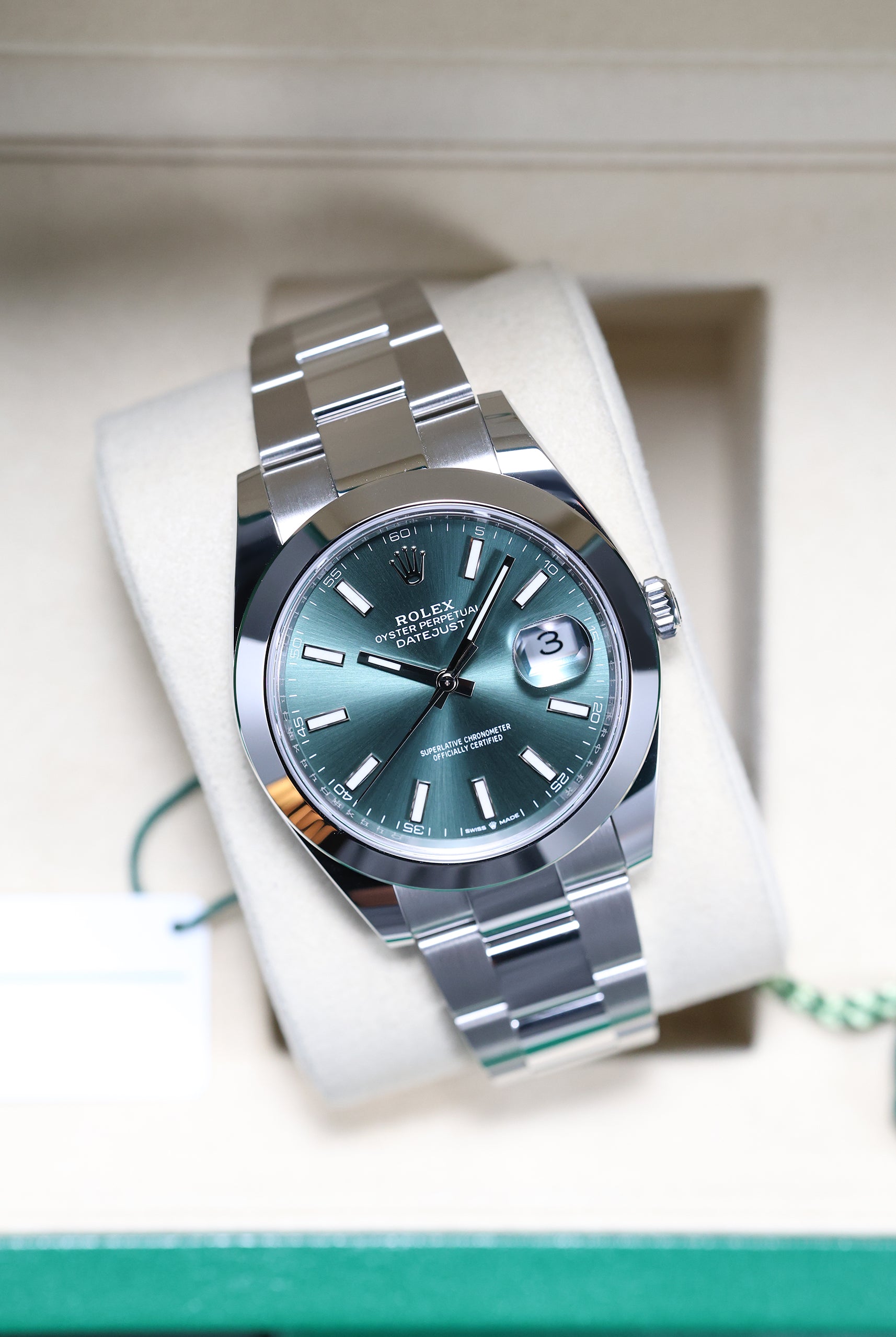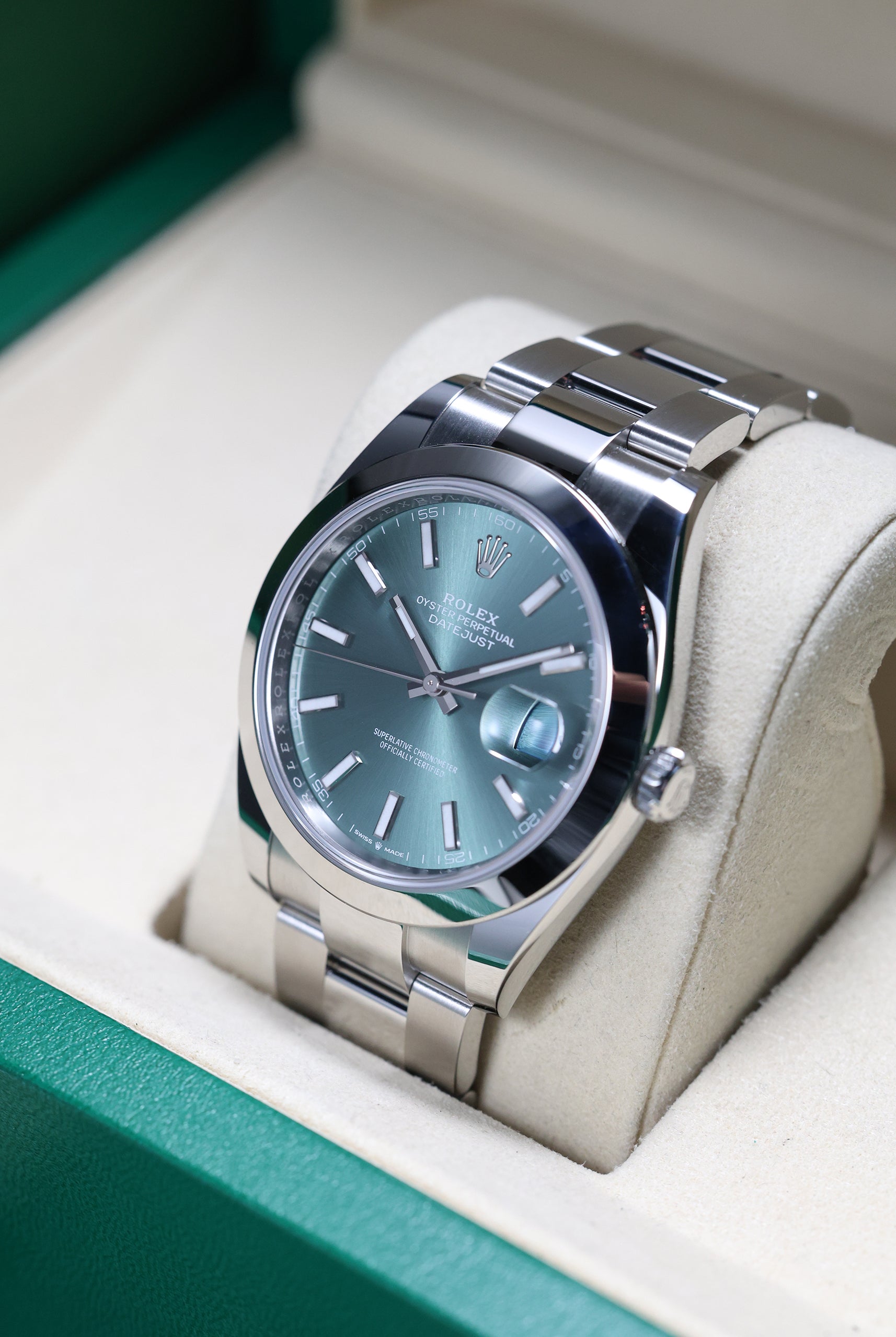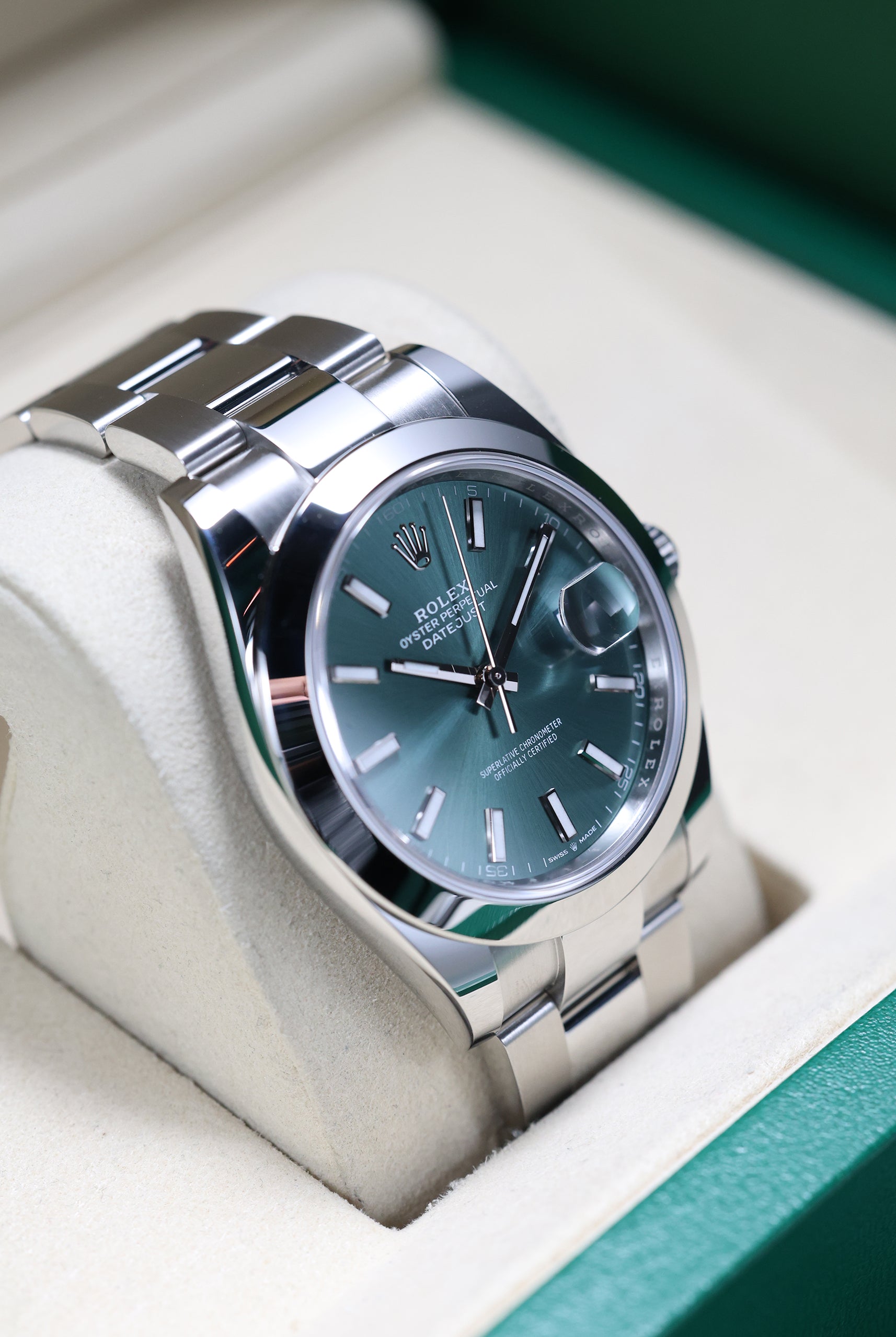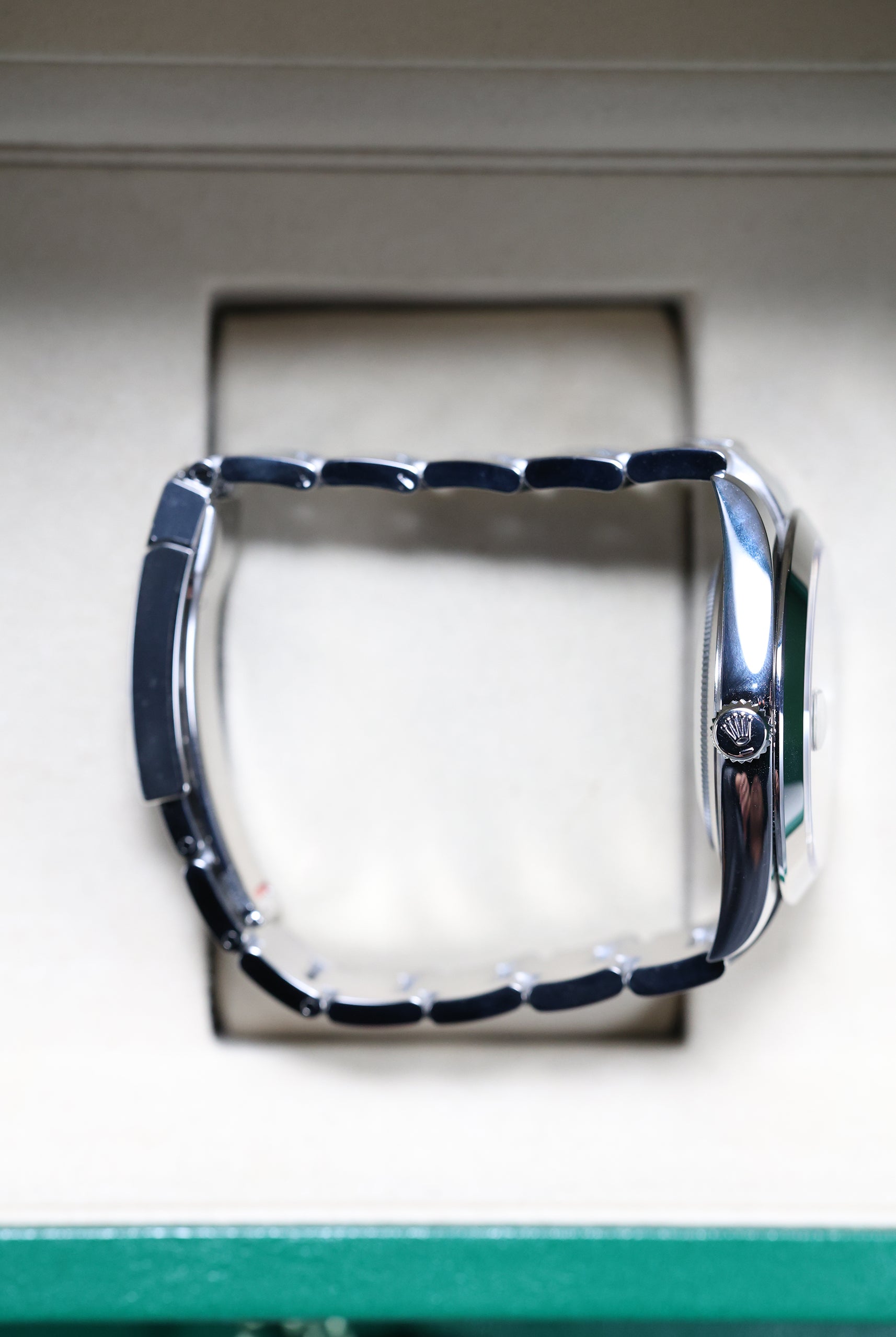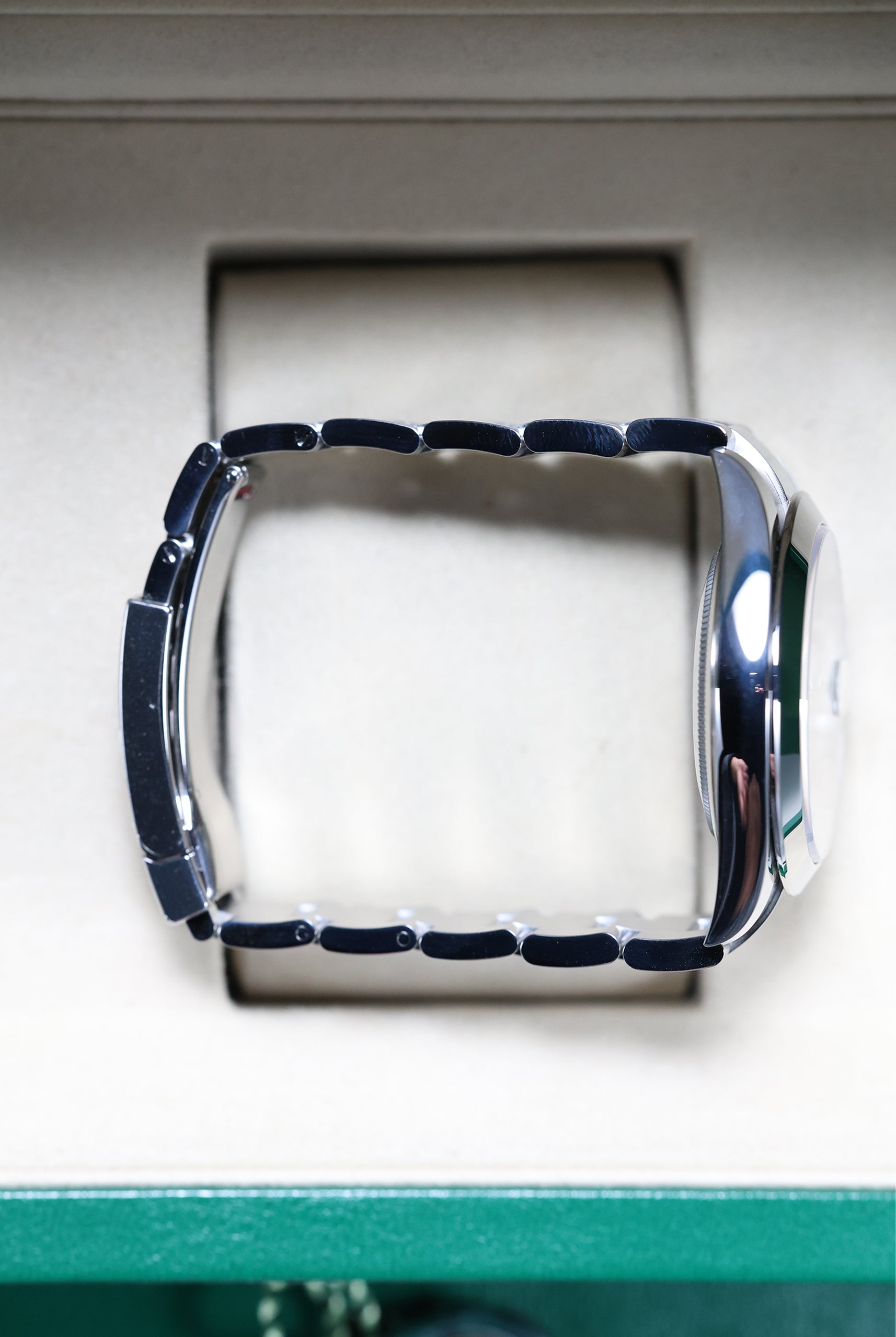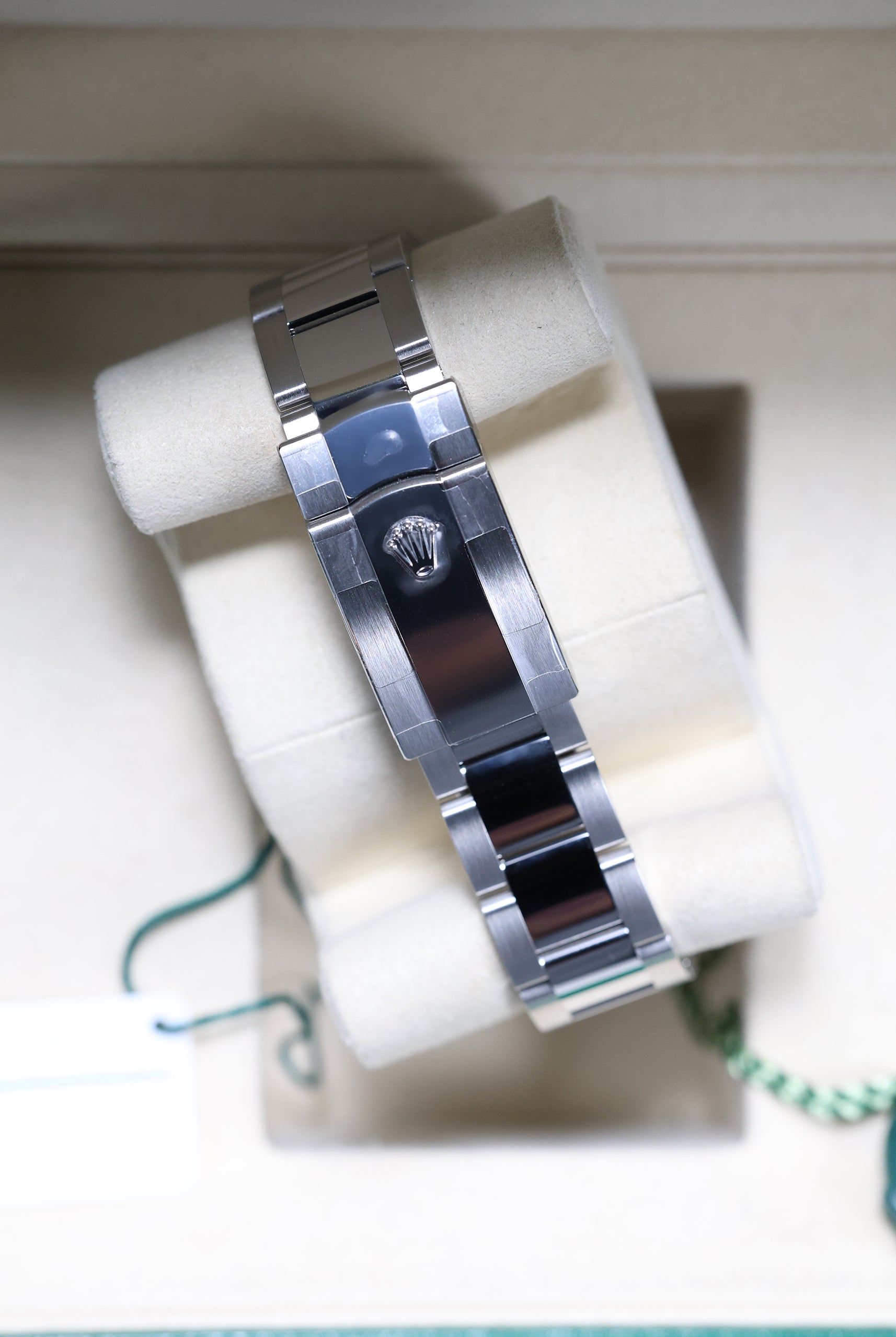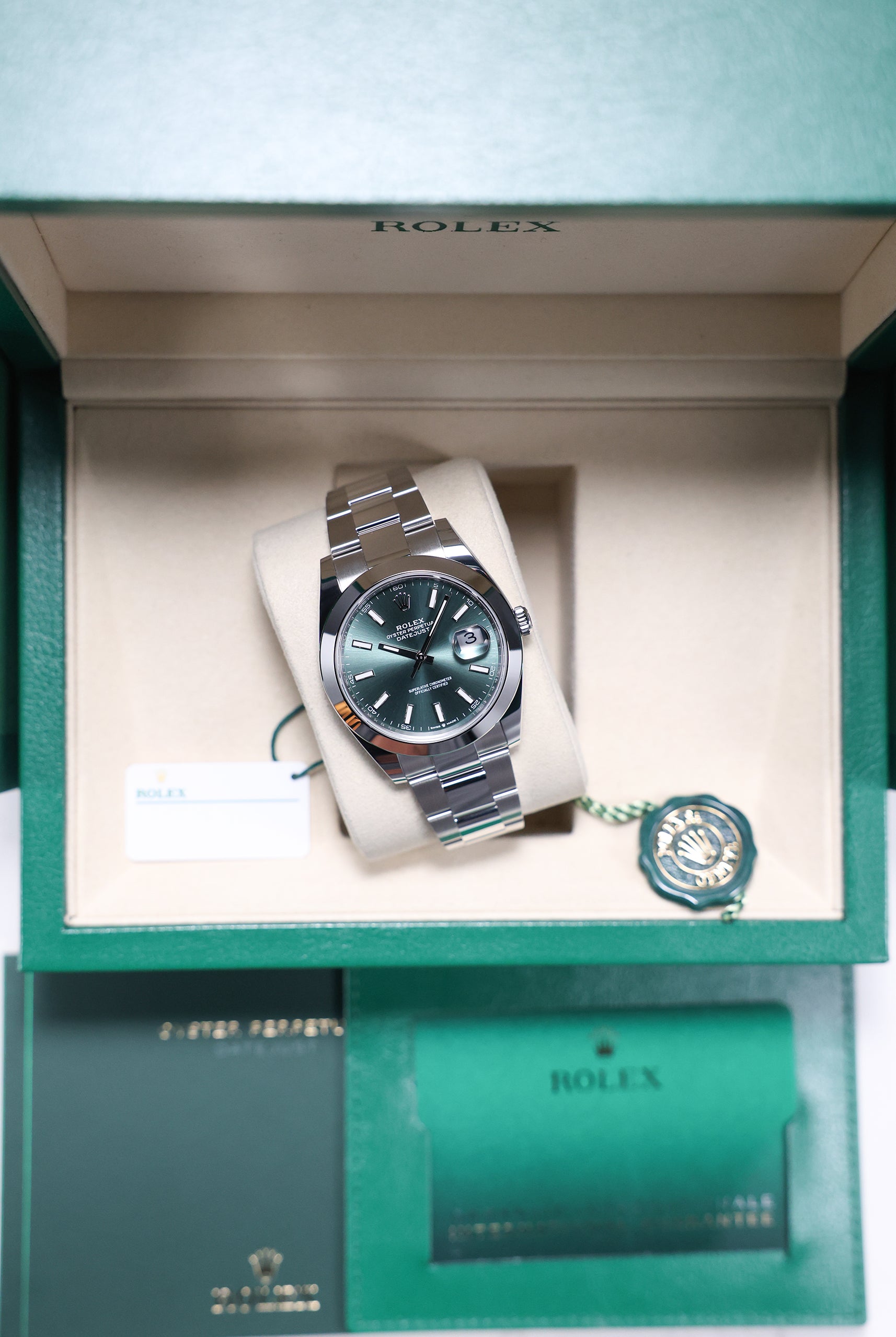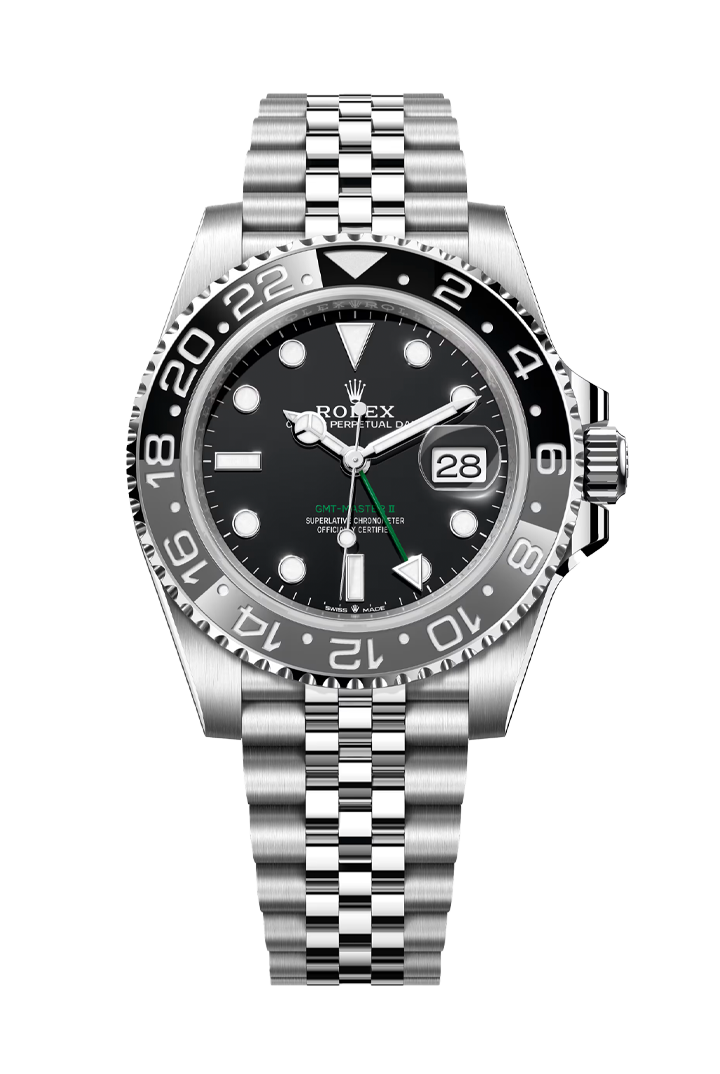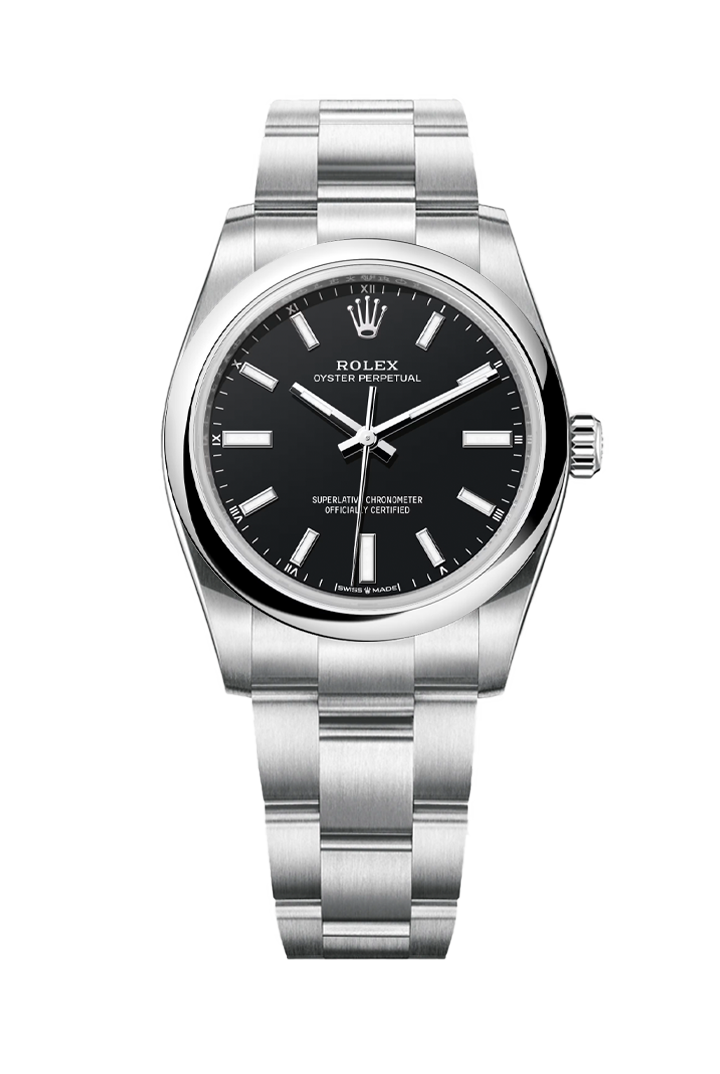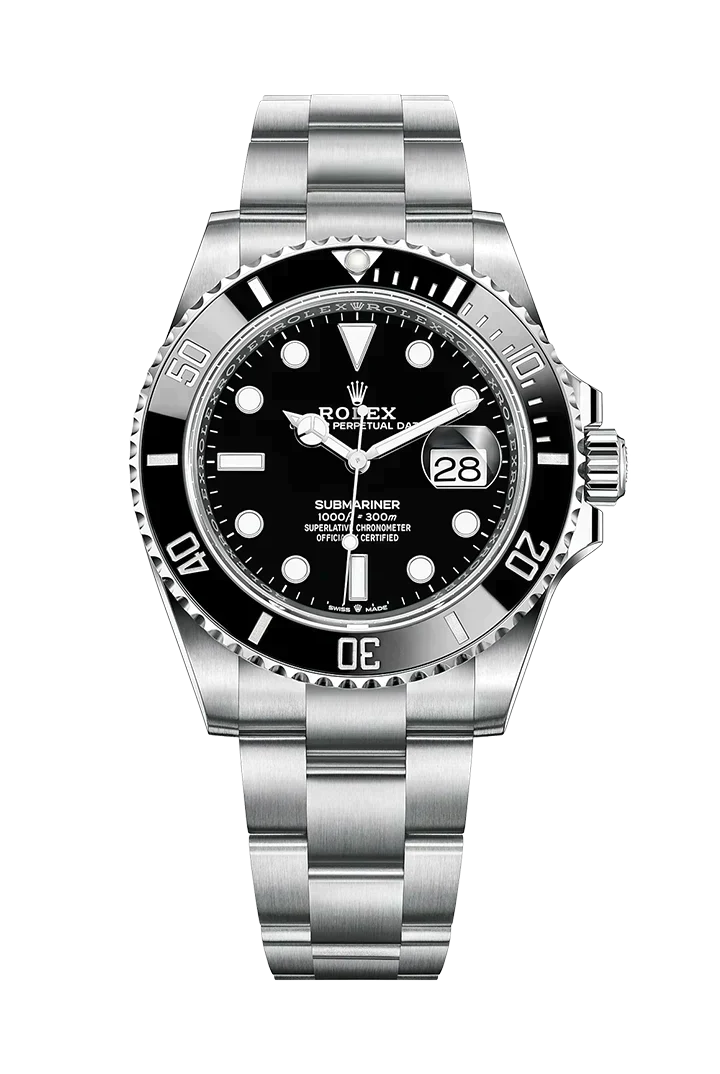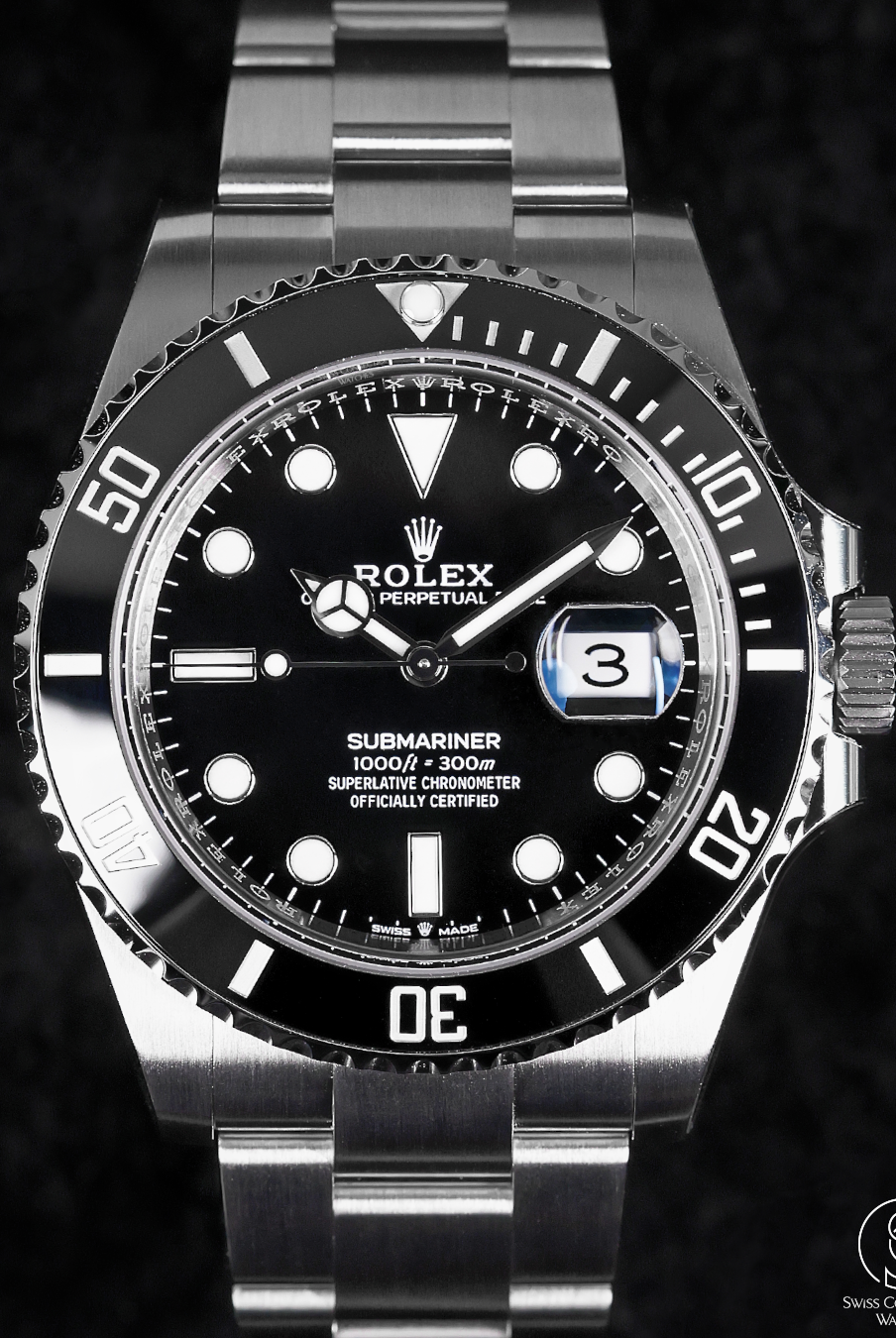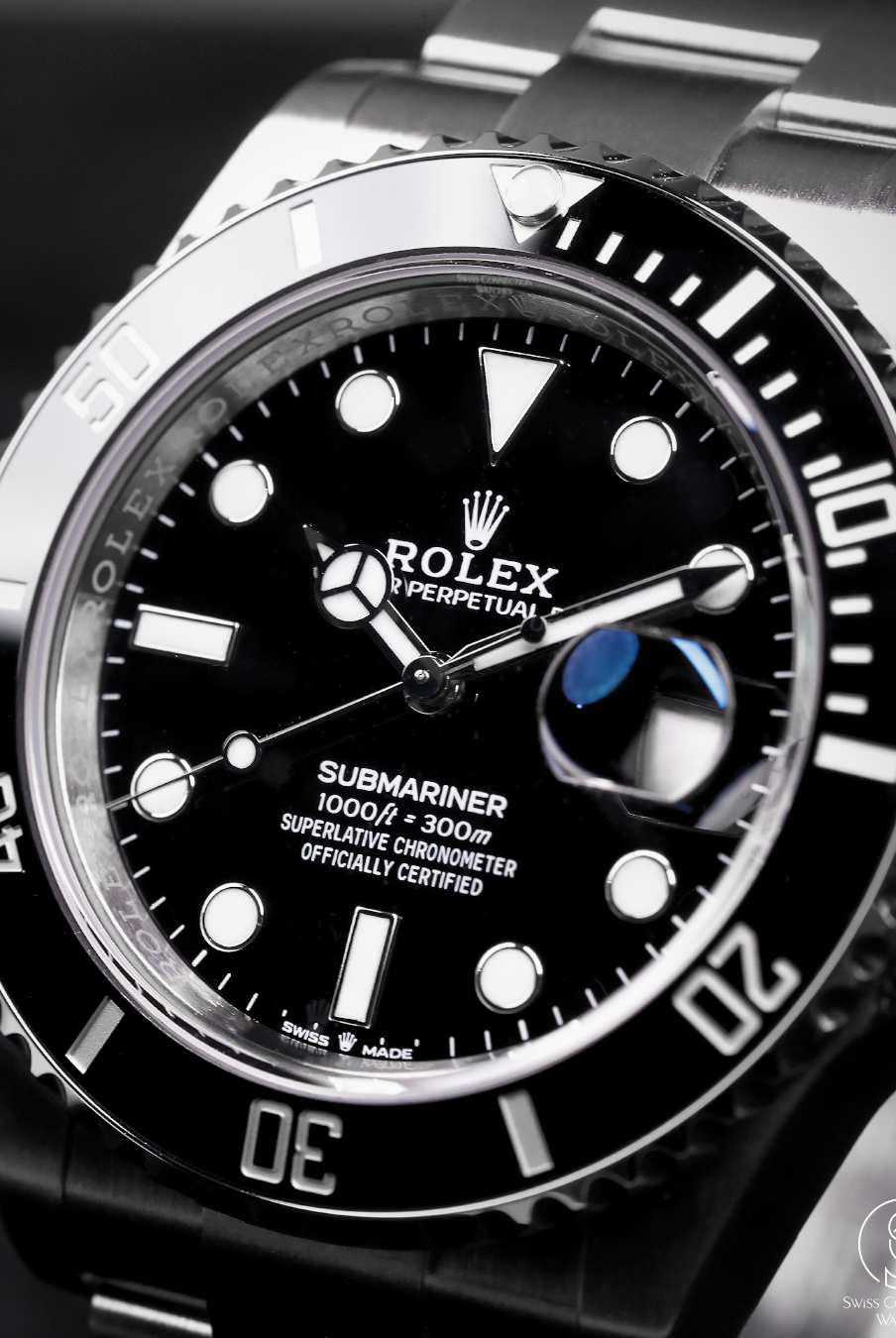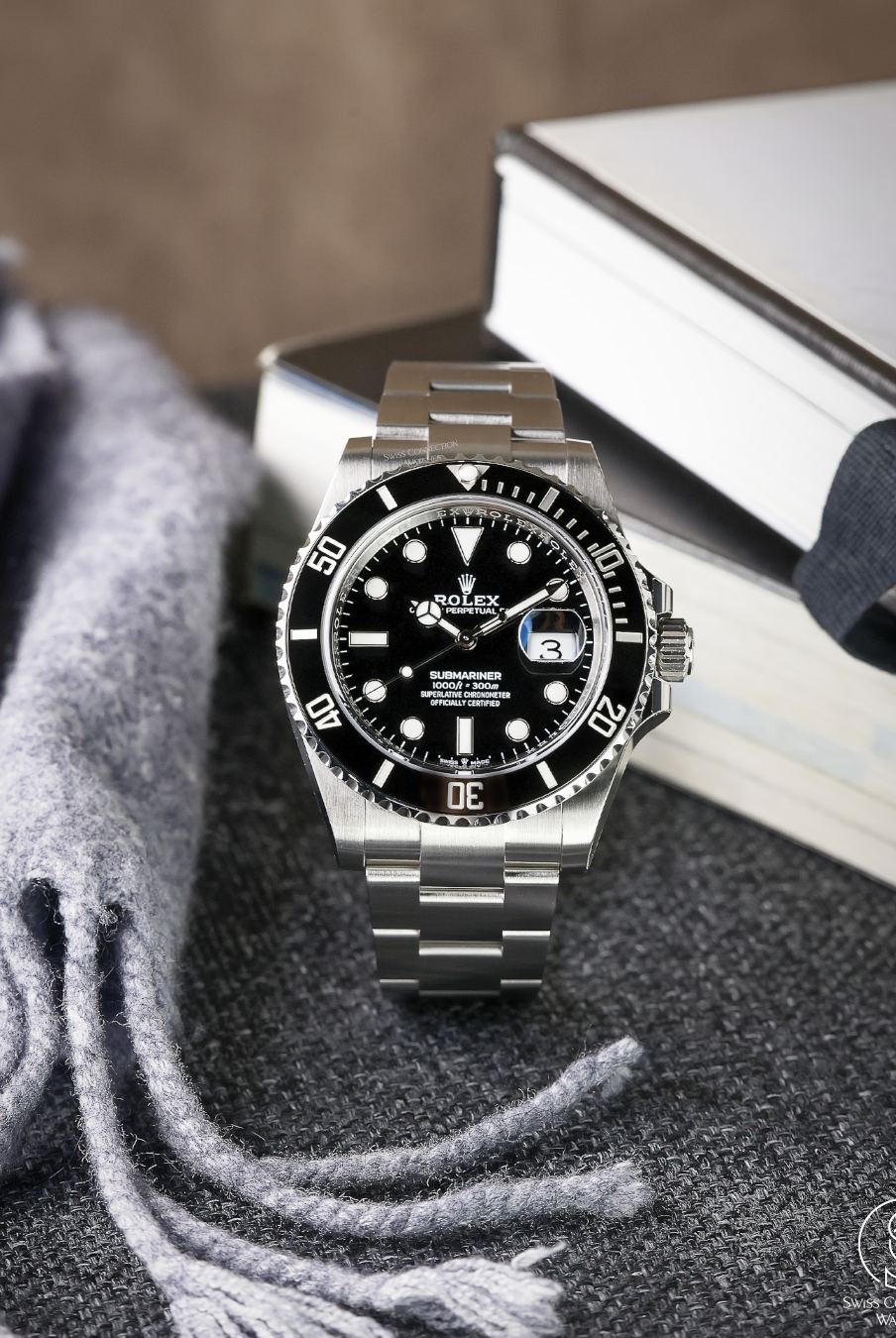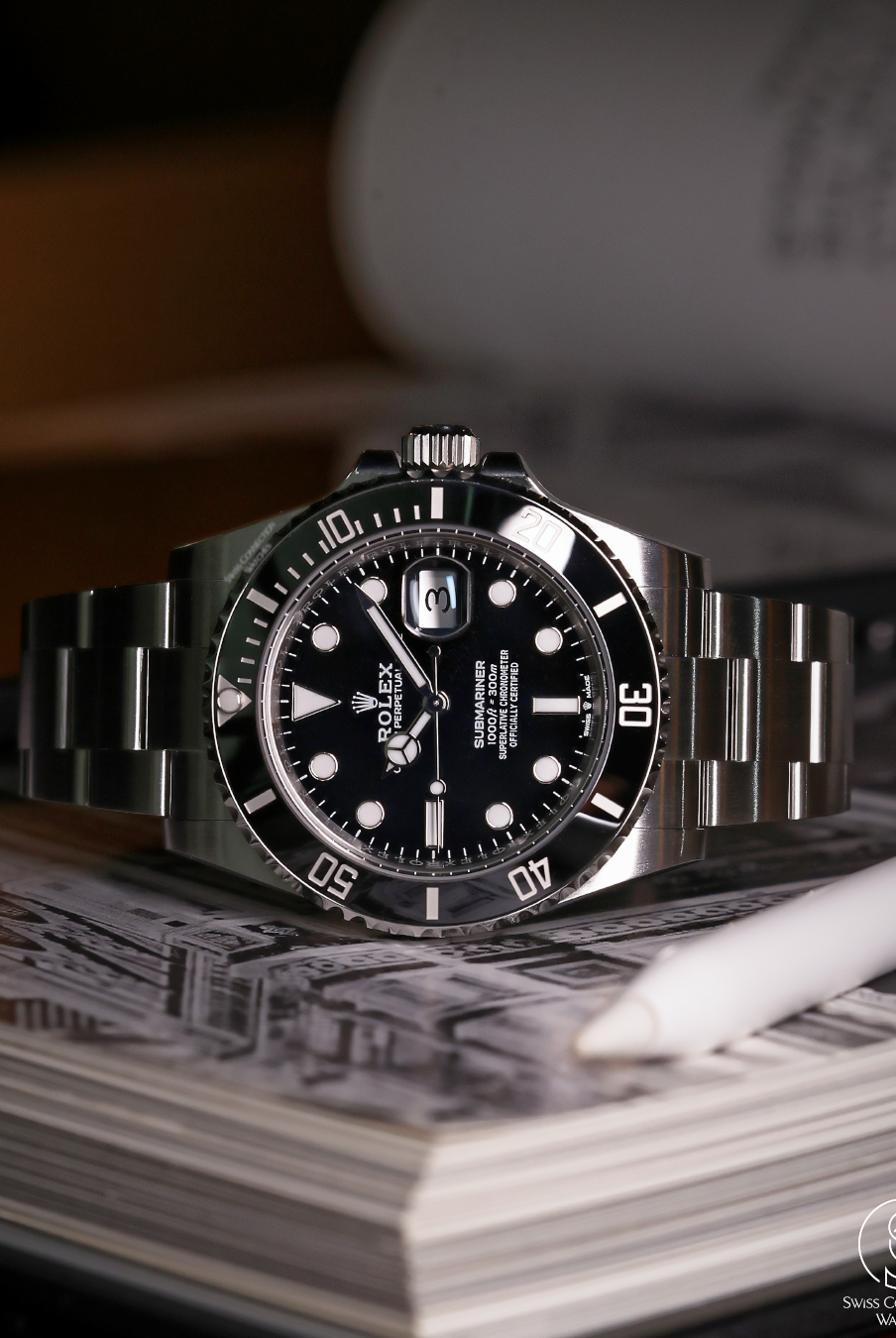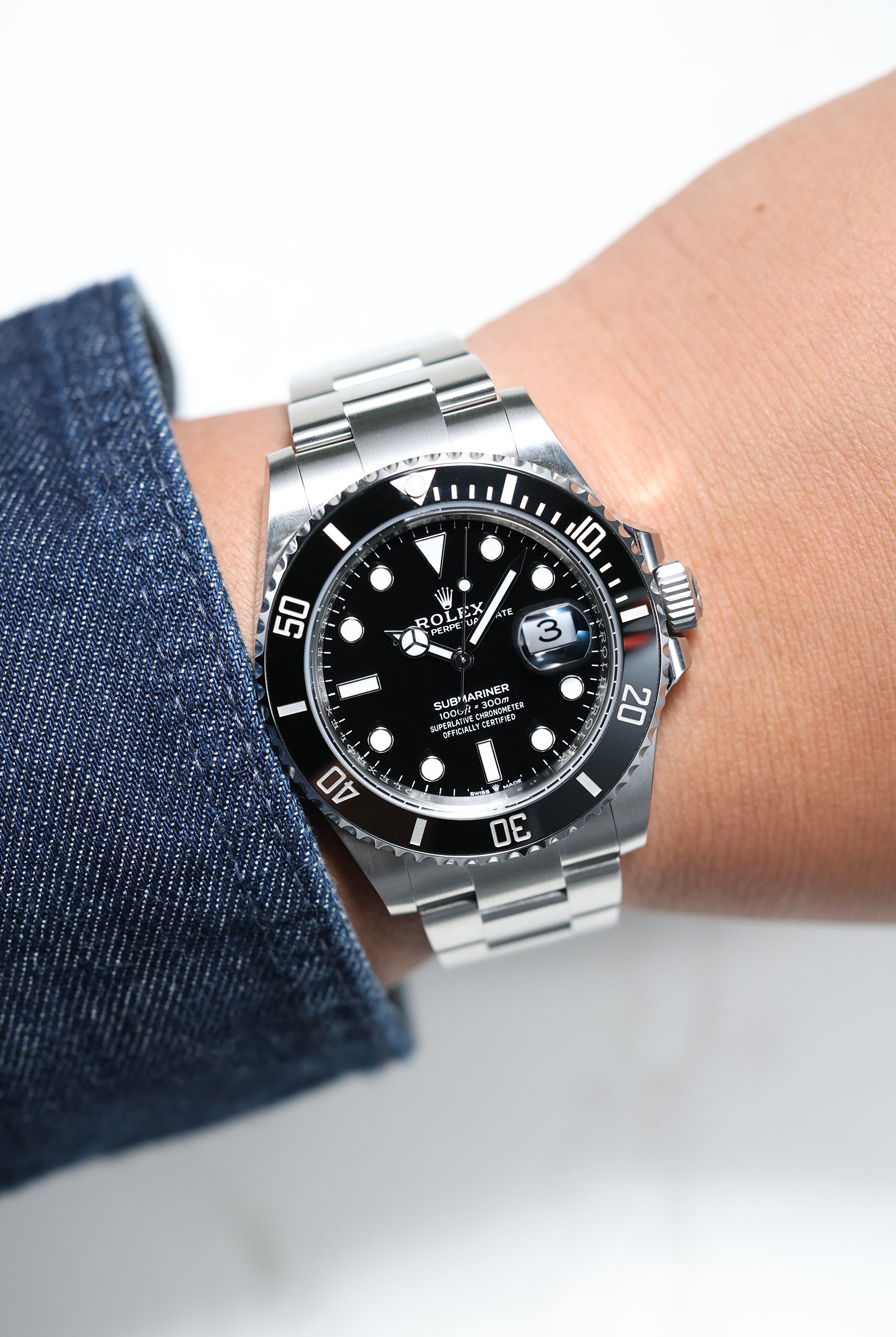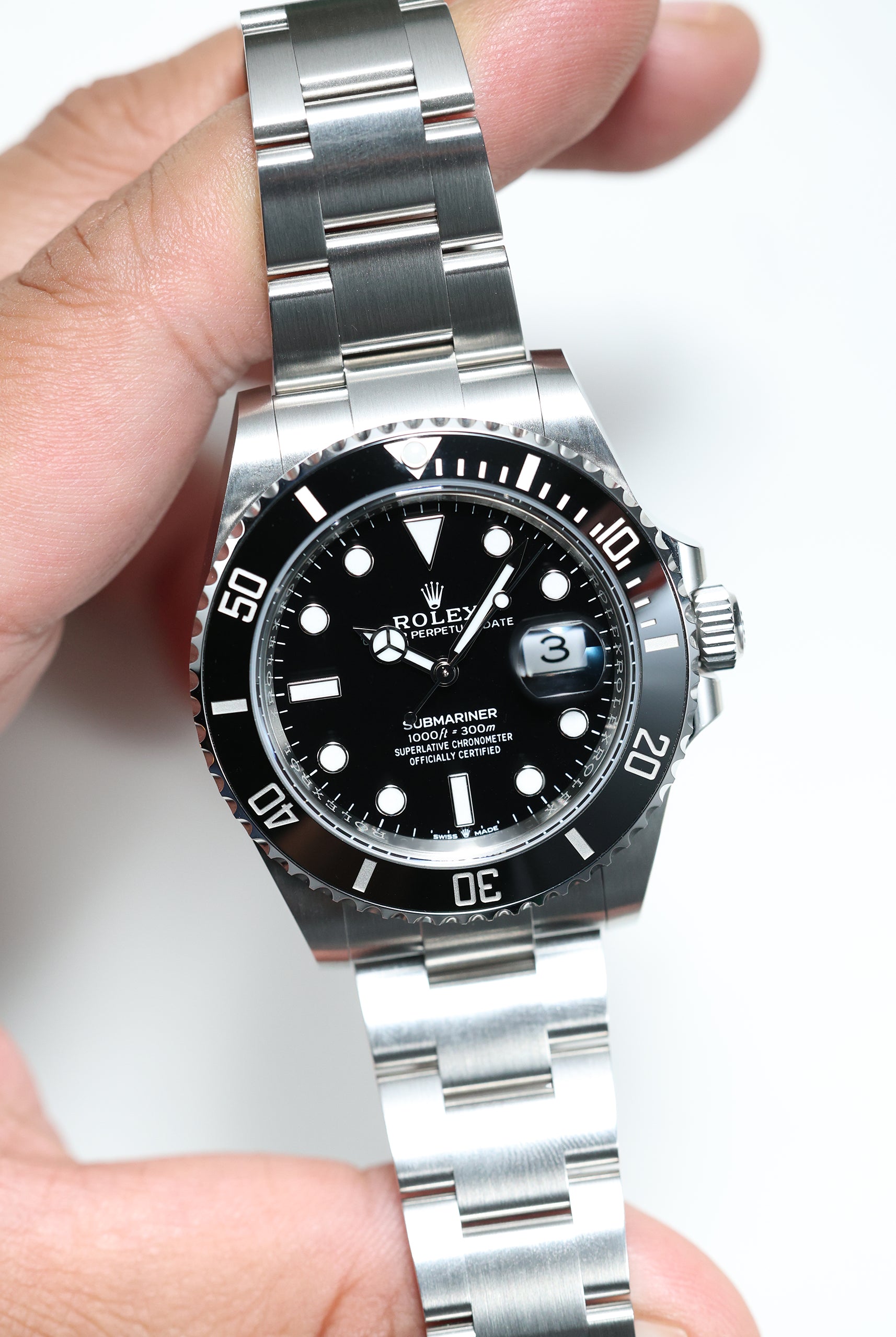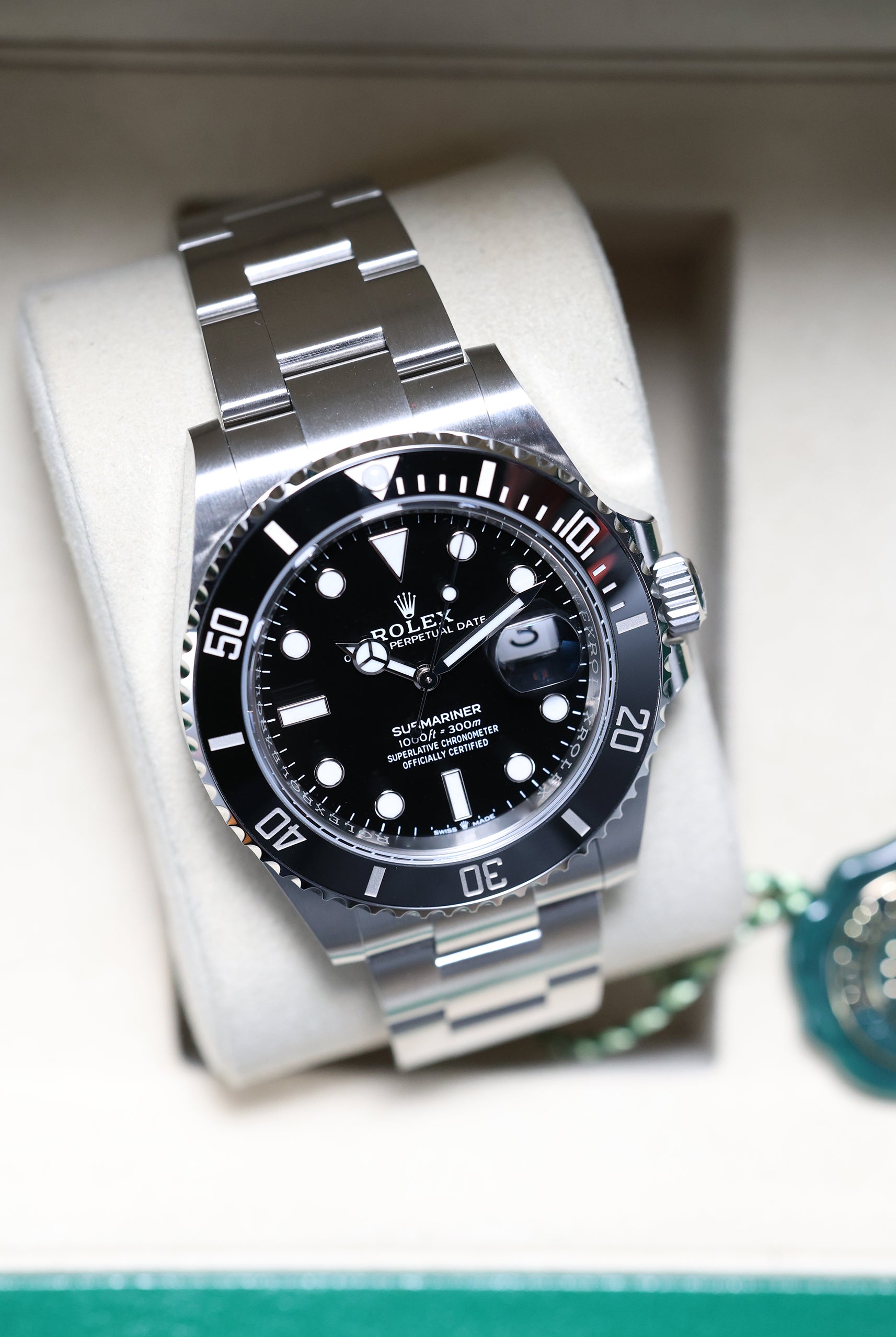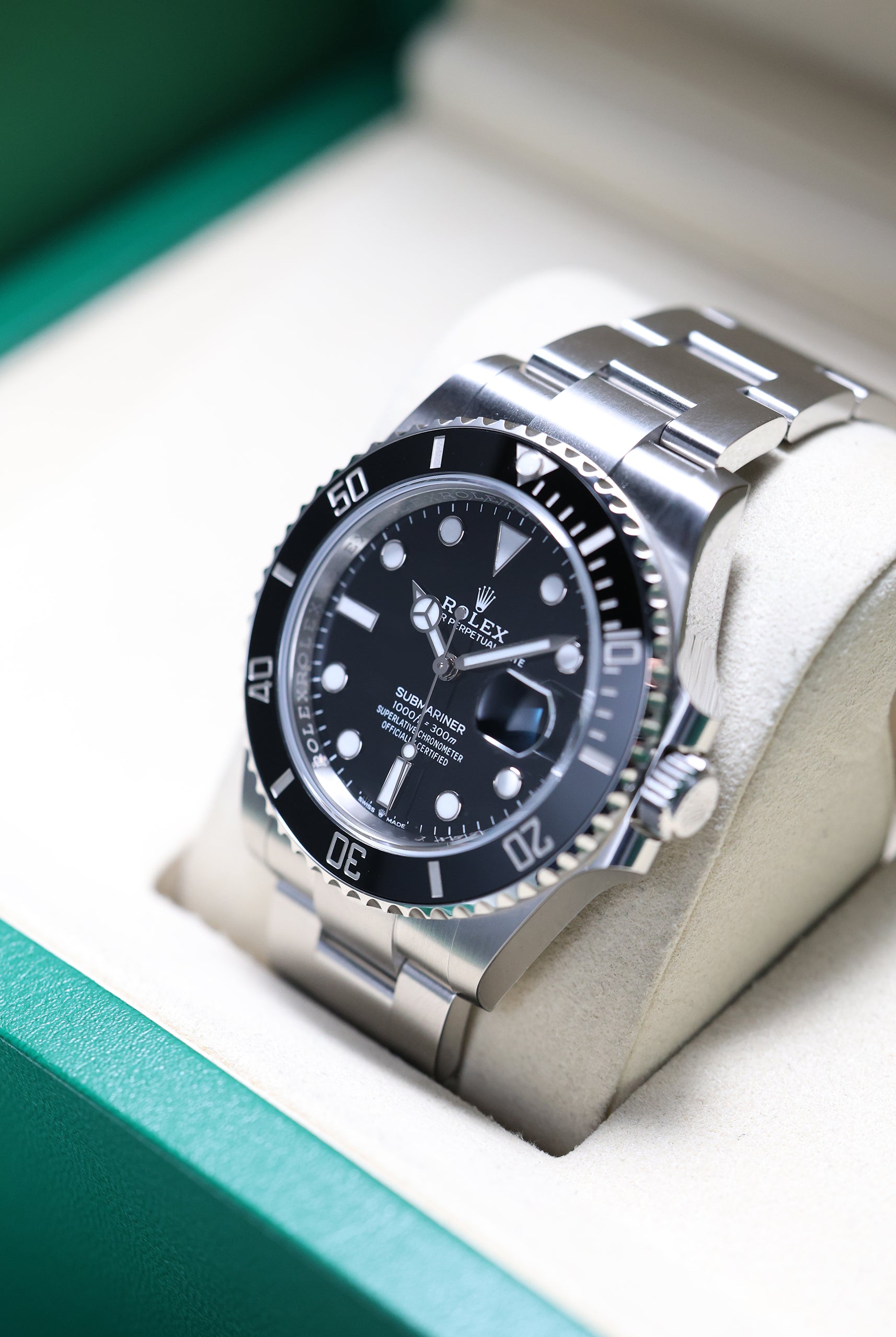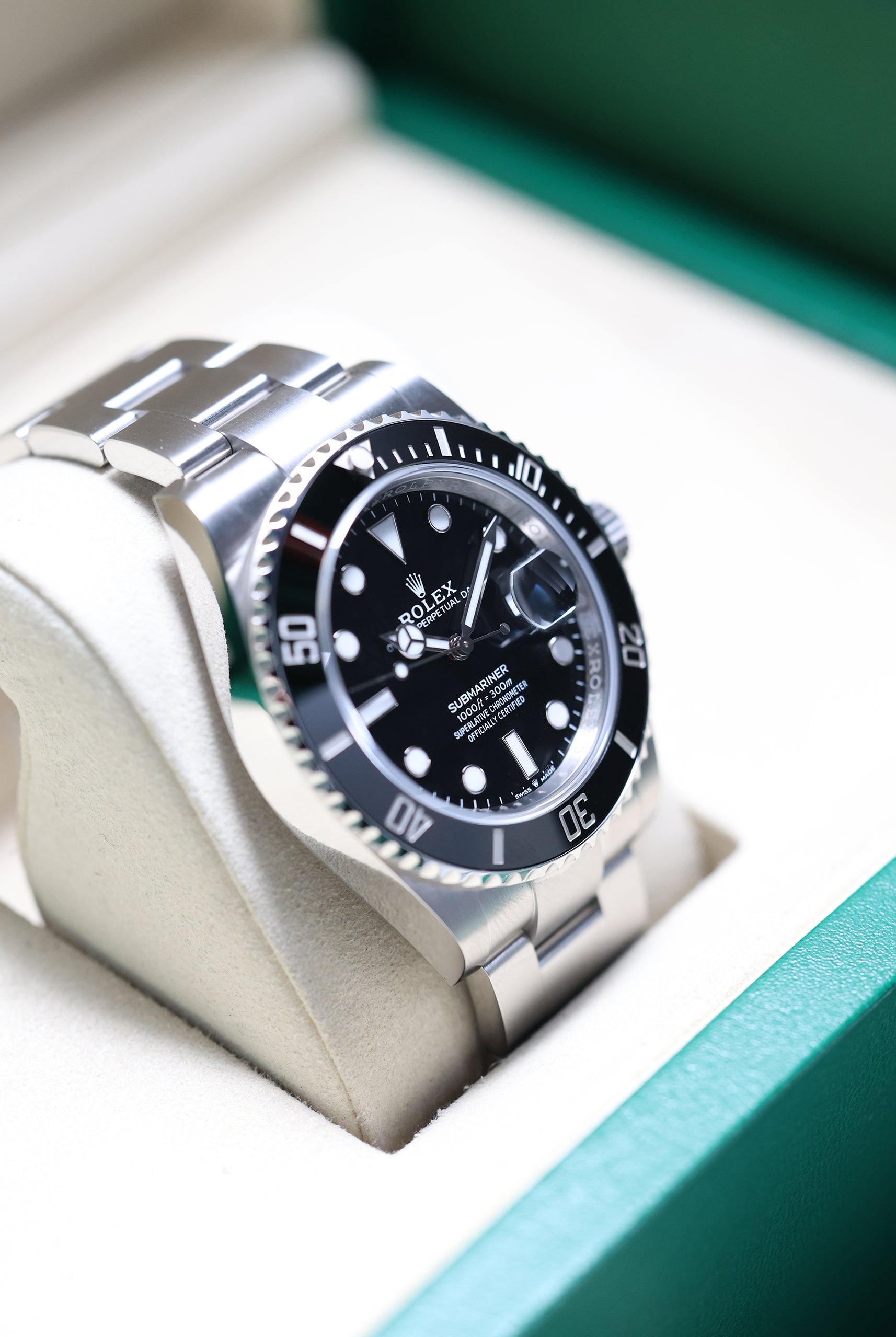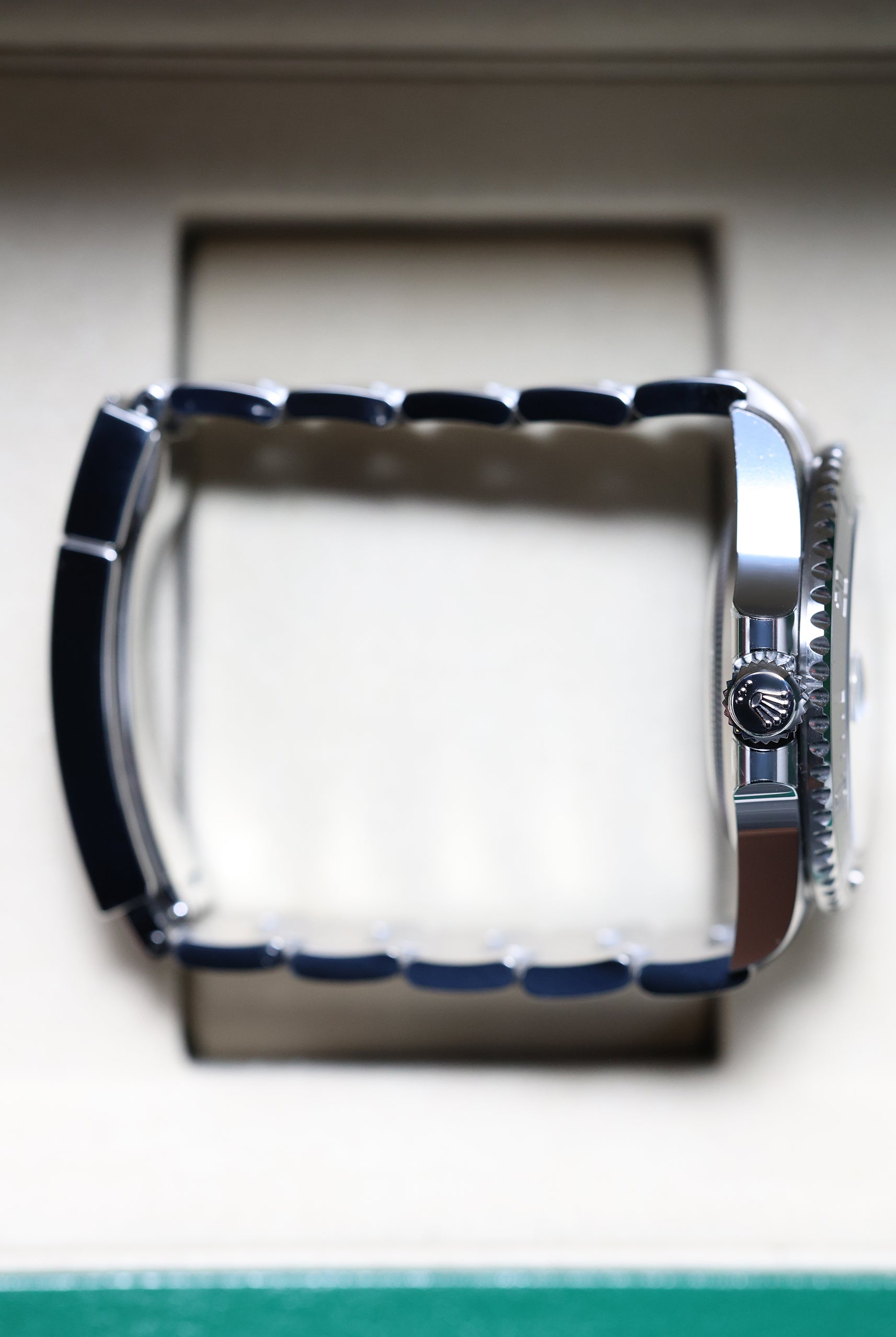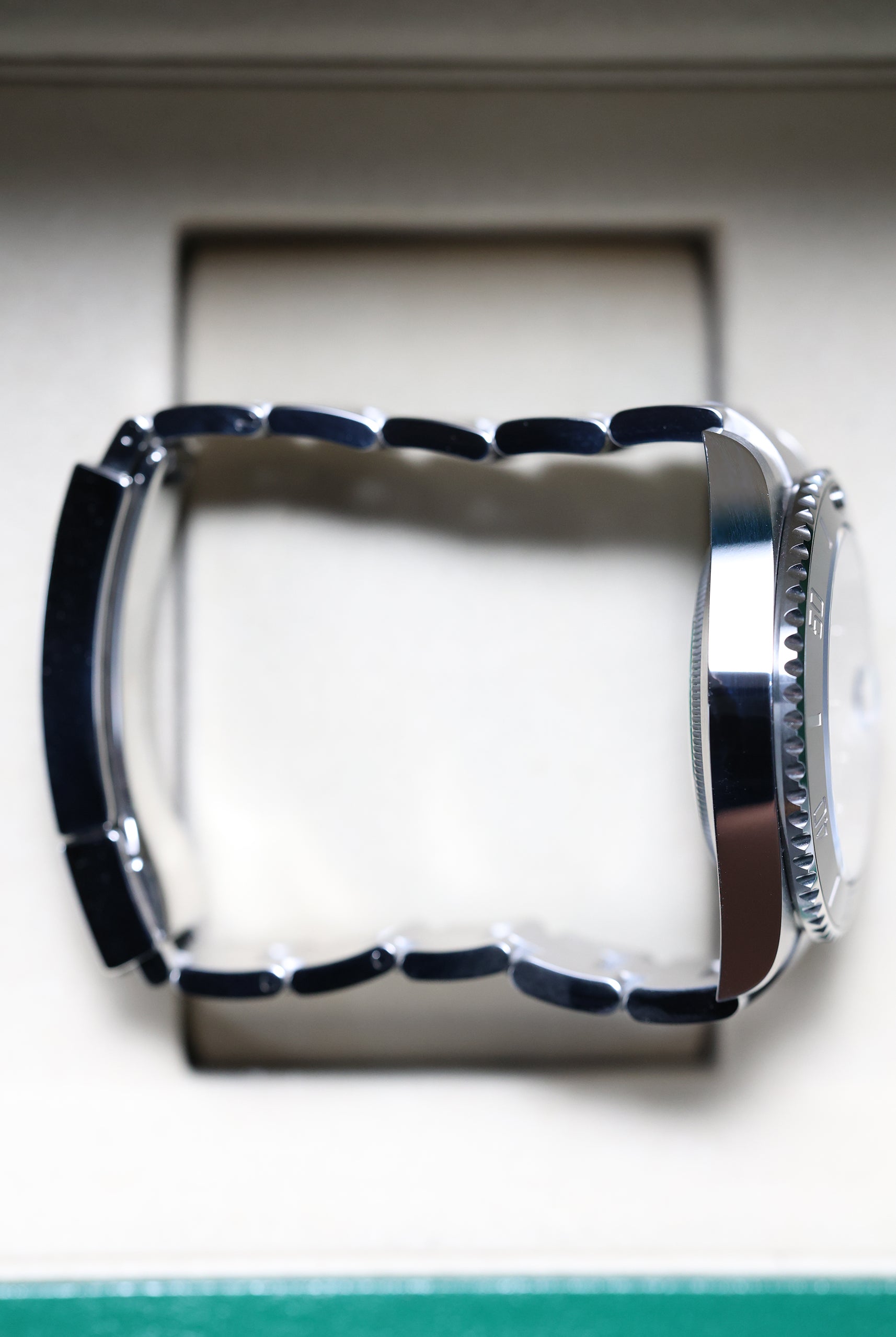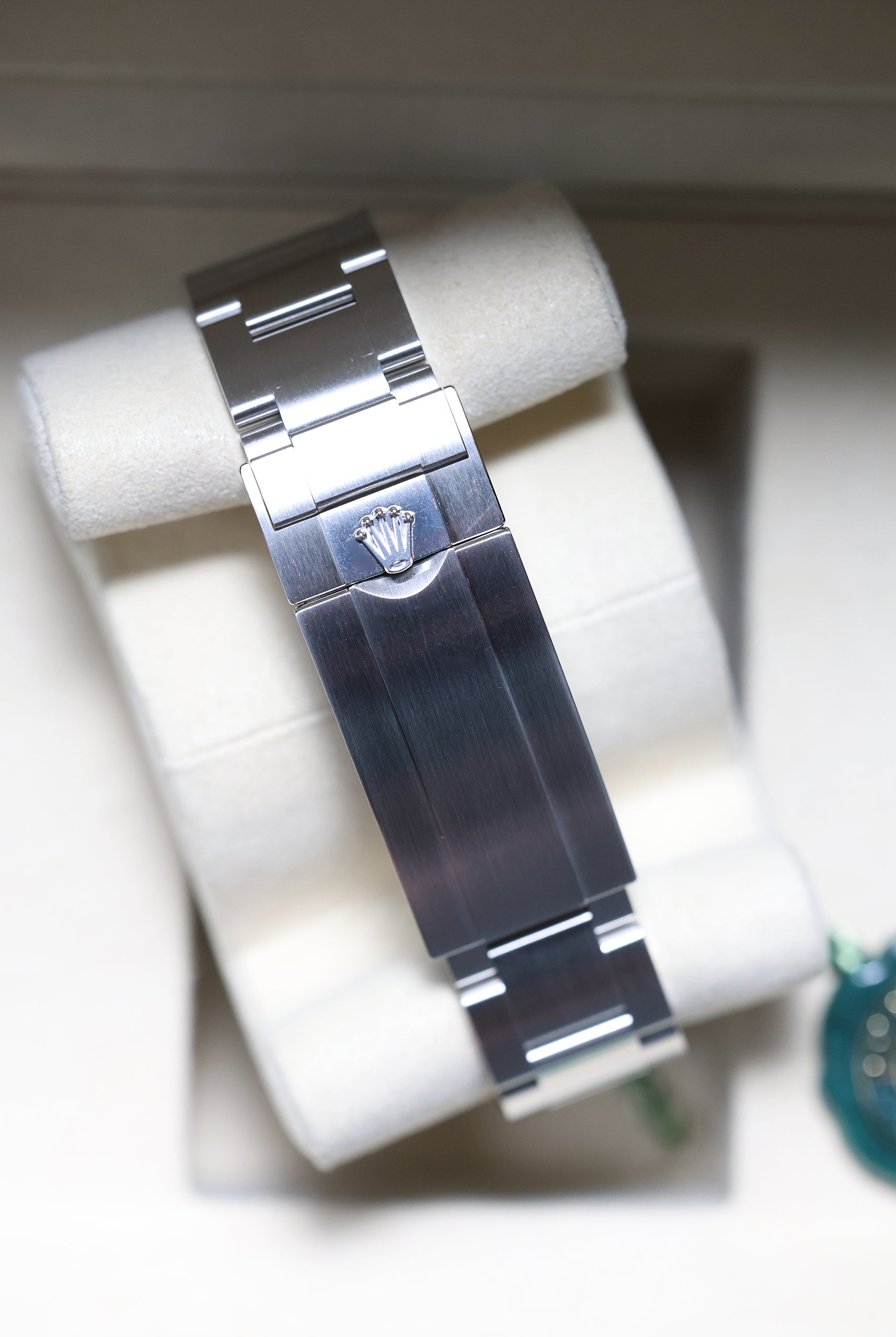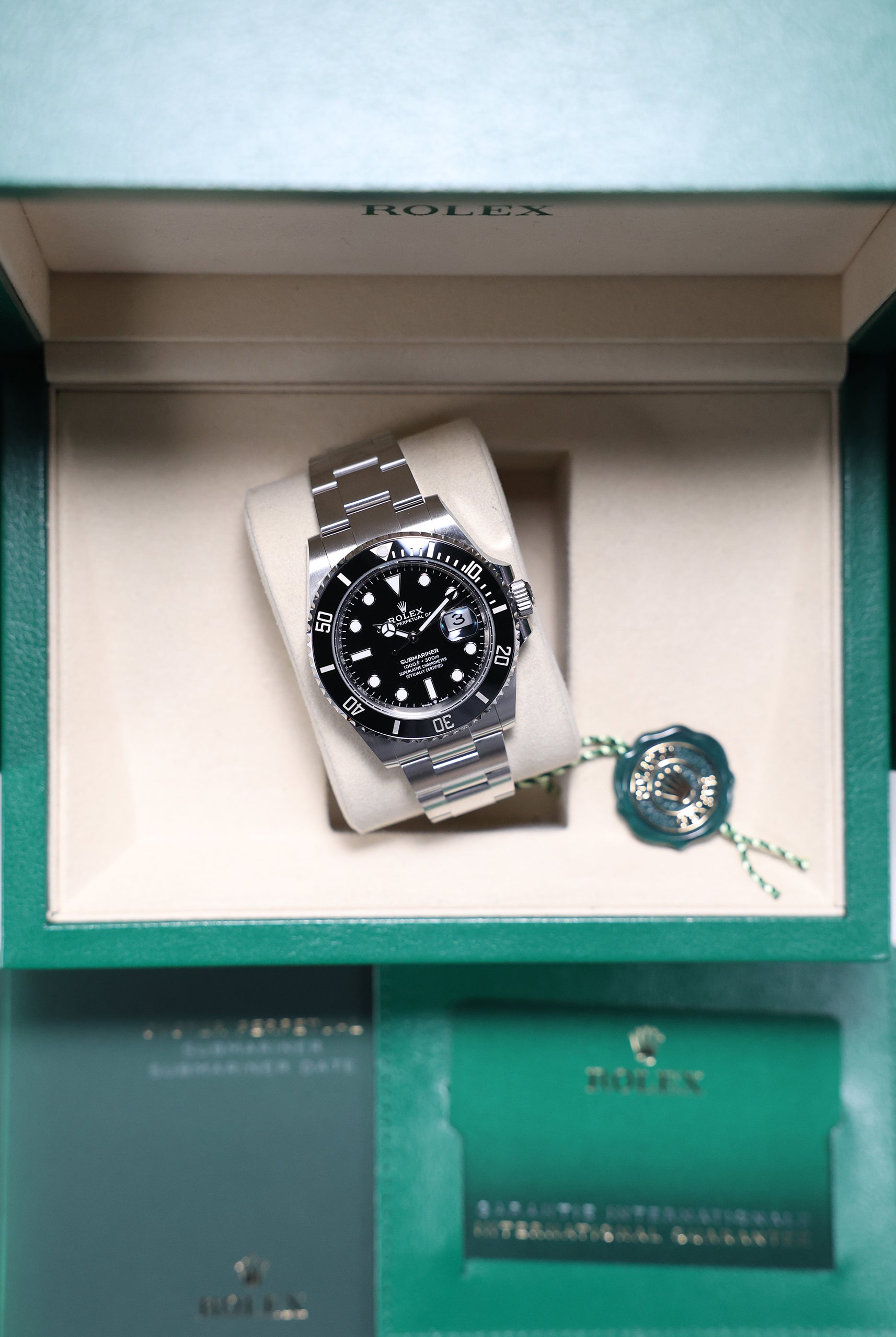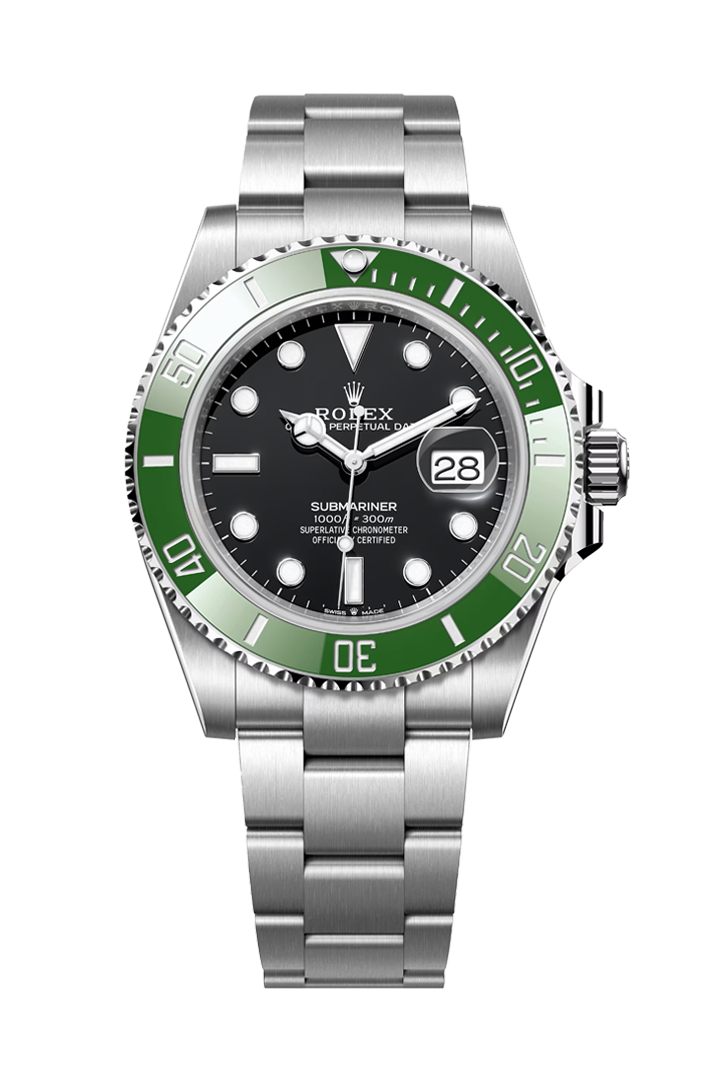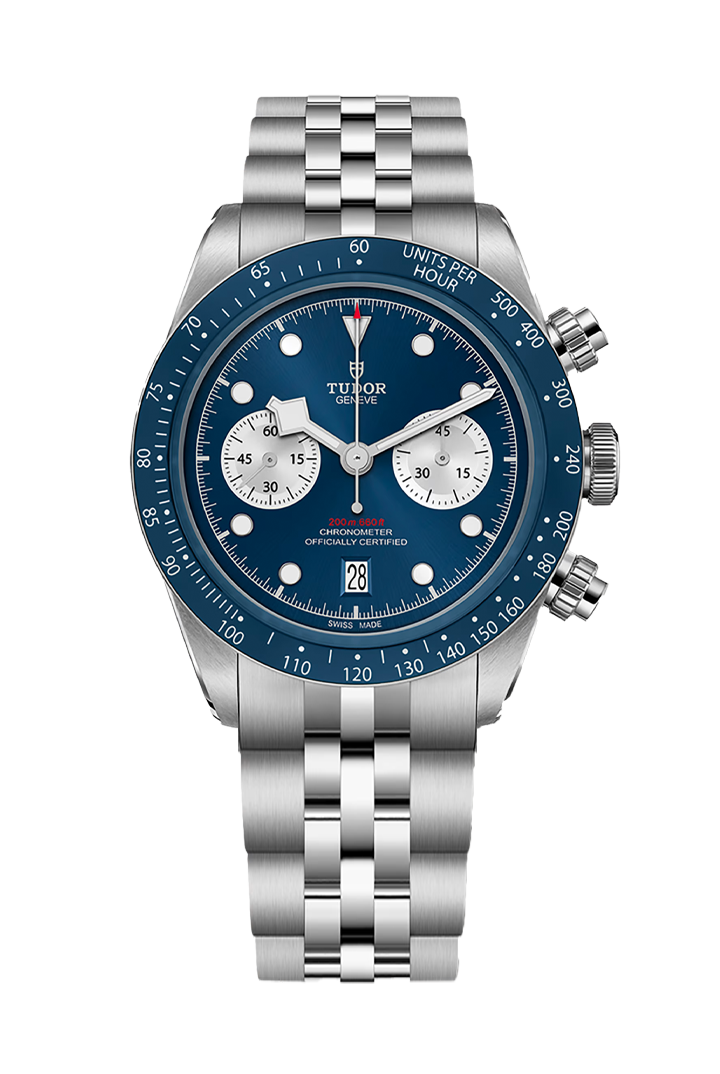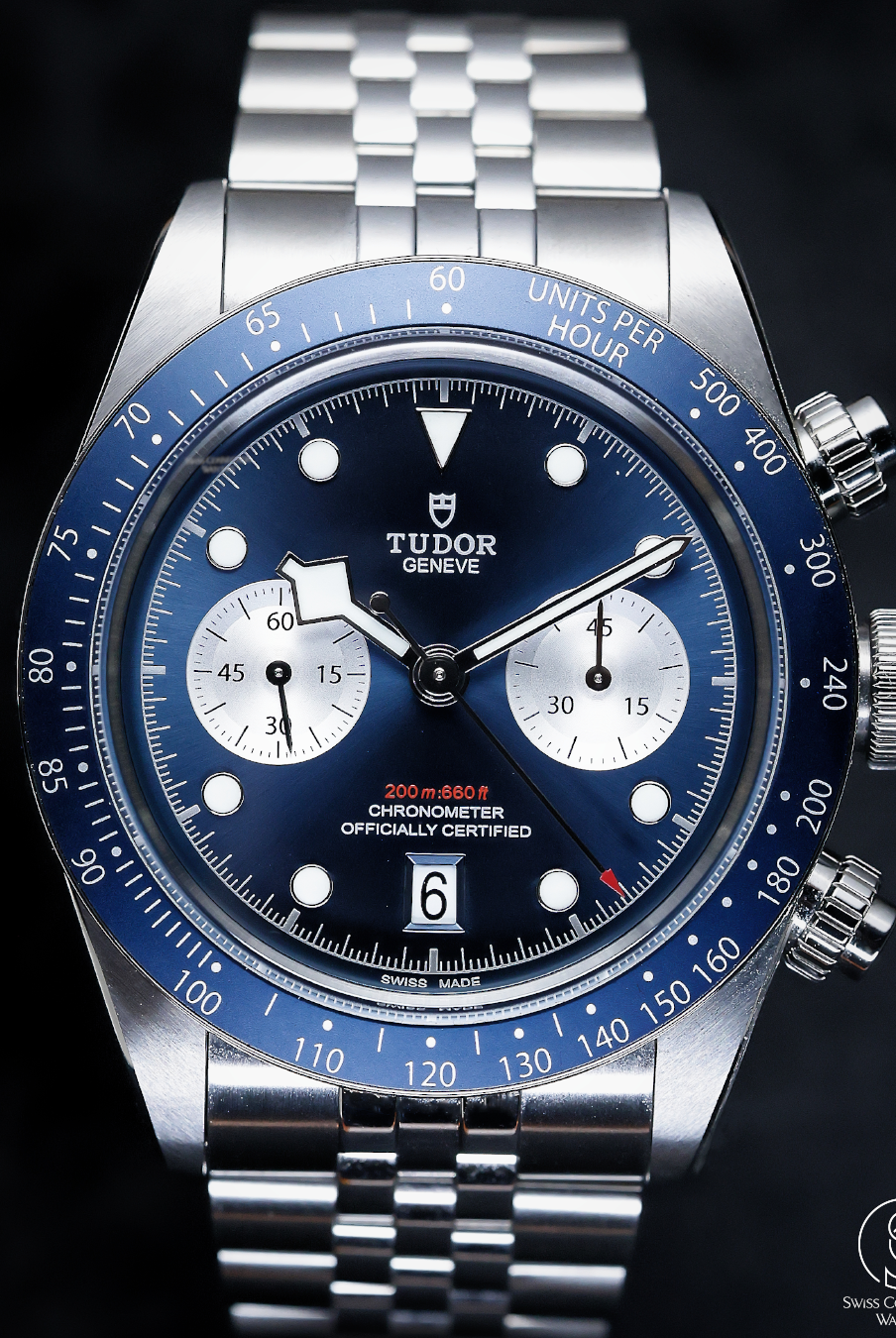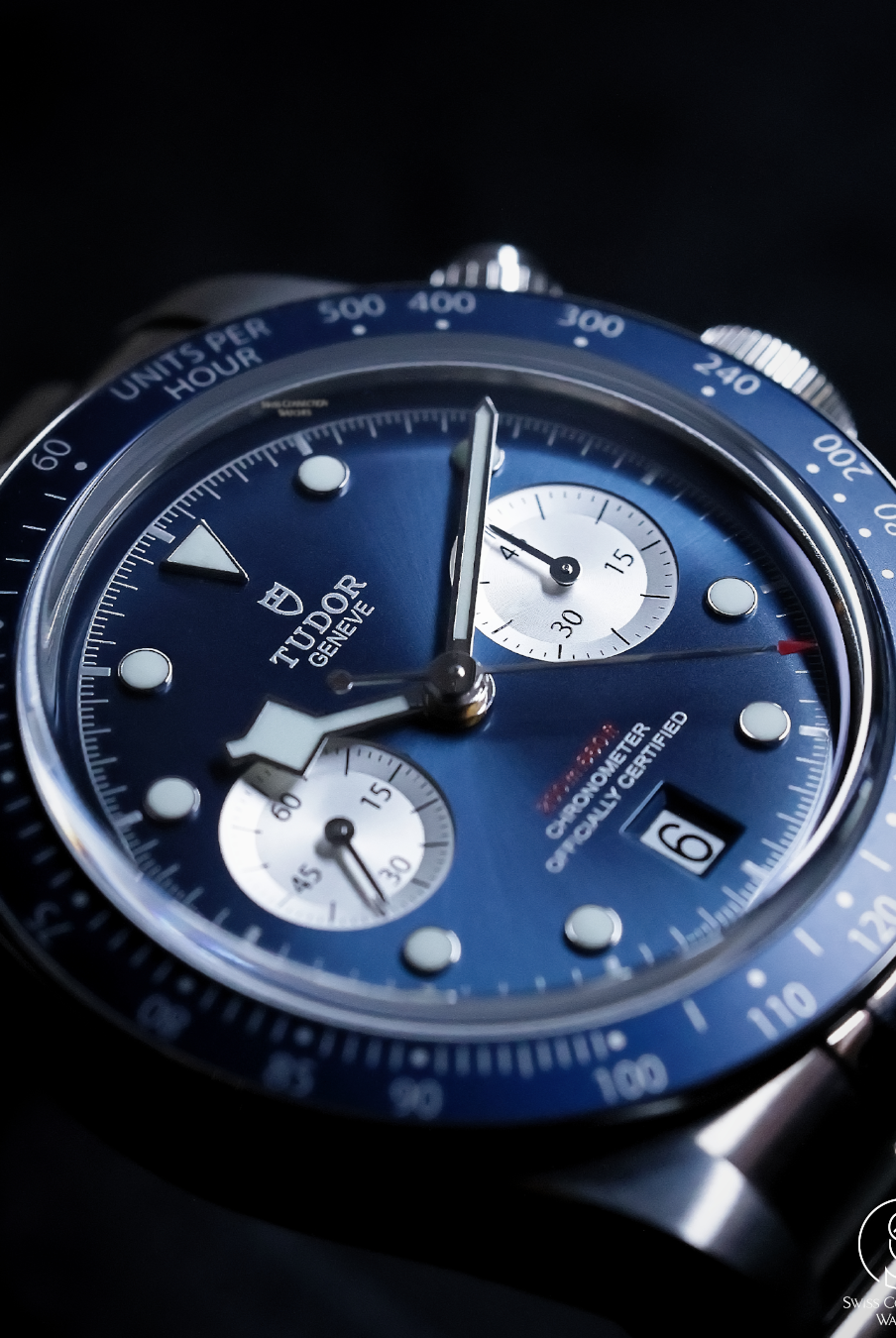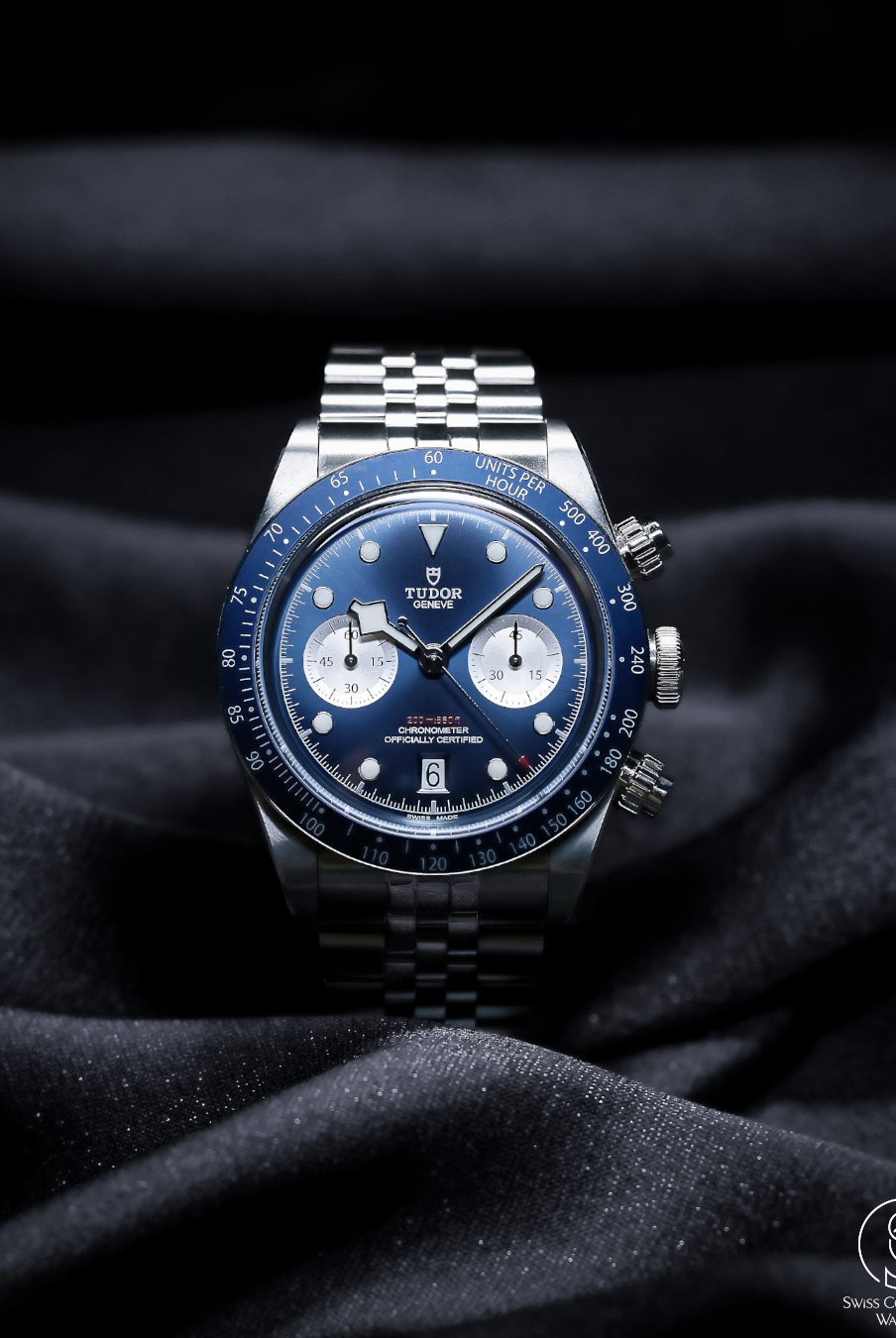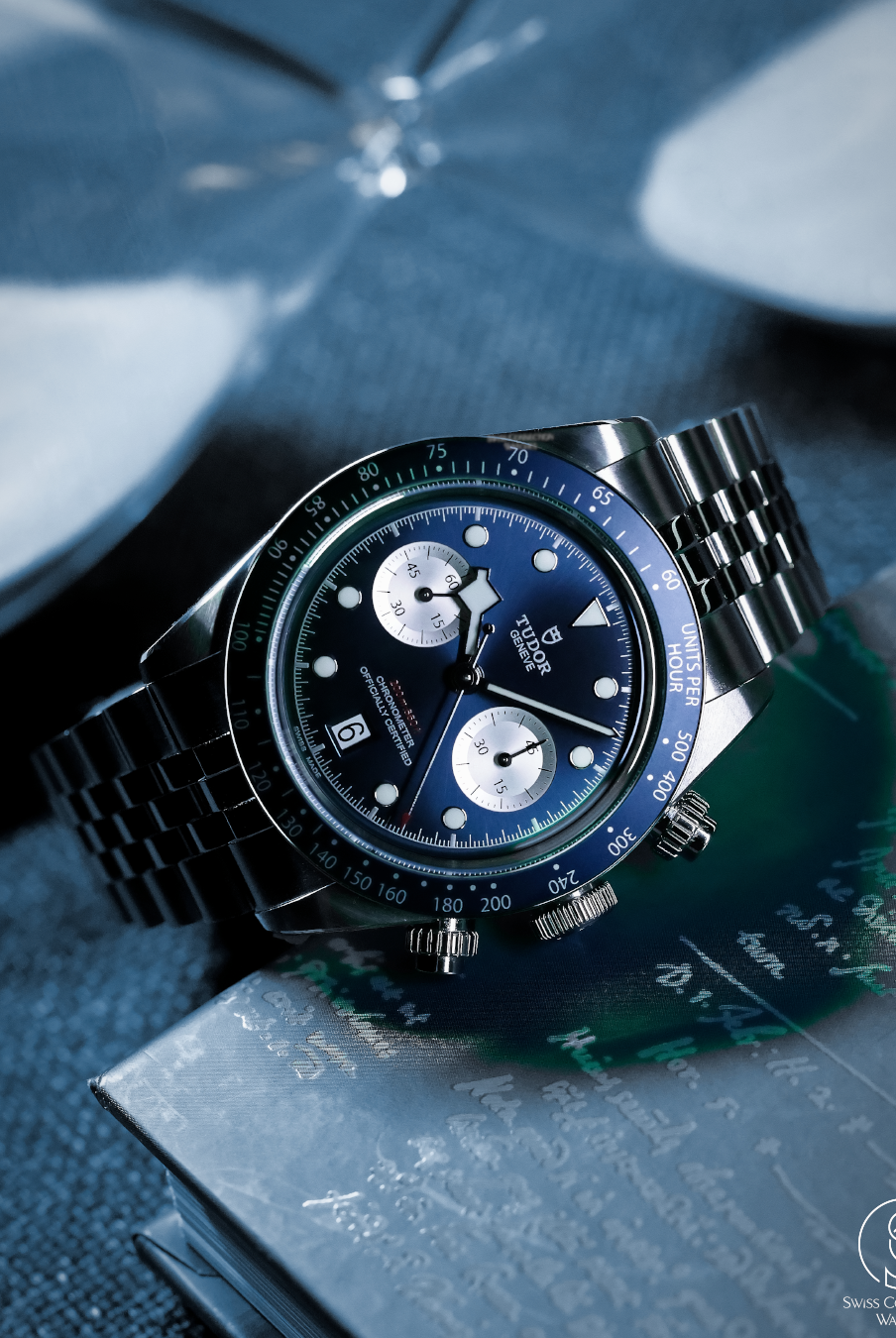In 1996, Patek Philippe unveiled a complication that fundamentally changed the landscape of high-end watchmaking: the Annual Calendar. It was an invention that perfectly bridged the gap between everyday practicality and grand complication.
Today, we look back at the revolutionary Reference 5035, the first of its kind, and track its evolution to the modern, highly architectural Reference 5205R, comparing how Patek Philippe has refined both its design and mechanics over the decades.
I. The Origin Story: Bridging the Complication Gap
Before 1996, the Patek Philippe catalog offered two main types of calendars: the basic calendar (showing day/date/moon phase) and the extremely complex Perpetual Calendar. The price, component count, and service cost associated with the Perpetual Calendar were significant barriers for many clients.
The Annual Calendar was developed to fill this exact niche.
The Brilliant Simplicity
The complication's genius lies in its simplicity.
-
Functionality: An Annual Calendar is mechanically programmed to correctly distinguish between months with 30 and 31 days.
-
The Single Correction: Unlike a basic calendar, which requires adjustment five times a year, the Annual Calendar requires manual correction only once a year, on March 1st (at the end of February).
This simplification results in significantly fewer parts and easier servicing compared to a Perpetual Calendar, making the complication more accessible and usable. This invention—the world's first Annual Calendar in a wristwatch, introduced with the Reference 5035—immediately opened the doors for new enthusiasts and offered long-standing clients a practical complication without the hefty price tag of its Perpetual siblings.
II. Design Evolution: 5035J vs. 5205R
The journey from the 5035 to the 5205 reveals Patek Philippe's shift towards larger, more sophisticated case designs and contemporary dial layouts.
The Reference 5205, introduced in 2010, marks a distinct aesthetic break. It embodies Patek Philippe’s modern design codes, moving away from the reserved Calatrava style of the 5035 towards a more architectural and complex presence. Characterized by its unique concave bezel and striking hollowed-out lugs, the 5205 established a powerful, contemporary profile. Crucially, its dial layout—featuring the three calendar apertures elegantly arched across the top—was designed to visually mimic the grander Perpetual Calendar, offering a similar high-complication impact at the Annual Calendar level.
|
Feature |
First Generation (Ref. 5035 - est. 1996) |
Modern Generation (Ref. 5205 - est. 2010) |
|---|---|---|
|
Aesthetics |
Traditionally classic format with applied Roman numerals. |
Modern, refined look with a redesigned digital aperture display. |
|
Case Design |
Classic 37mm Calatrava case with traditional straight lugs. |
More contemporary 40mm case with an unusual concave bezel and signature hollowed-out lugs that minimize visual bulk. |
|
Calendar Display |
Dedicated three round apertures for the day, month, and 24-hour display, with the date aperture placed traditionally at 6 o'clock. |
Arched aperture display for day, date, and month in the upper half of the dial, reminiscent of modern Patek complications. |
|
Dial Comparison |
The 5035 is a purer, neo-vintage look, favoring traditional sub-dial layouts. |
The 5205 achieves the visual impact of a Perpetual Calendar with its prominent moon phase and triple apertures clustered at the top. |
The evolution shows a clear intent: the 5035 was designed to introduce the new function in a familiar, understated dress watch package, while the 5205 was designed to make a bolder, more modern statement, utilizing a larger case and integrating the calendar into Patek Philippe's contemporary complication design language.
III. Movement & Technical Refinements
The two movements powering these references—the Caliber 315 S QA and the Caliber 324 S QA LU 24H/206—are both exceptional automatic calibers, but the latter benefits from decades of Patek Philippe's in-house R&D.
Caliber 315 S QA (Ref. 5035)
This was the revolutionary caliber that made the Annual Calendar complication possible. It eliminated the fussy perpetual calendar springs and levers, favoring rotating discs to achieve the simple once-a-year correction. It offers a solid power reserve of approximately 40–48 hours.

Caliber 324 S QA LU 24H/206 (Ref. 5205)
The modern caliber featured in the 5205 is an evolution of the 315, offering modern technical improvements while maintaining a similar power reserve range of approximately 35–45 hours.
-
Spiromax Balance Spring: The 324 features the in-house Spiromax balance spring (made of Silinvar, a silicon-based material), which is highly stable, anti-magnetic, and improves isochronism (accuracy over time).
-
Aesthetic Finishing: Both movements receive rich, hand-finishing, but the later 324 is often highlighted for its meticulous decoration, visible through the sapphire caseback.

Conclusion
The Patek Philippe Annual Calendar is a story of continuous refinement.
The Reference 5035 holds the immutable position of the originator—a true piece of horological history in a classic, understated case. The Reference 5205R, however, represents Patek Philippe's modern mastery: a larger, architecturally sophisticated watch that integrates technical improvements while confidently displaying the functionality in a design that echoes the brand’s most complex timepieces. They are two generations of one of the greatest inventions in 20th-century watchmaking.
Which era of Patek Philippe design—the classic 37mm simplicity of the 5035 or the concave case modernity of the 5205—do you find more compelling?

Explore Patek Philippe Watches
See Our Patek Philippe Collection
Watch Our Full Video Review
For a detailed look at the craftsmanship and feel of this exquisite watch, be sure to watch the full video review below.


